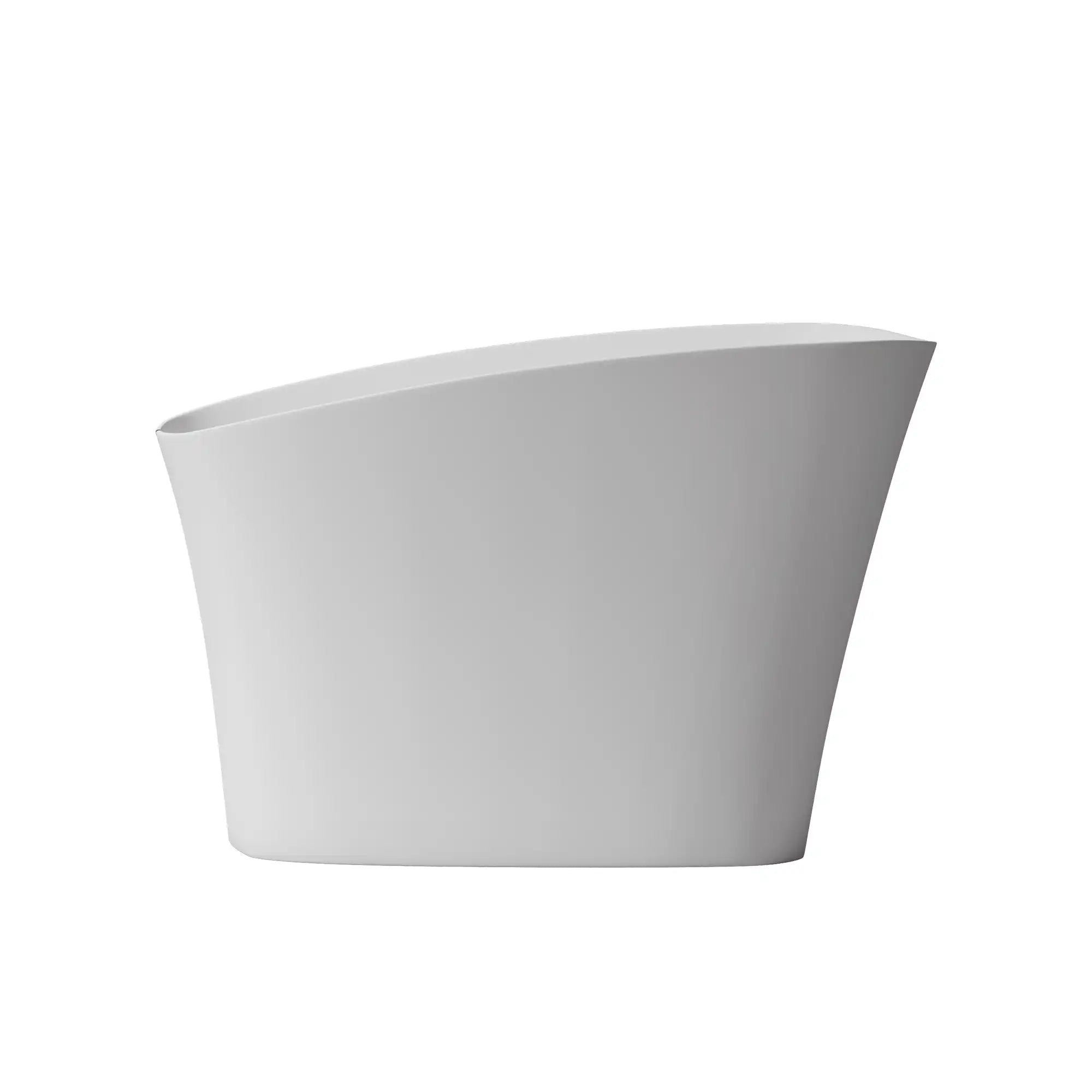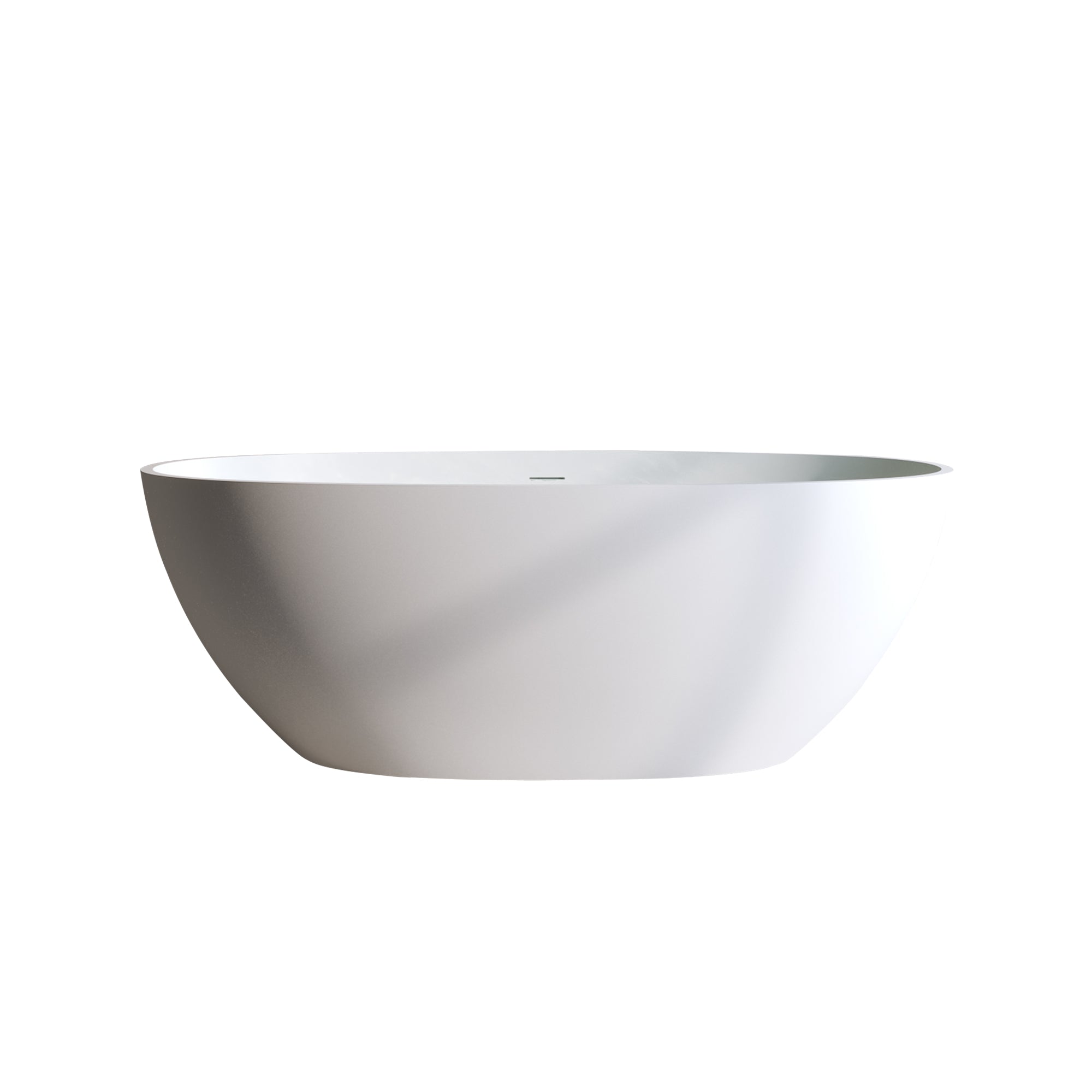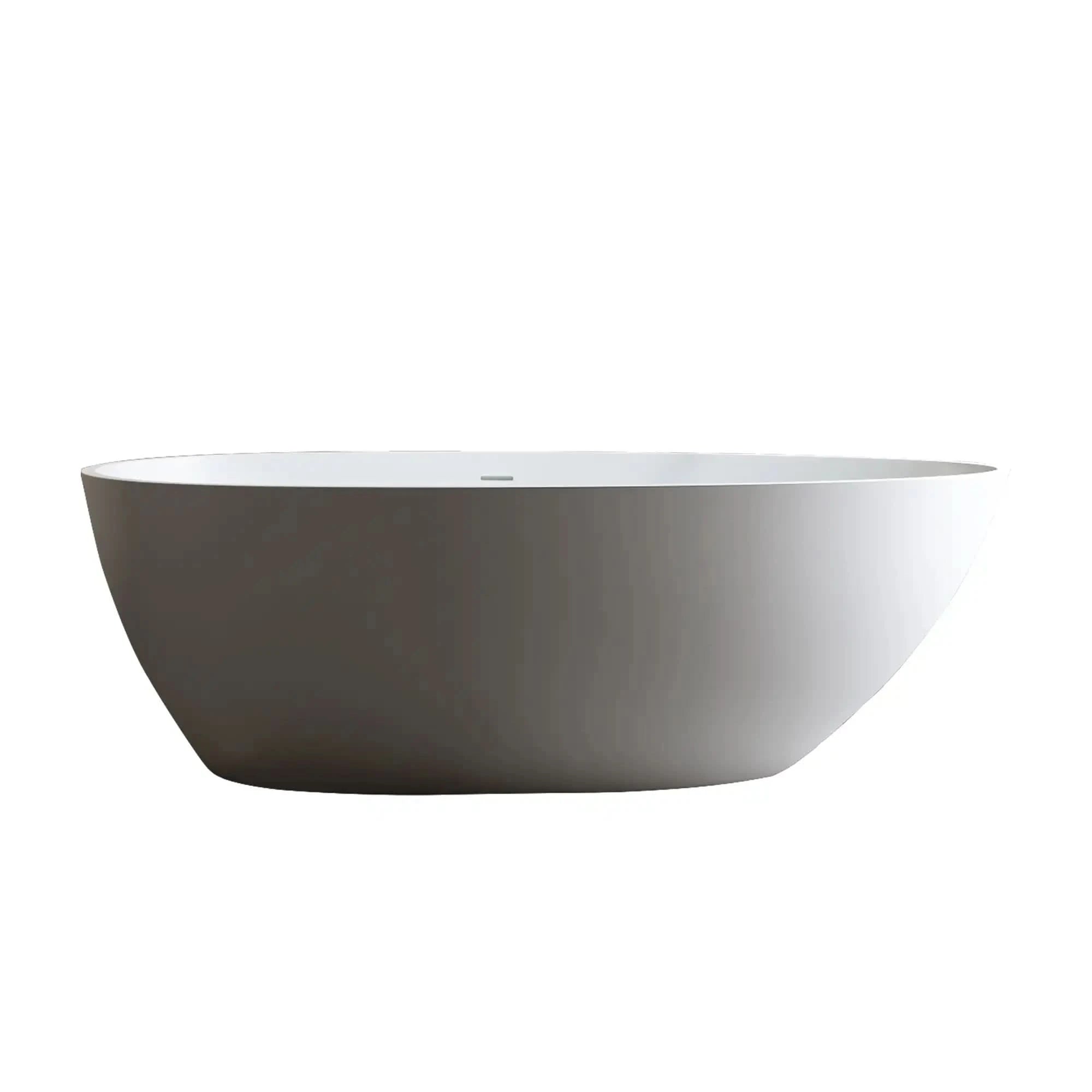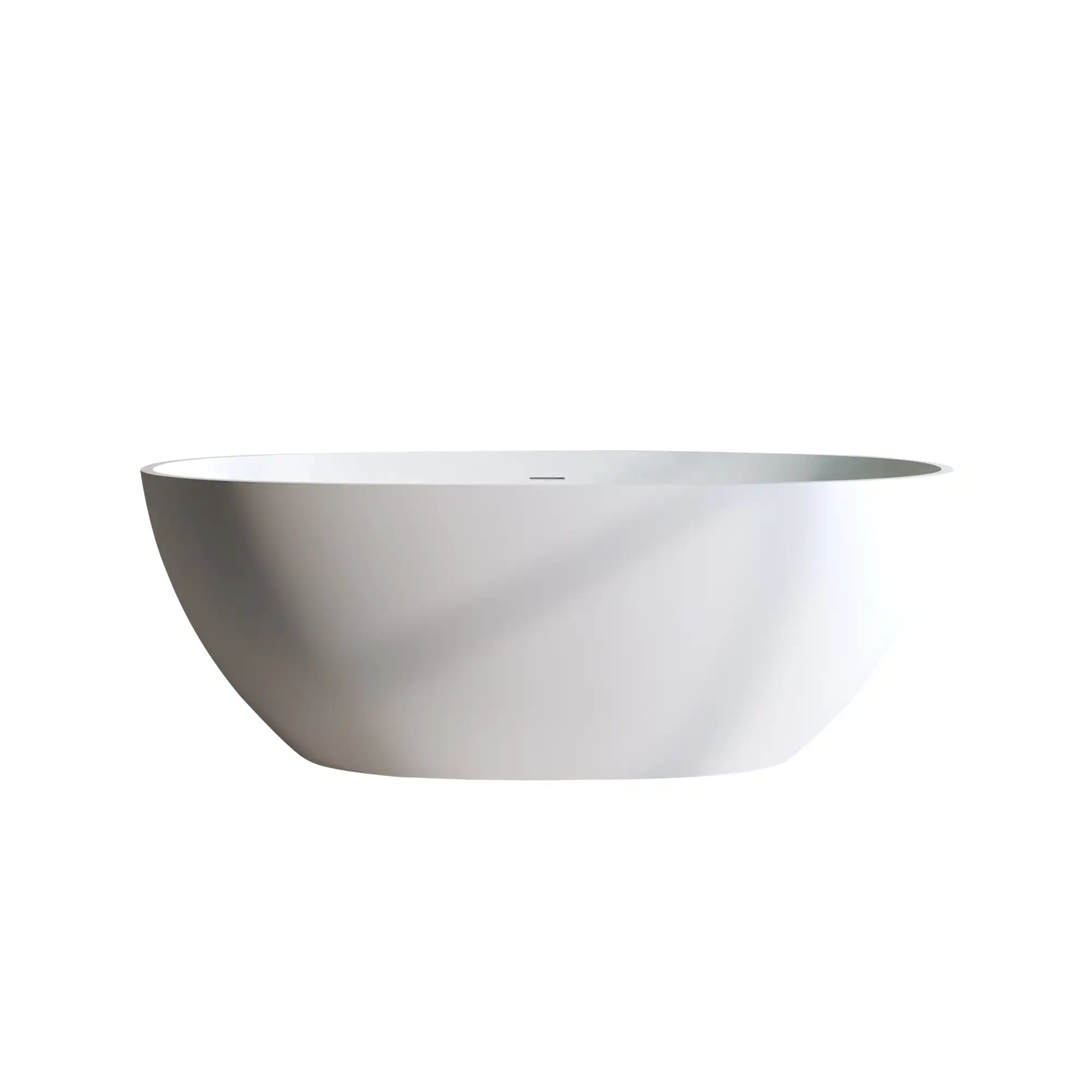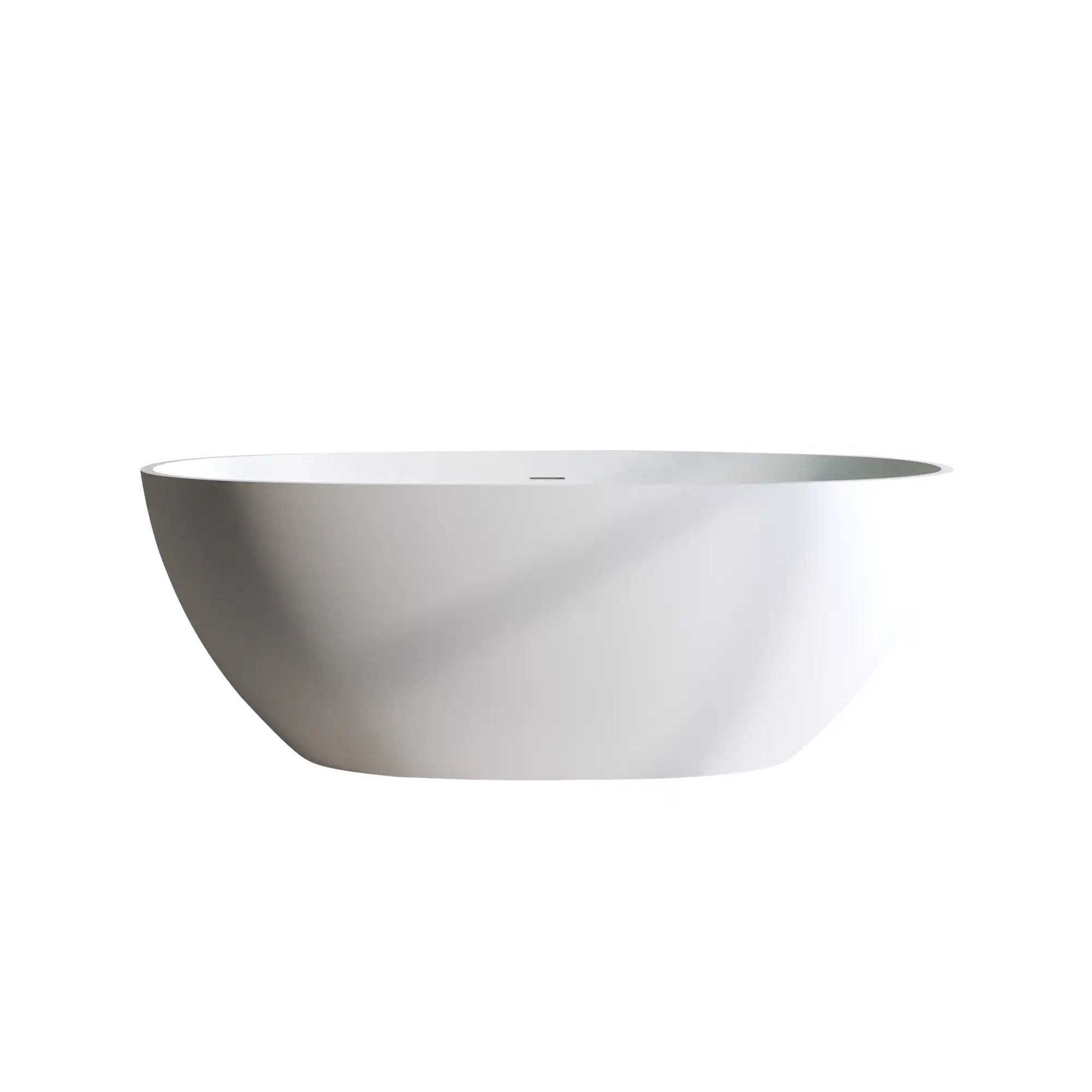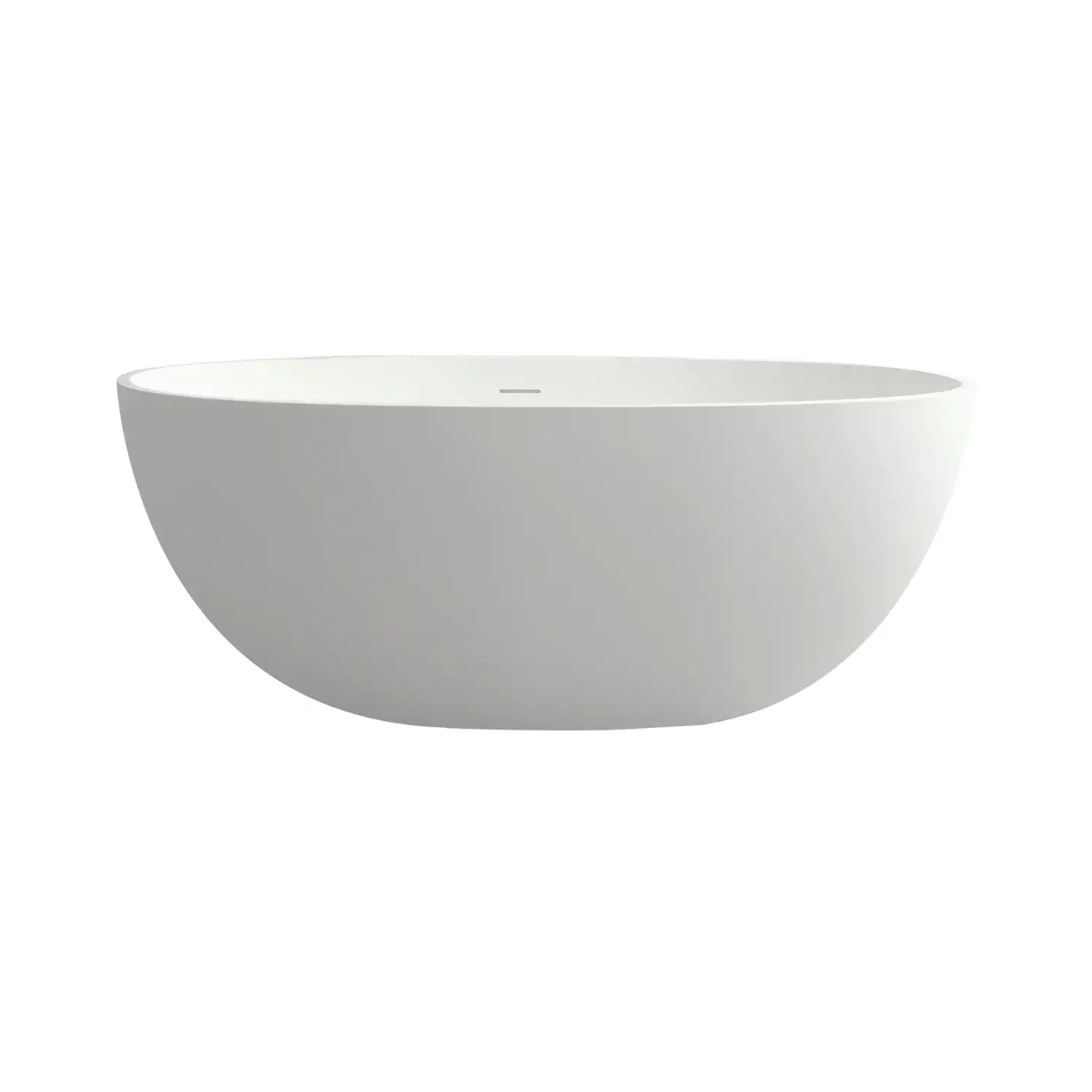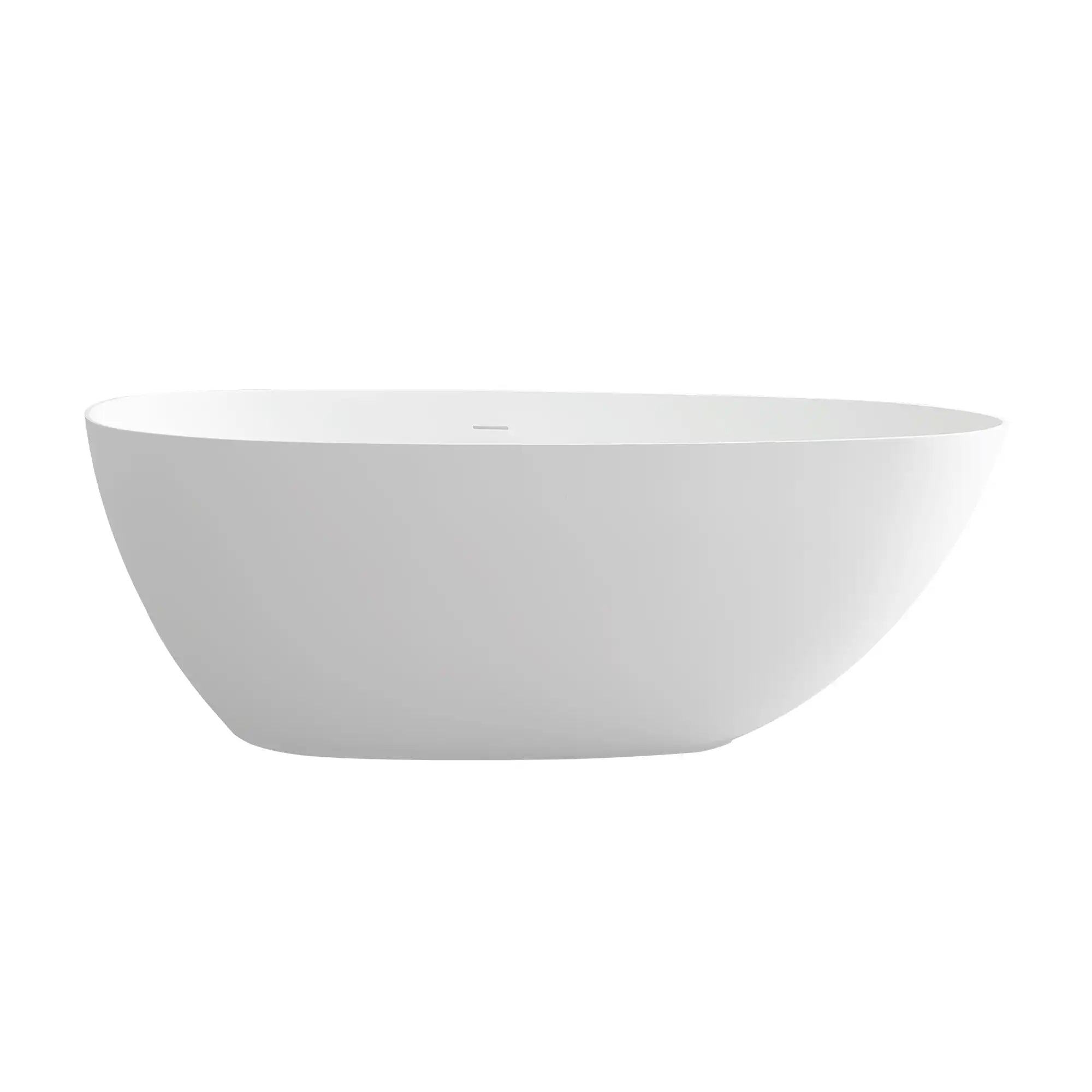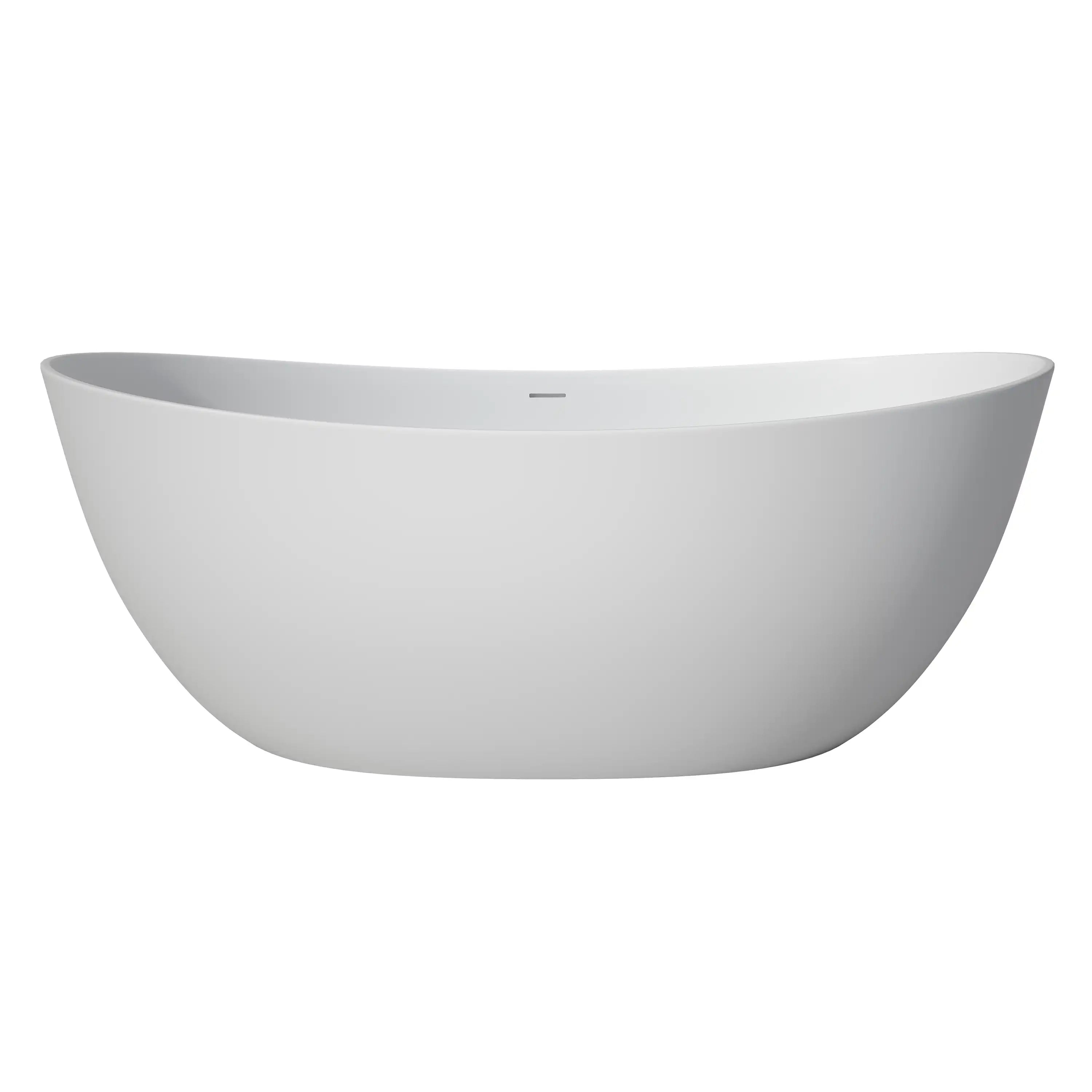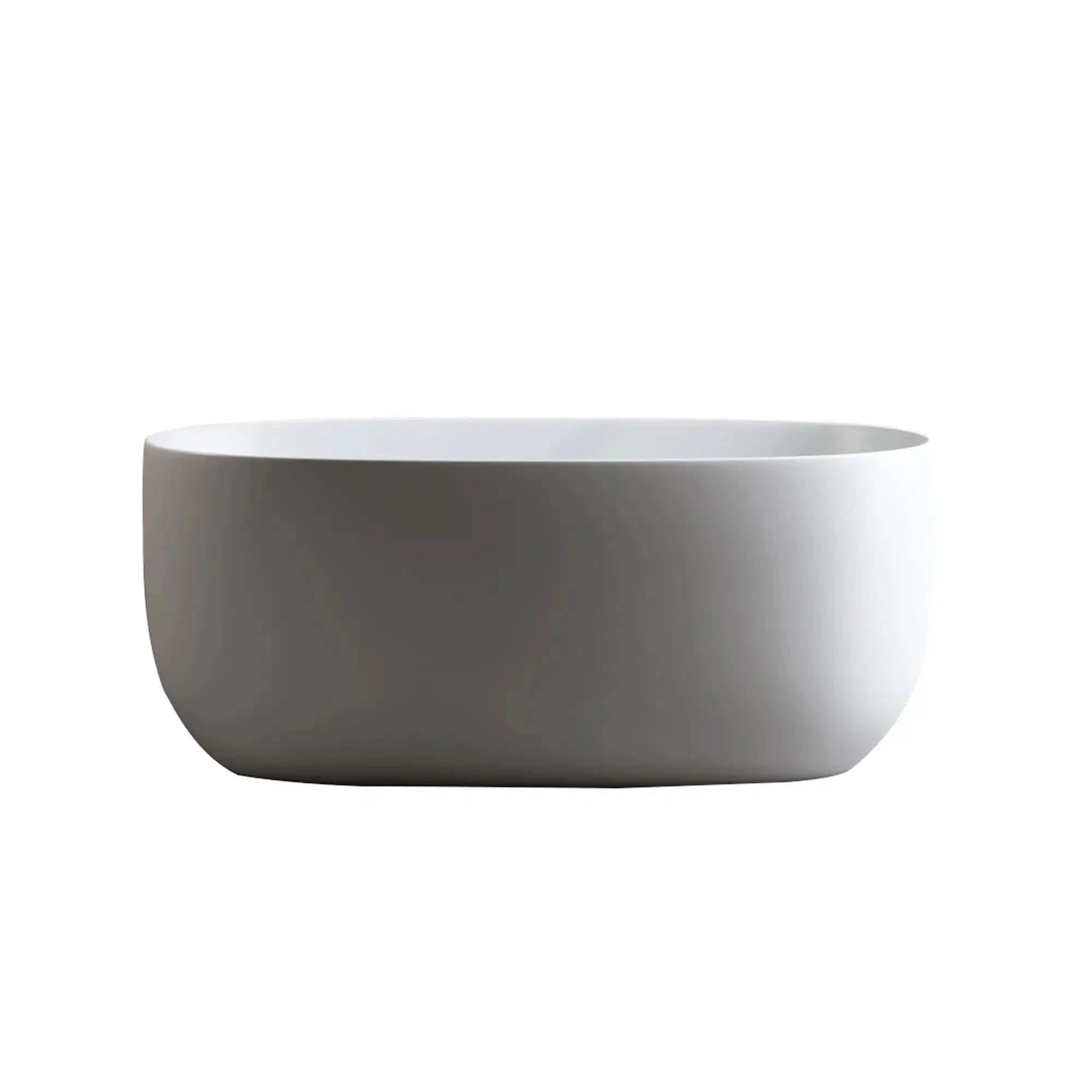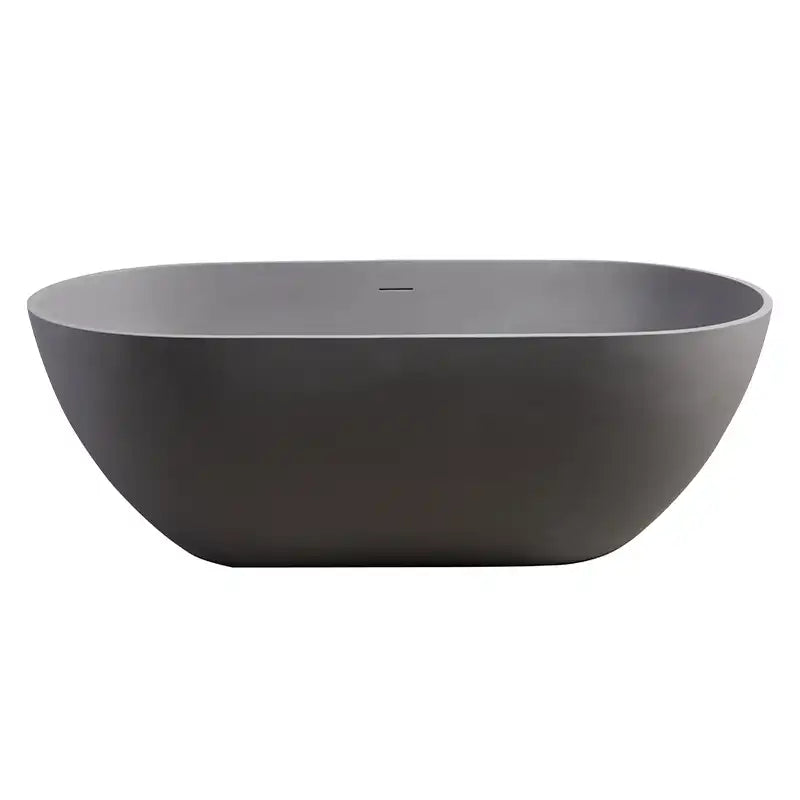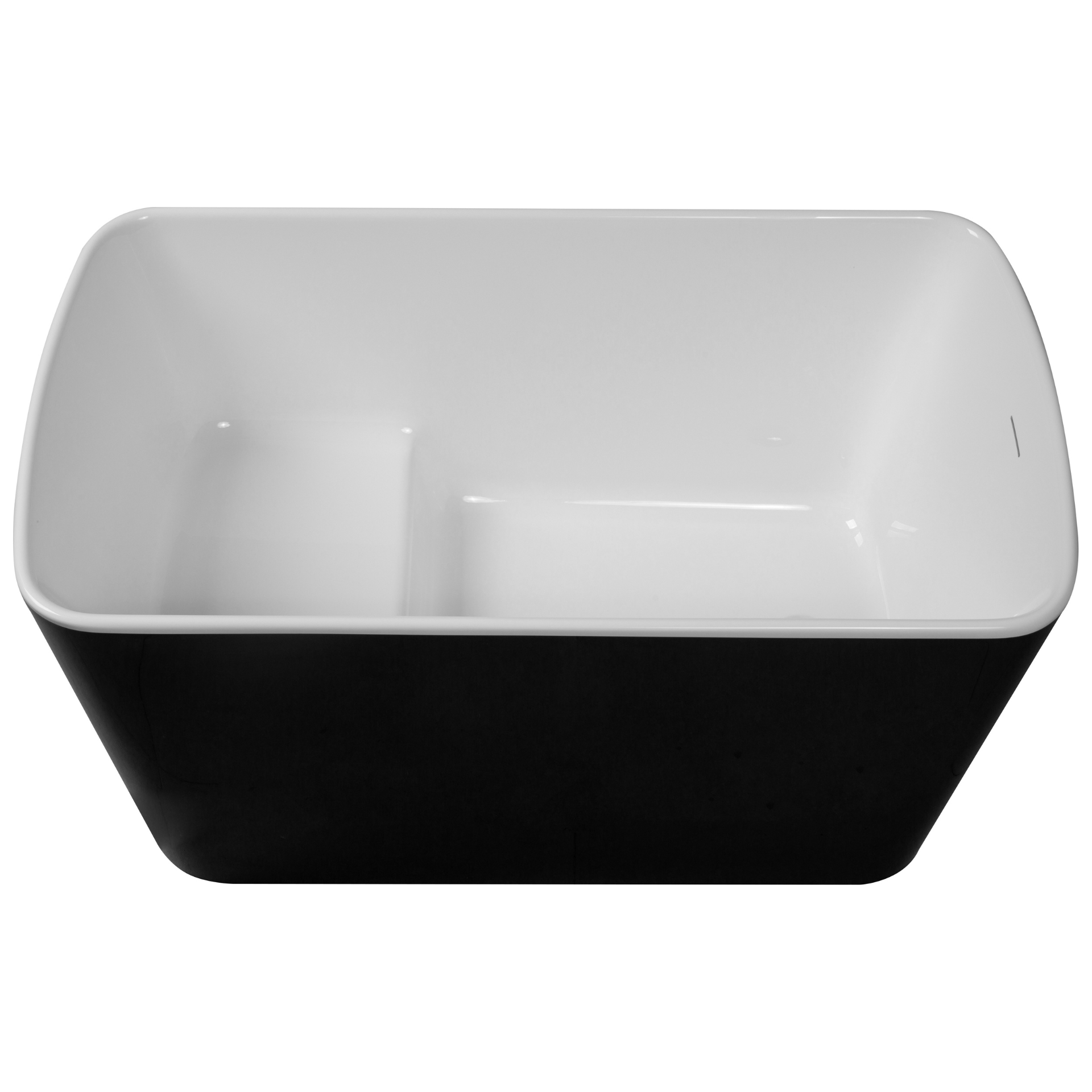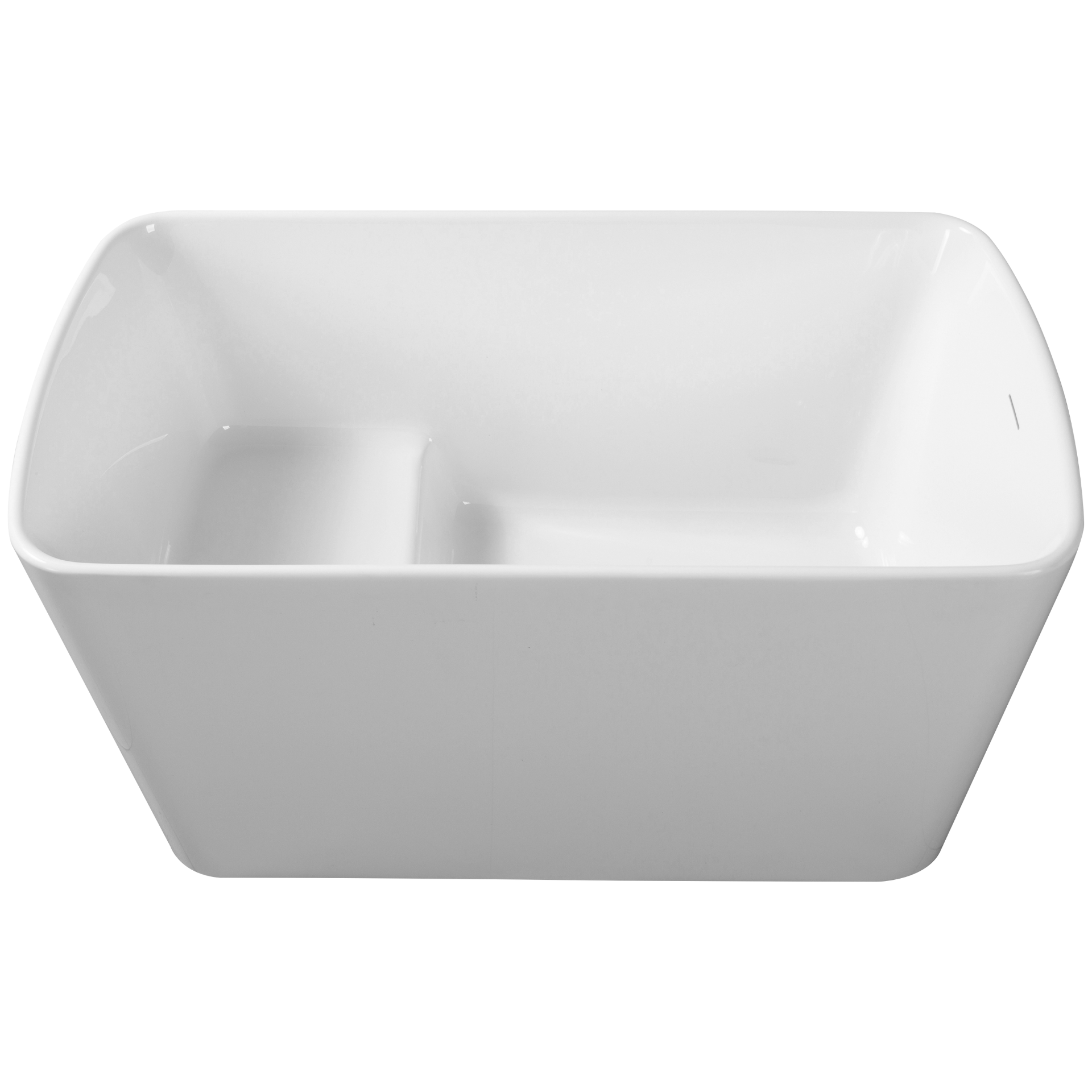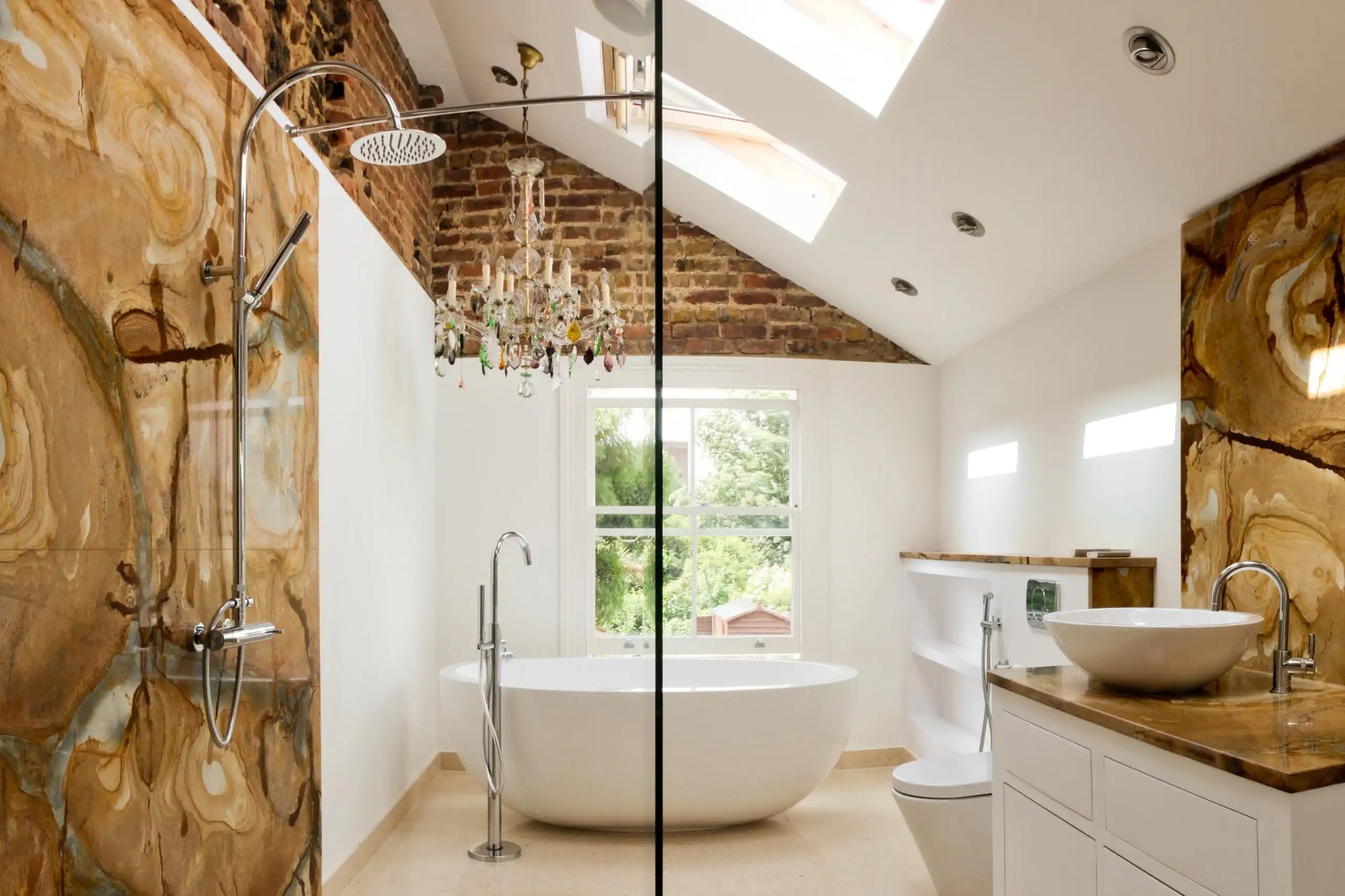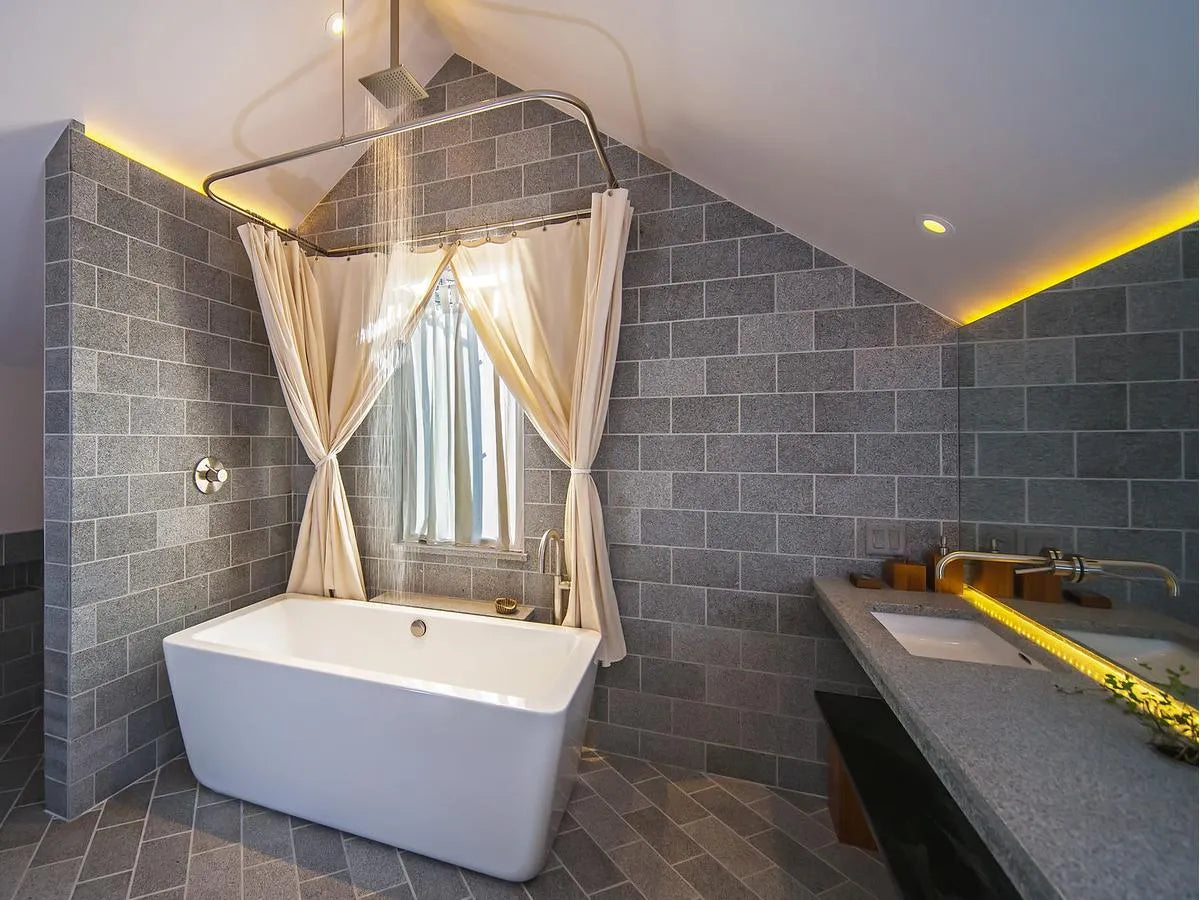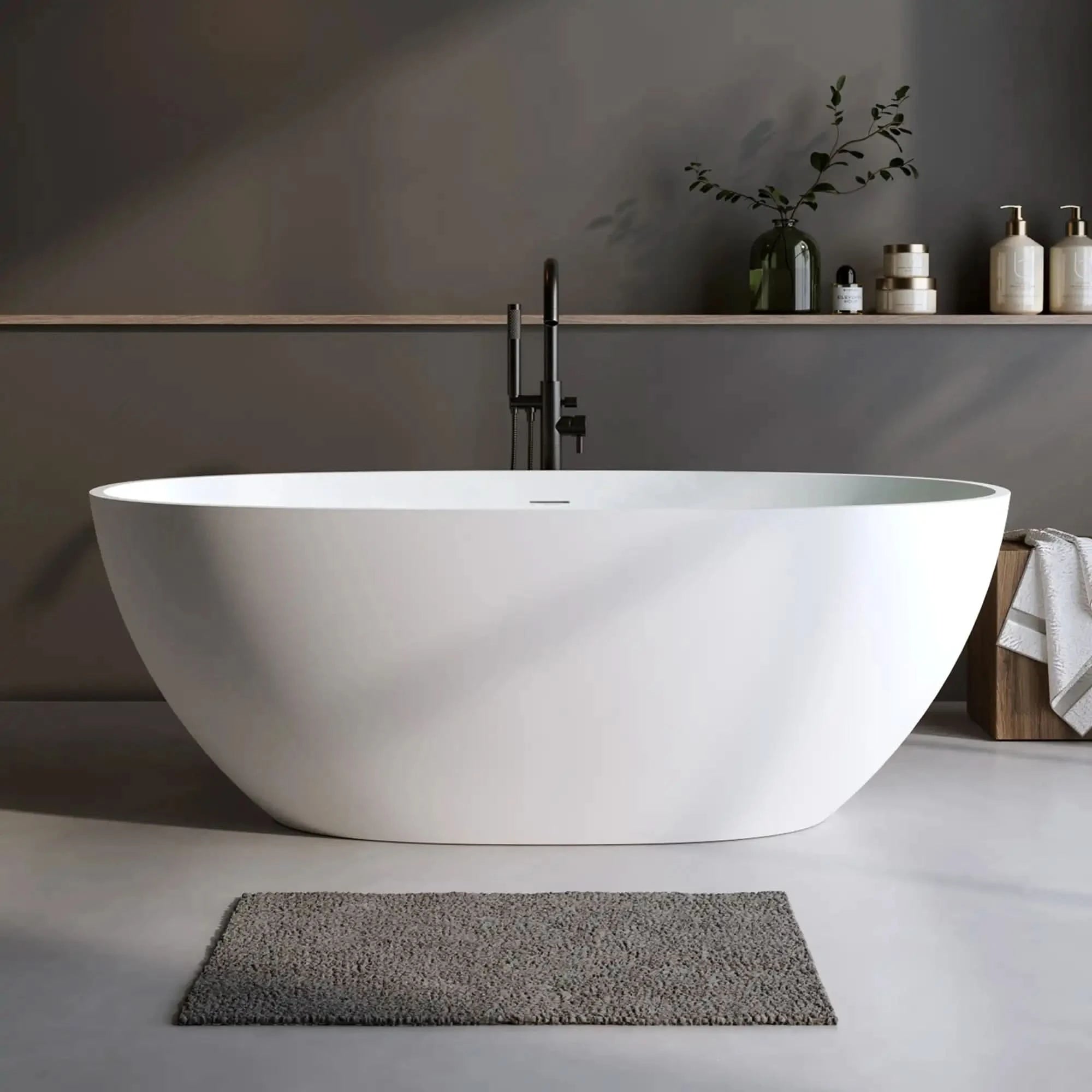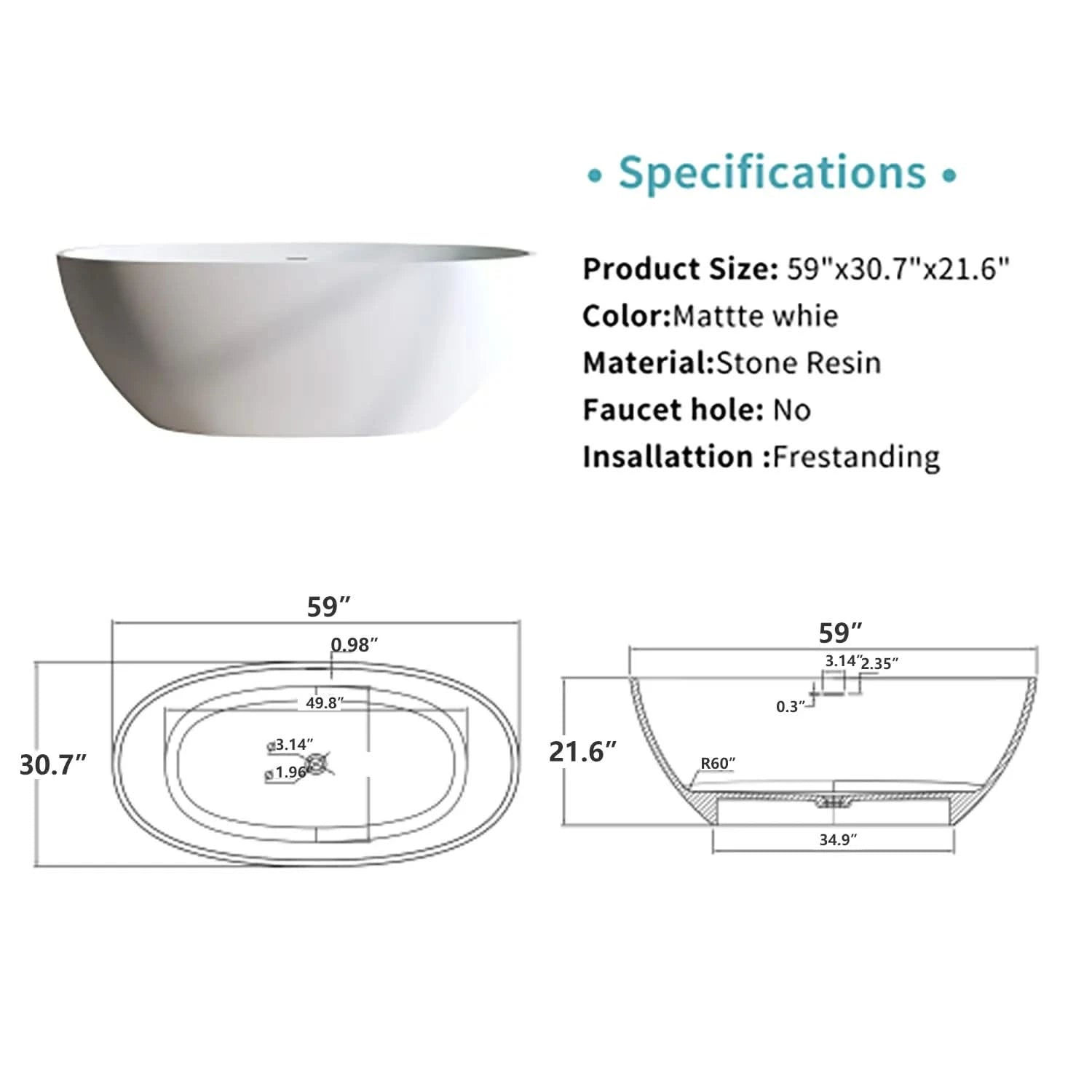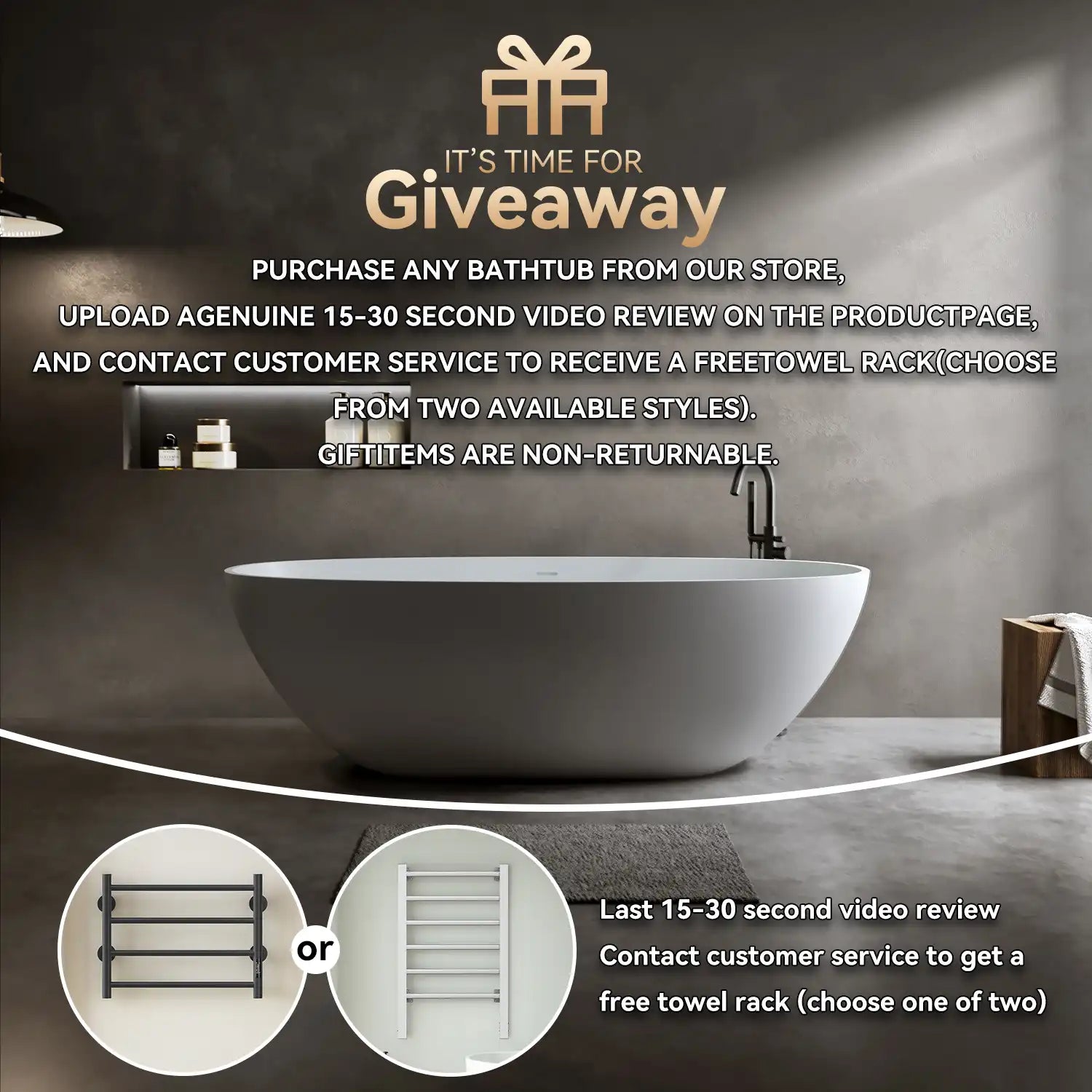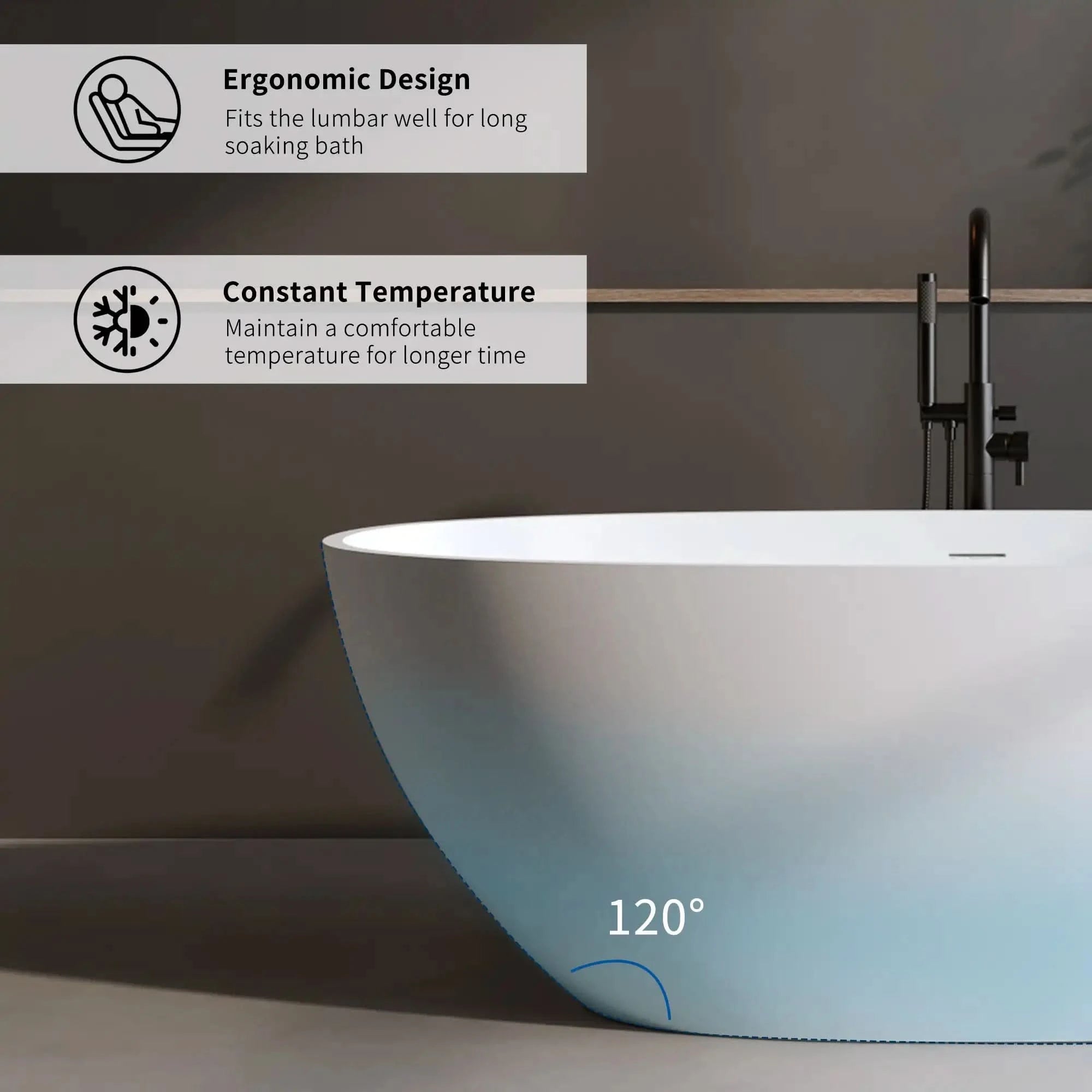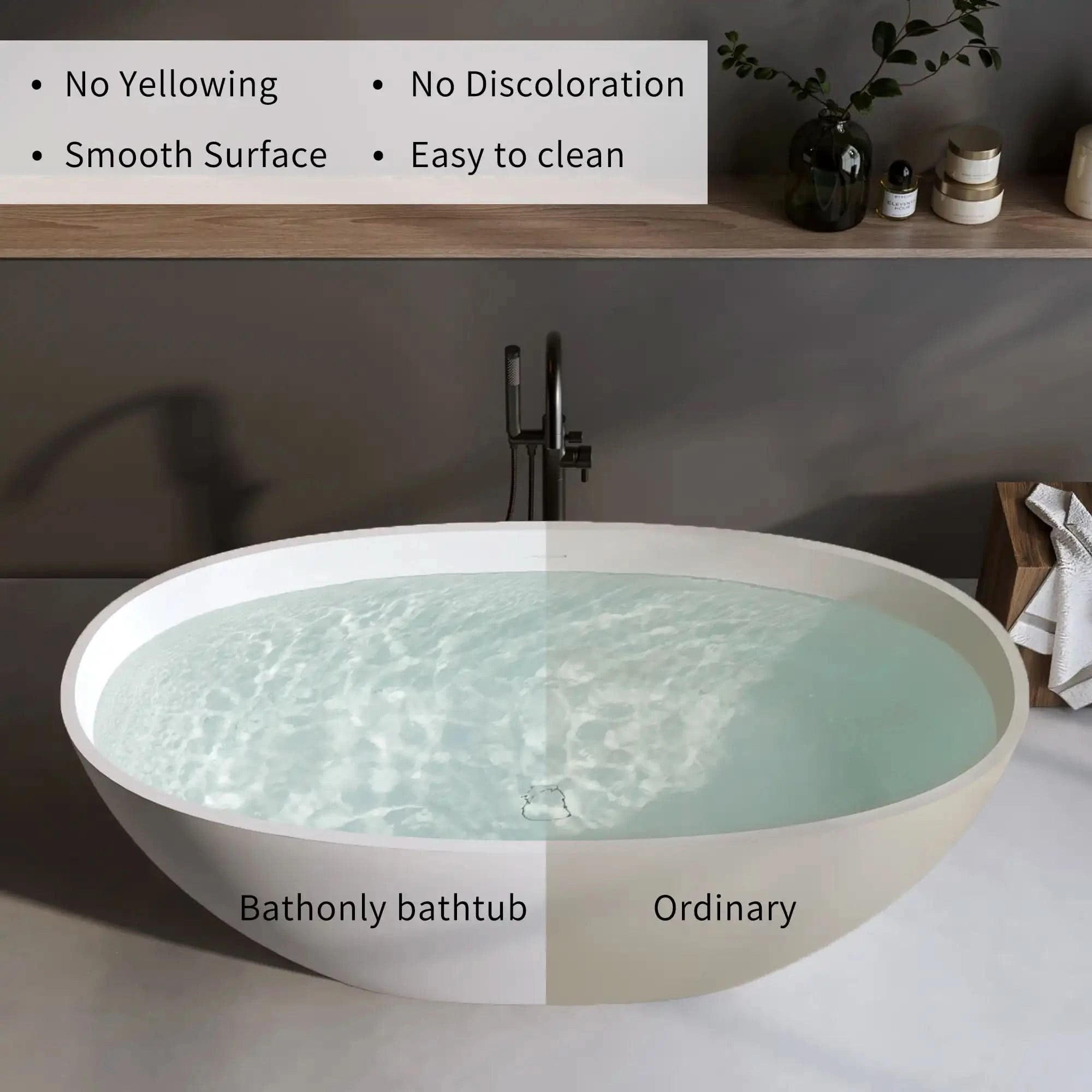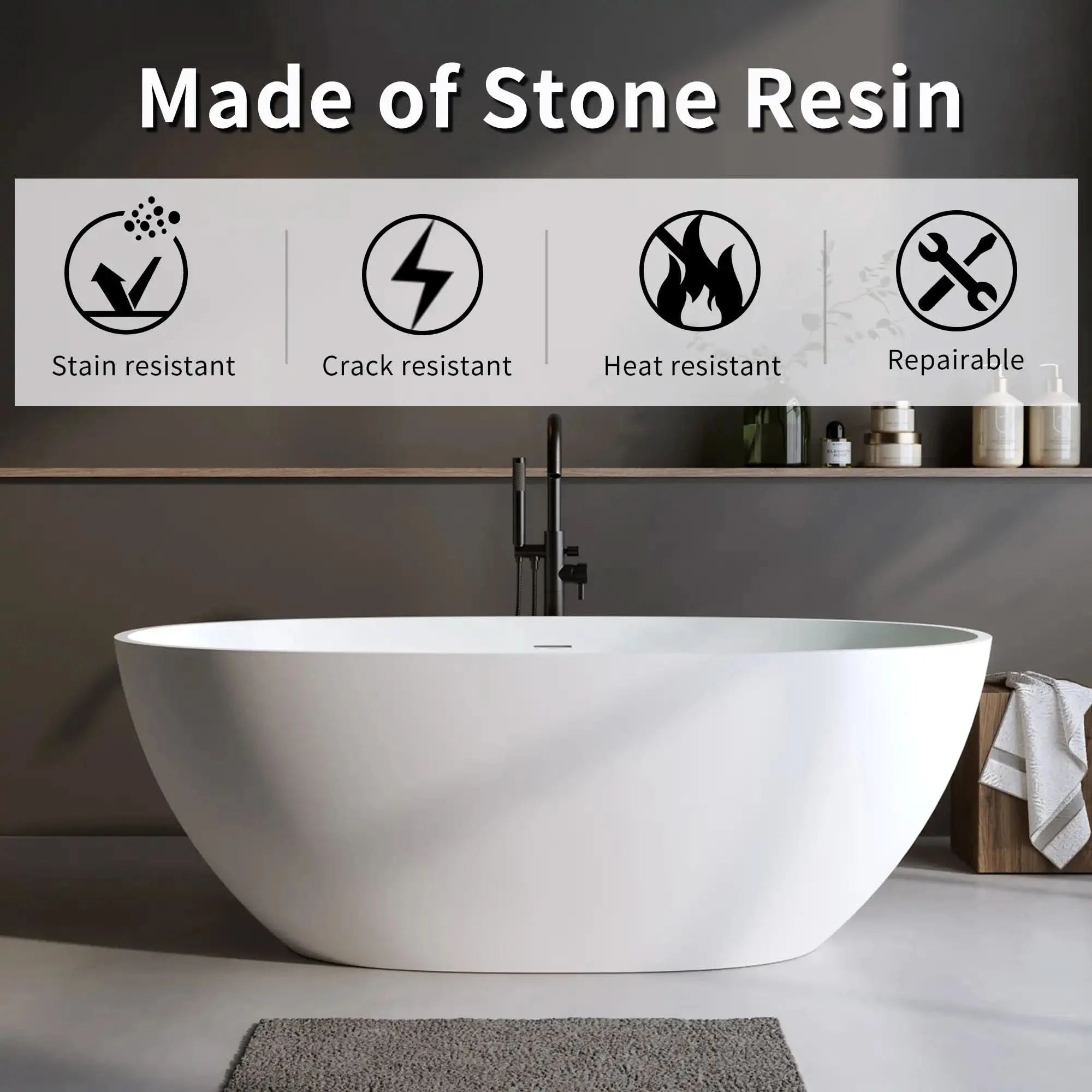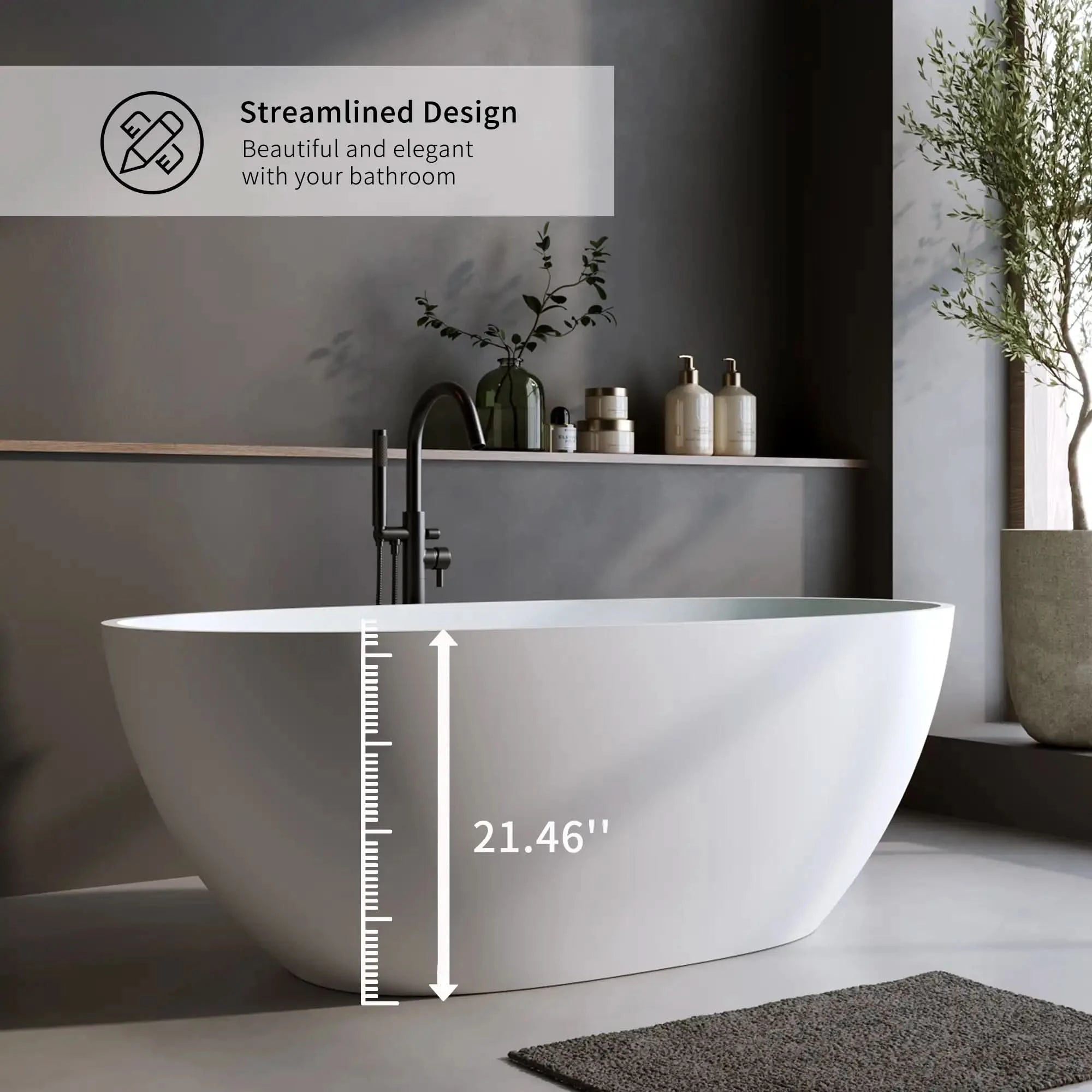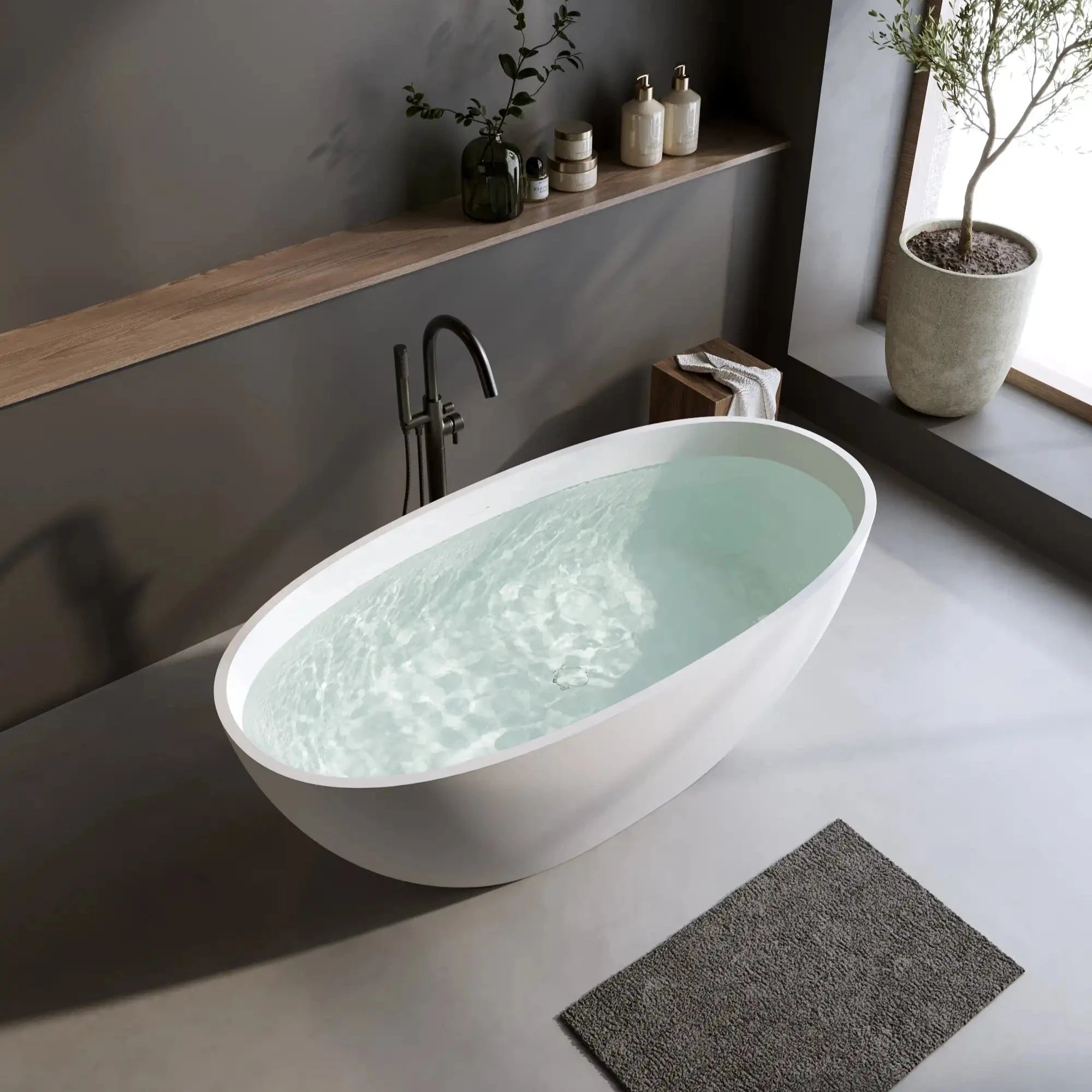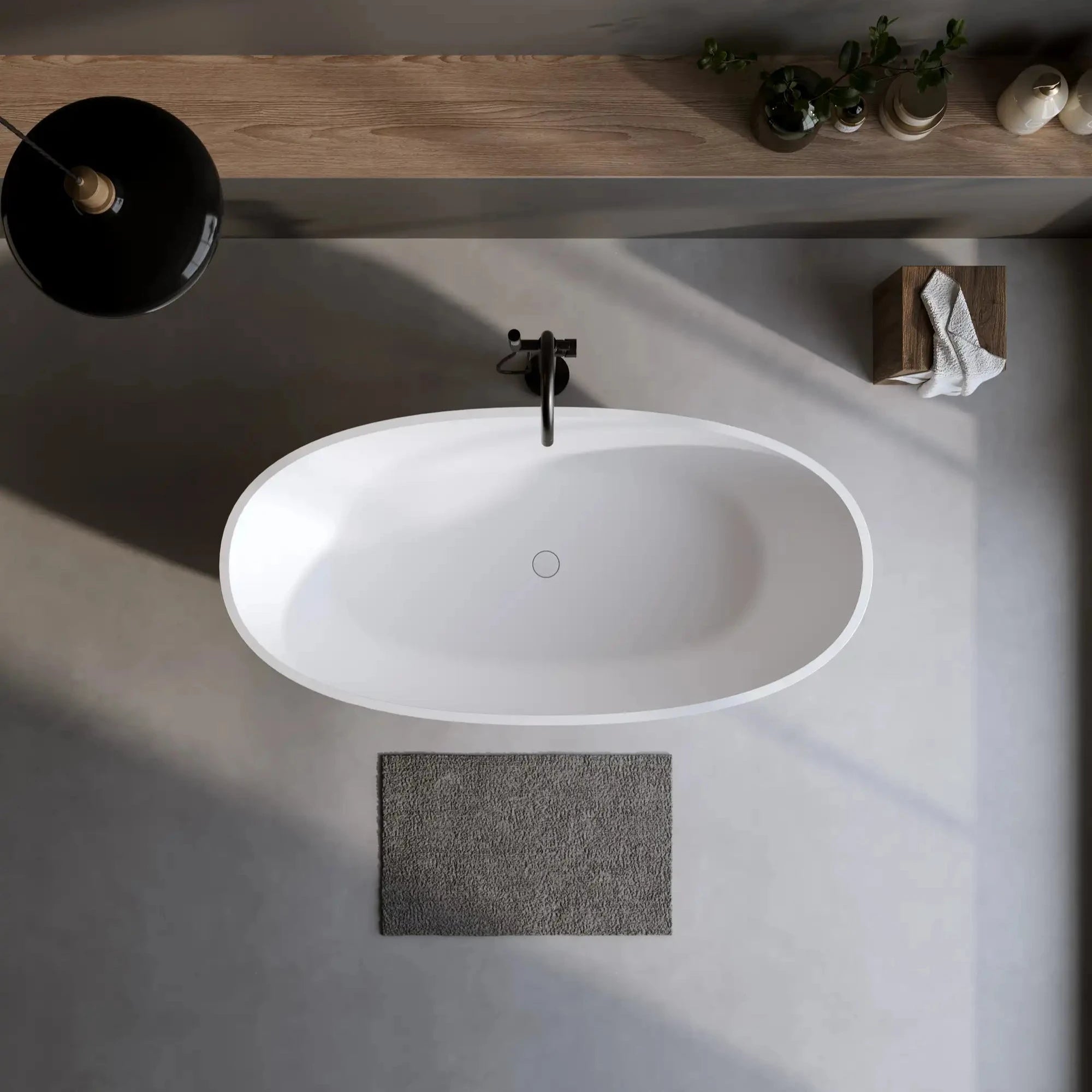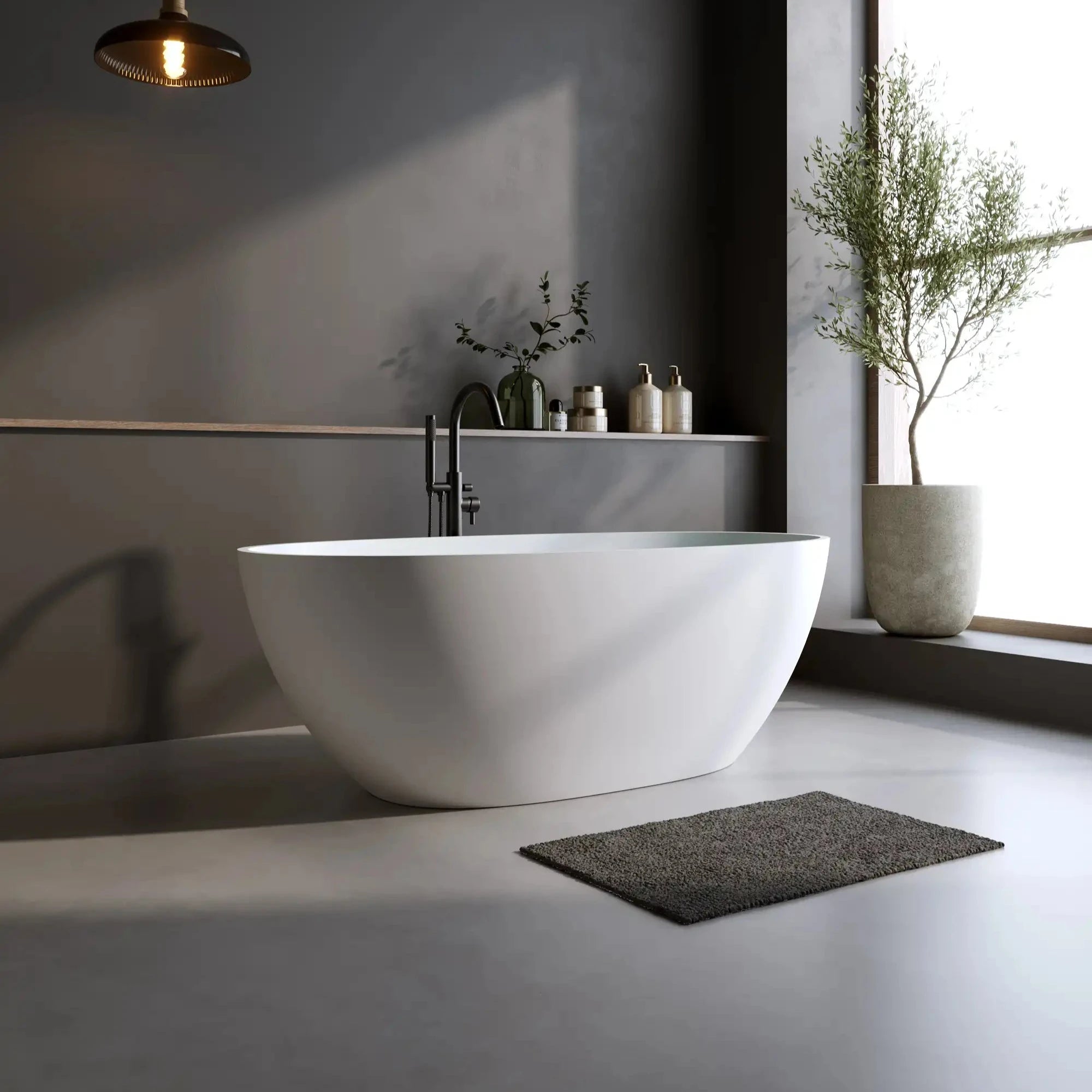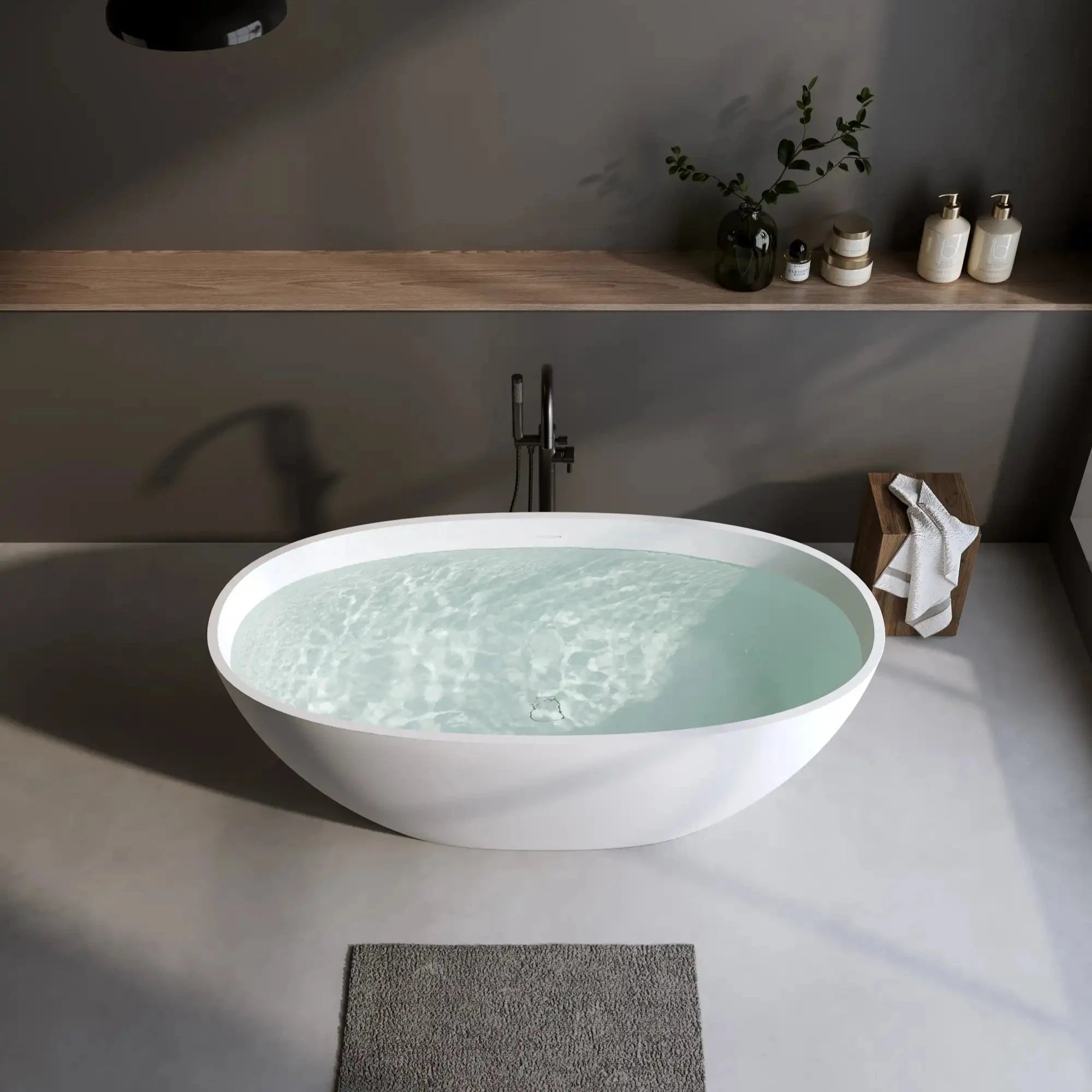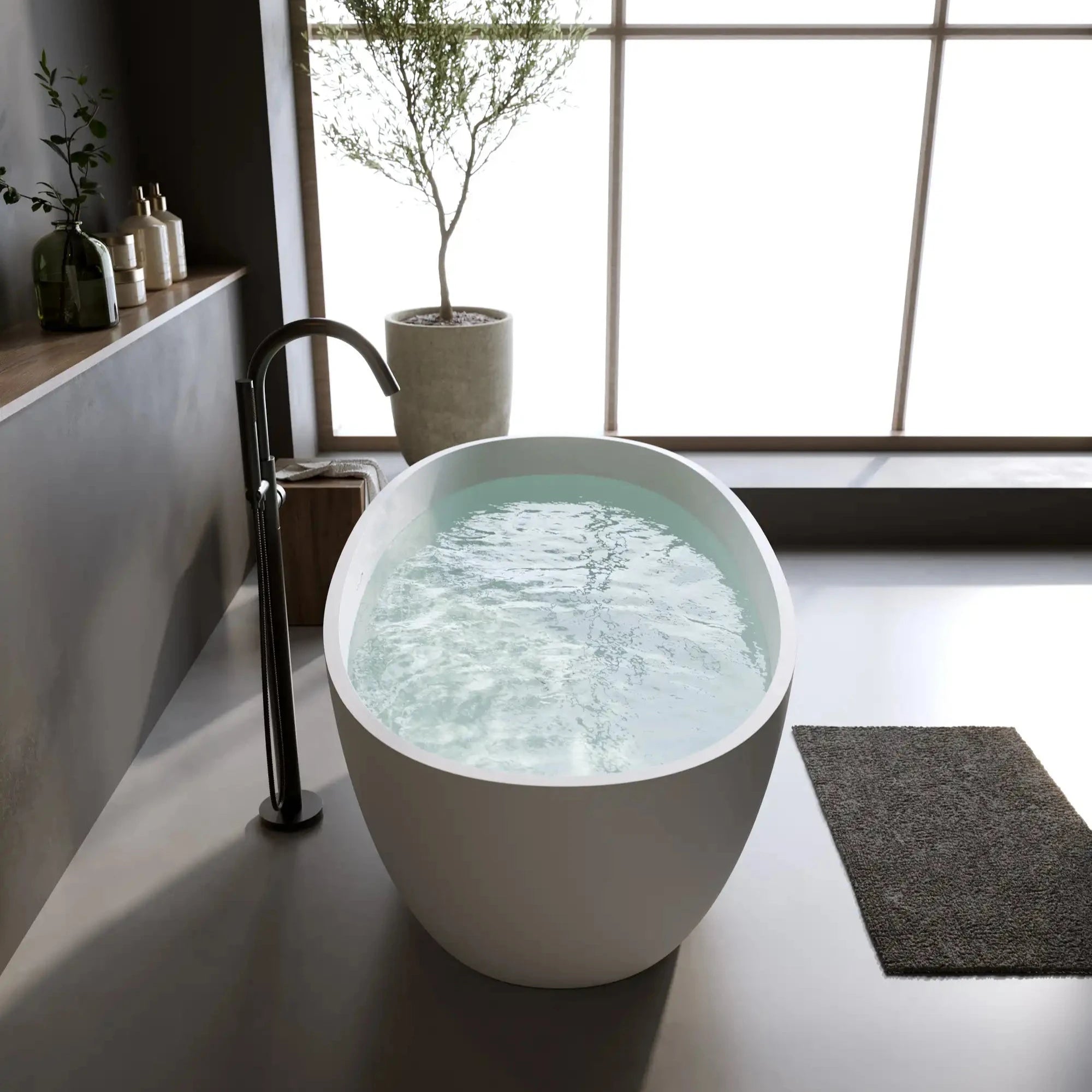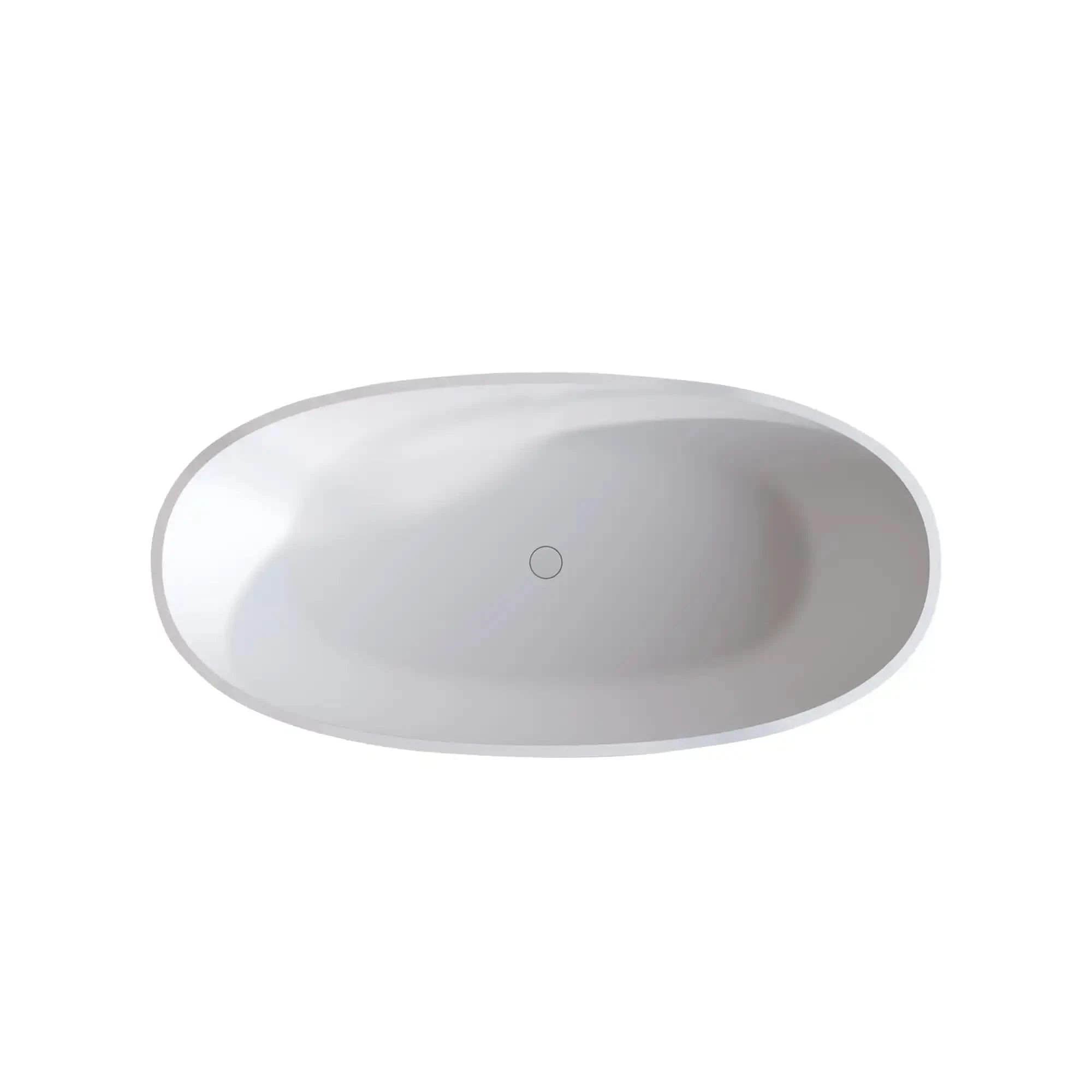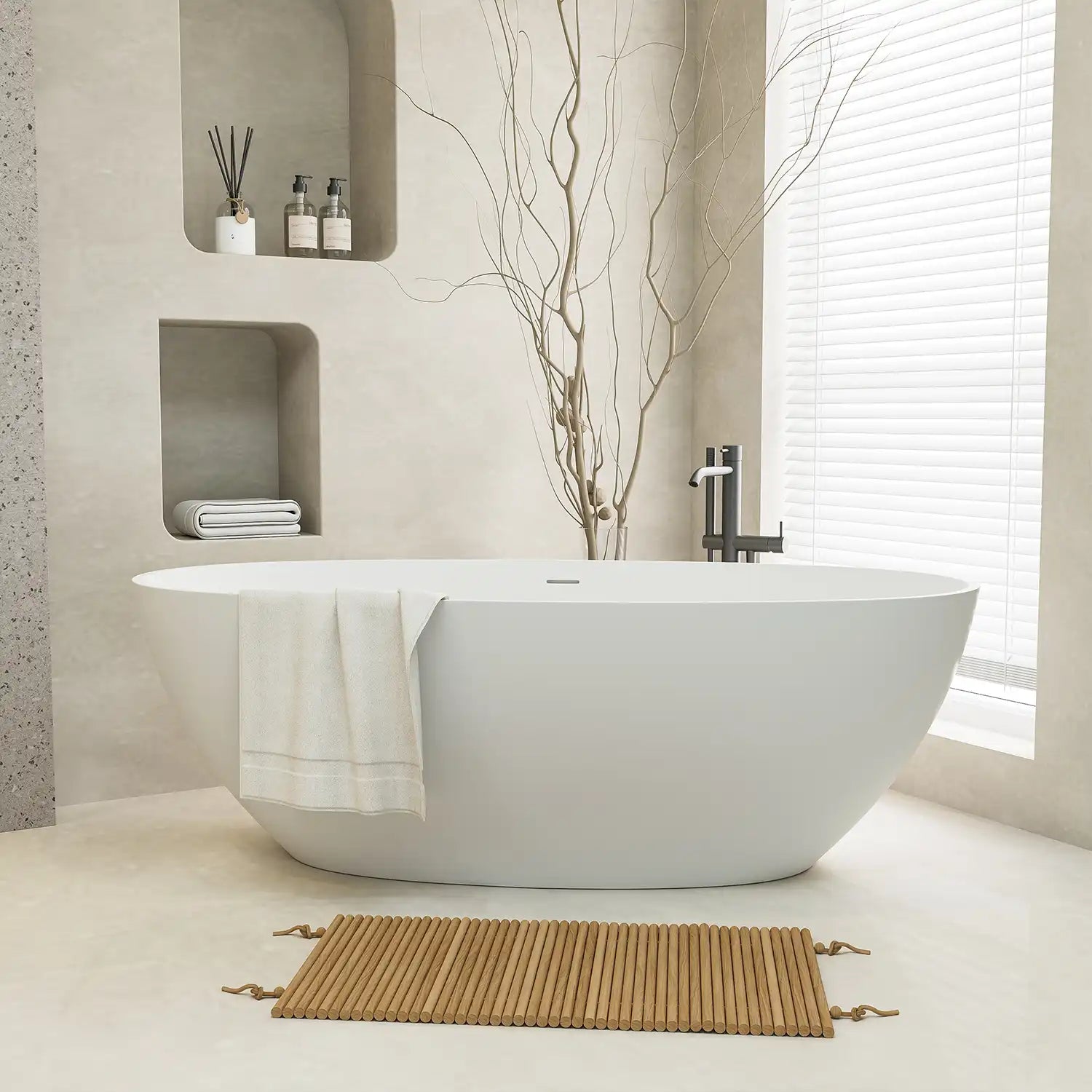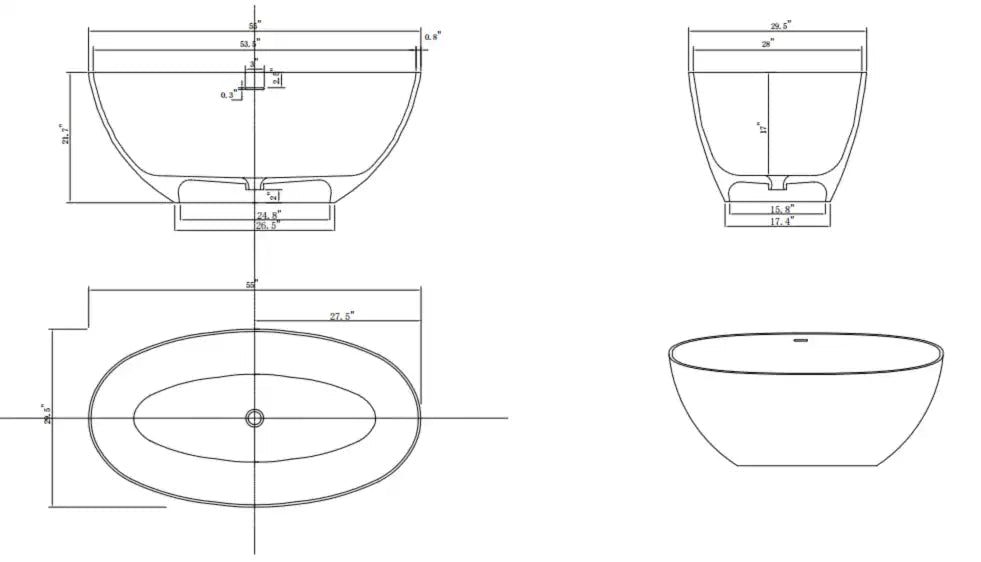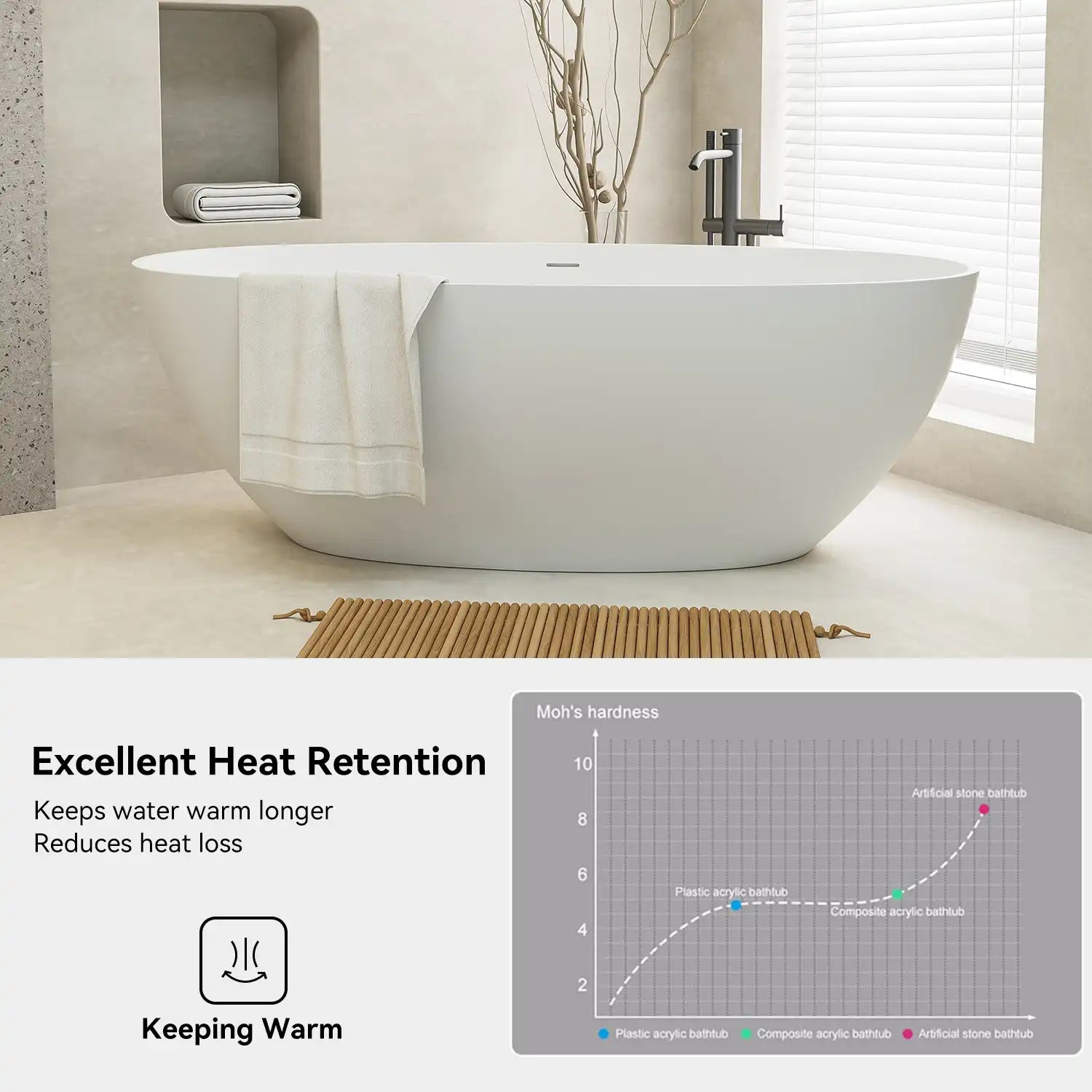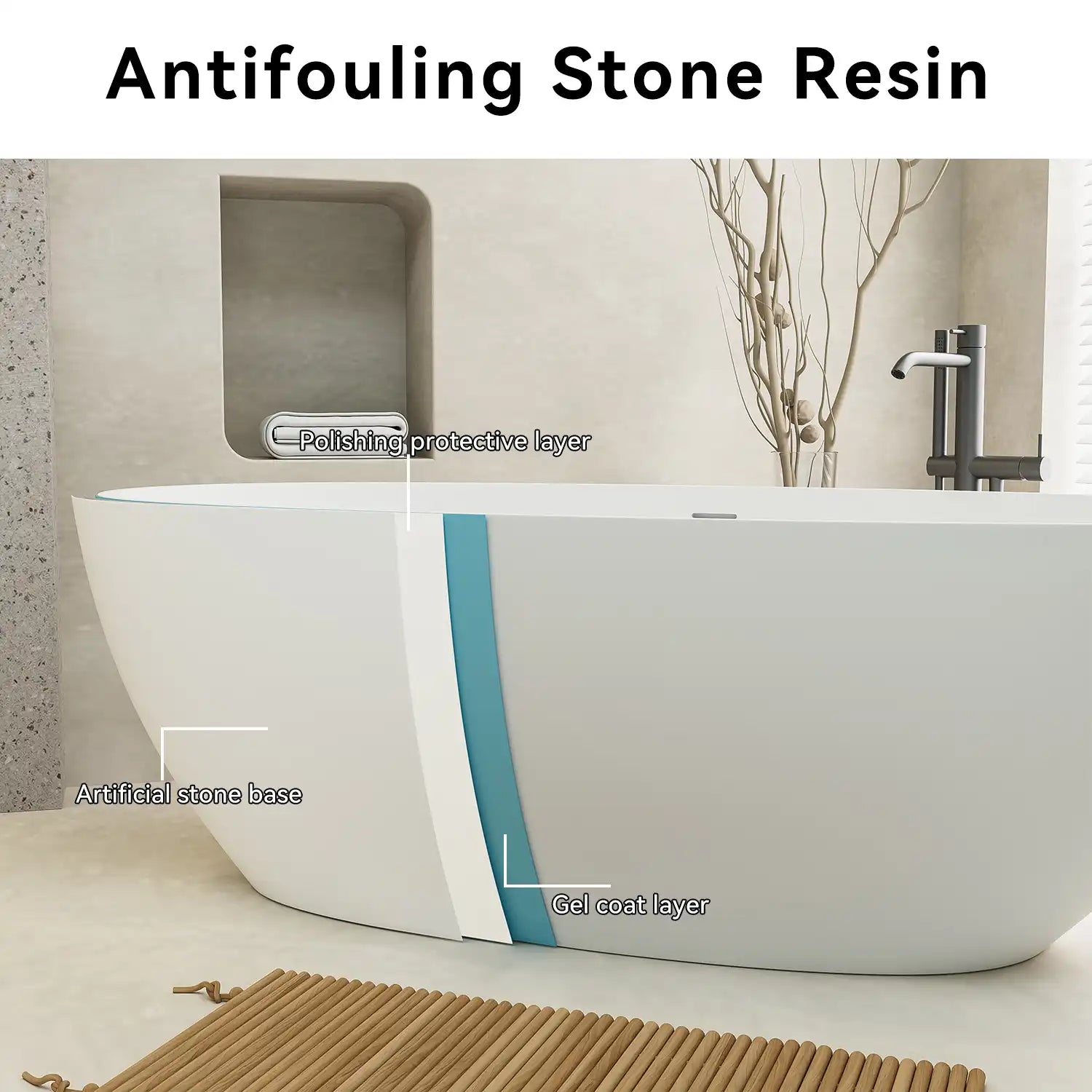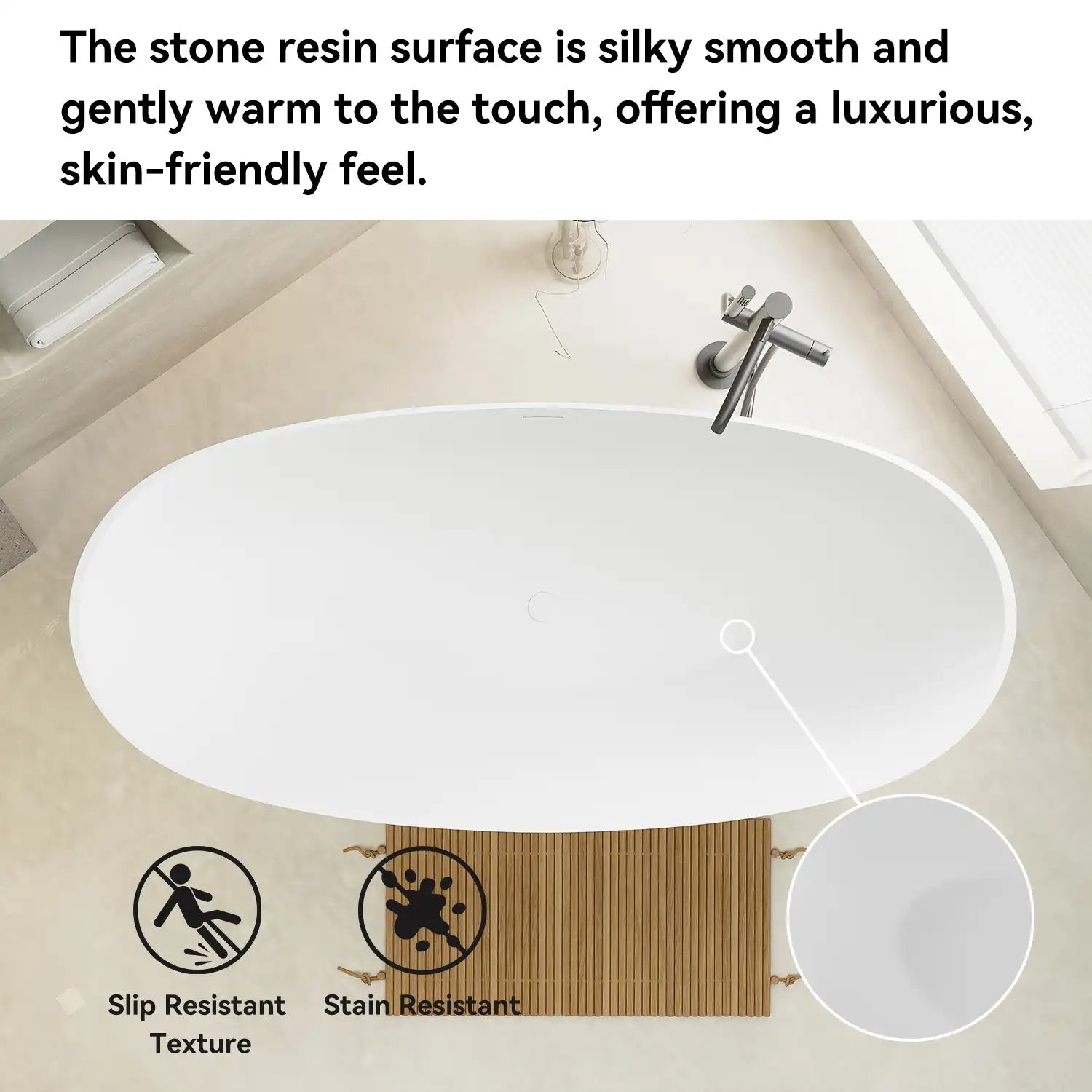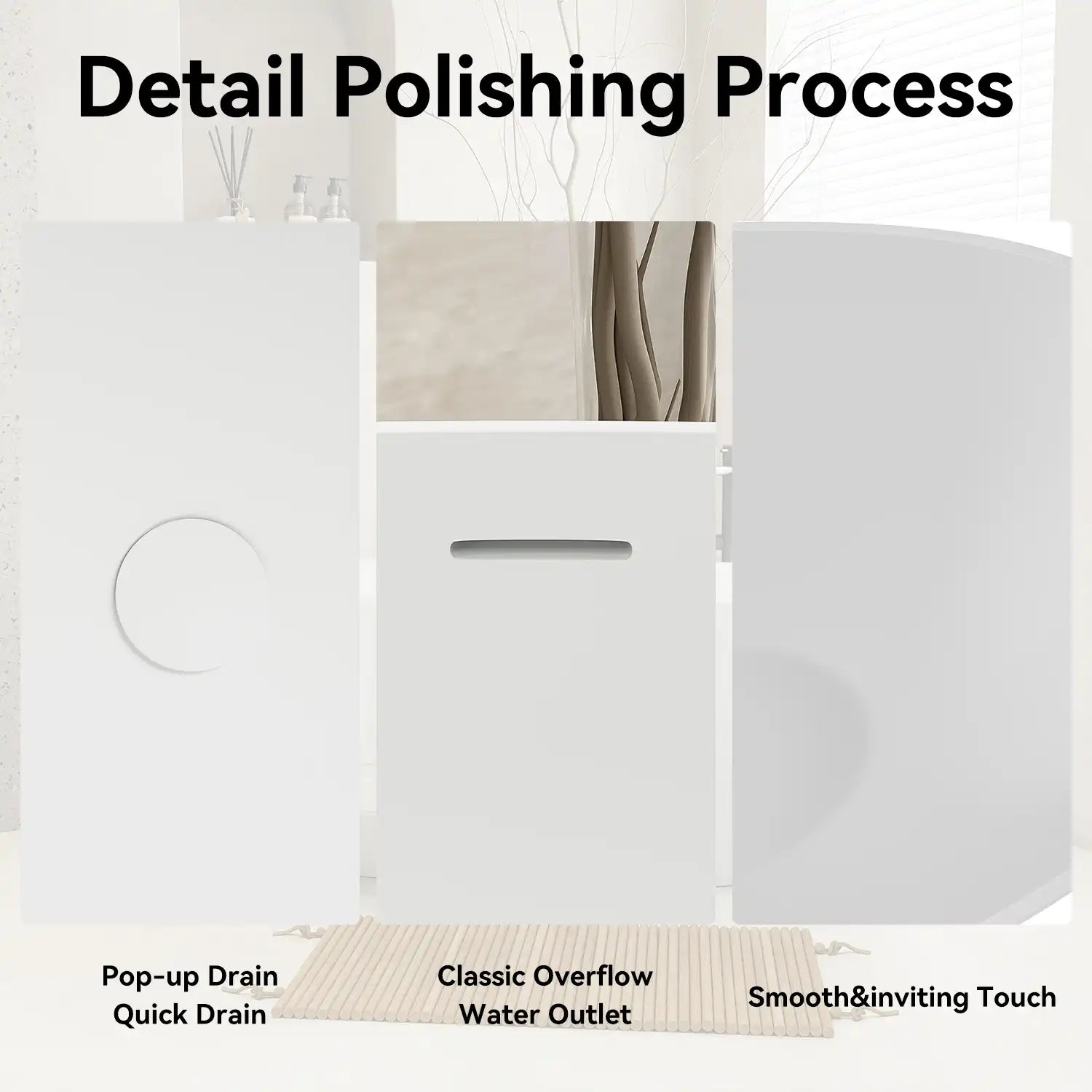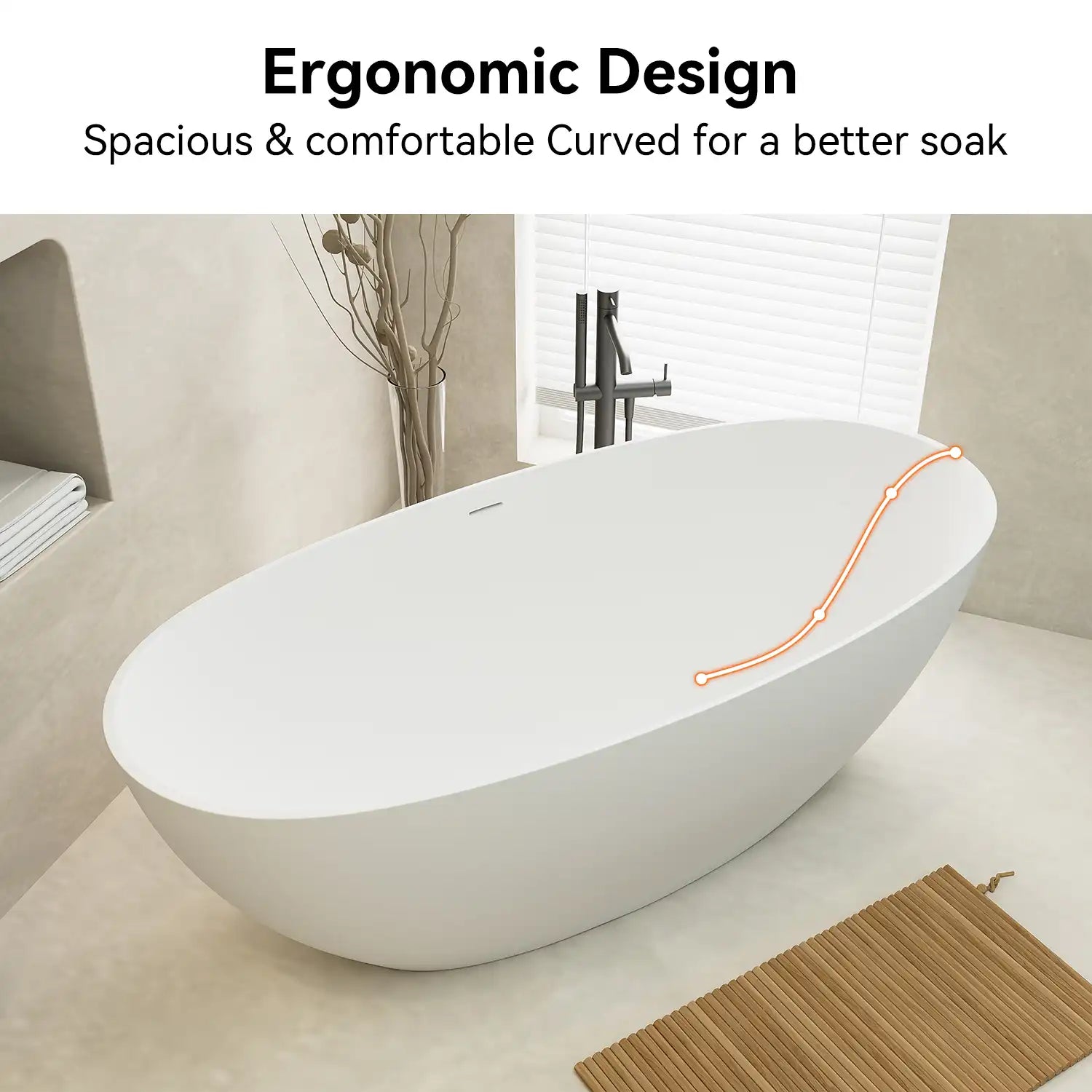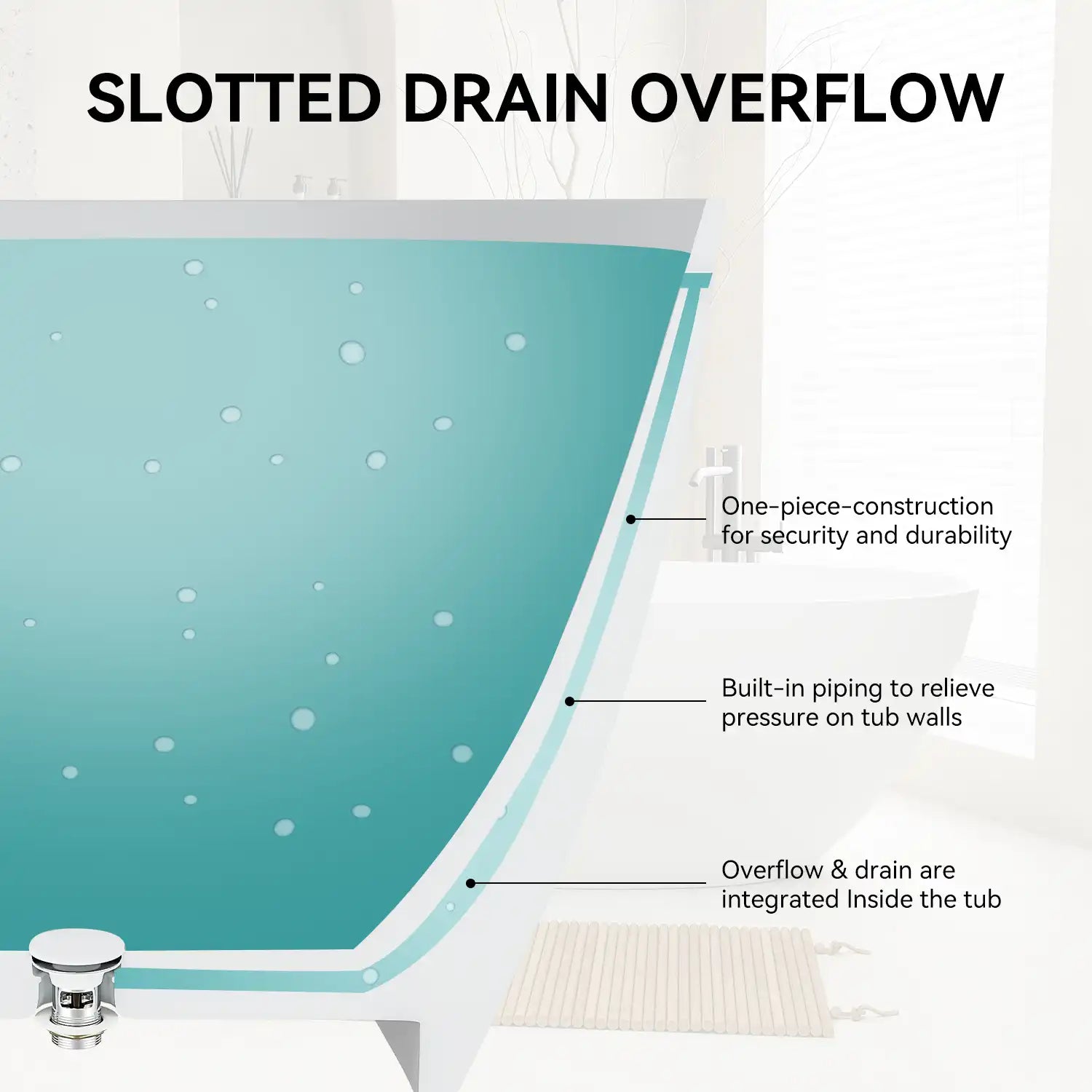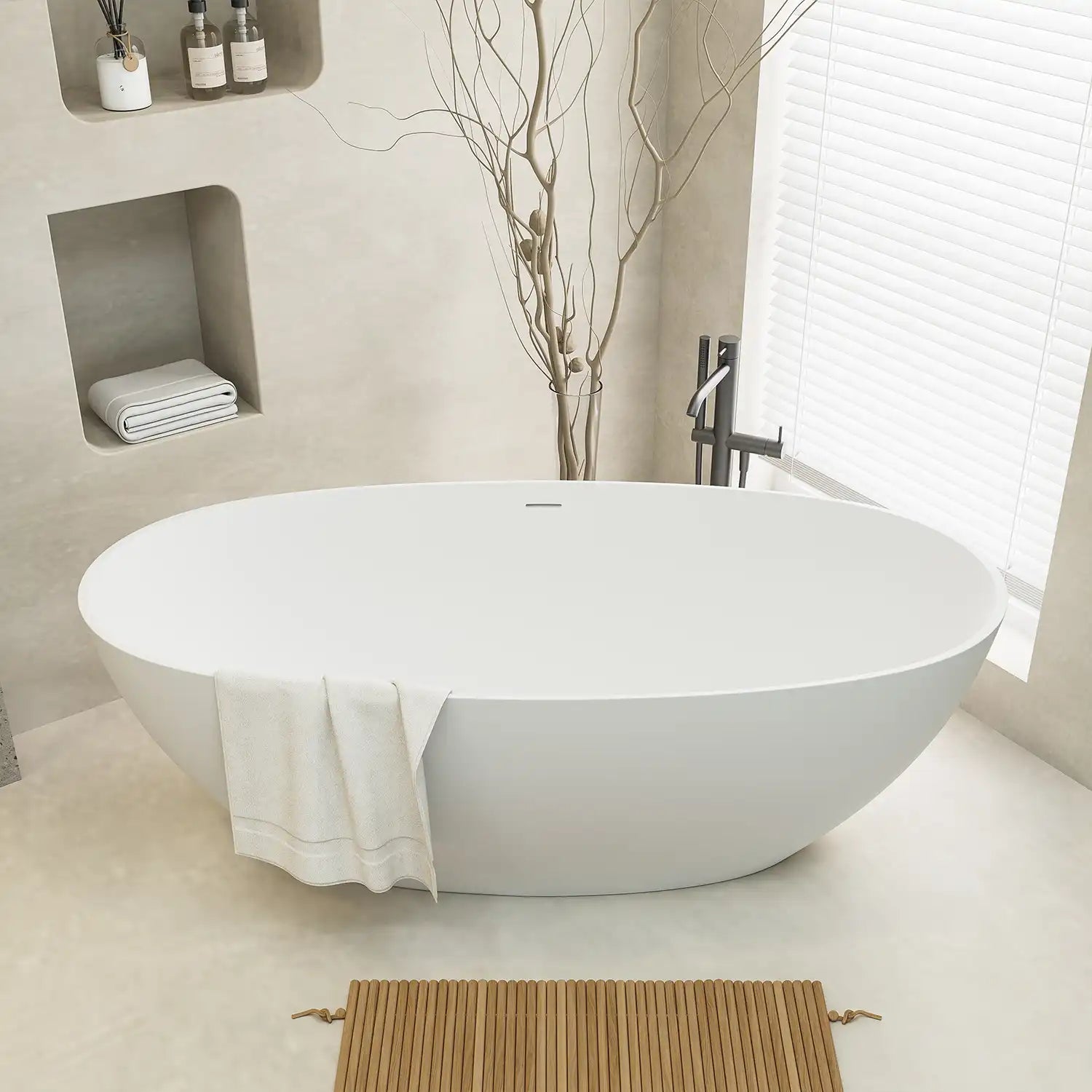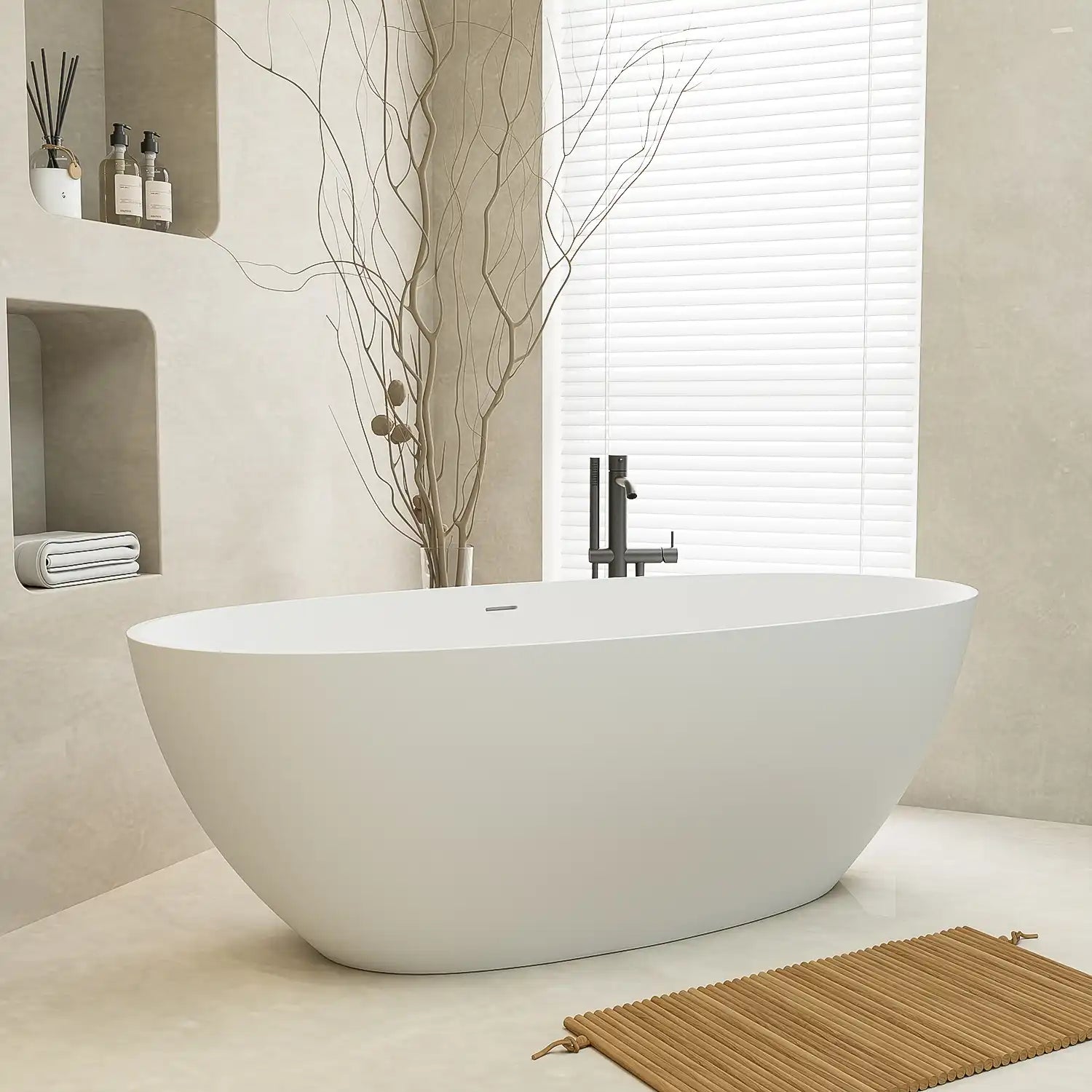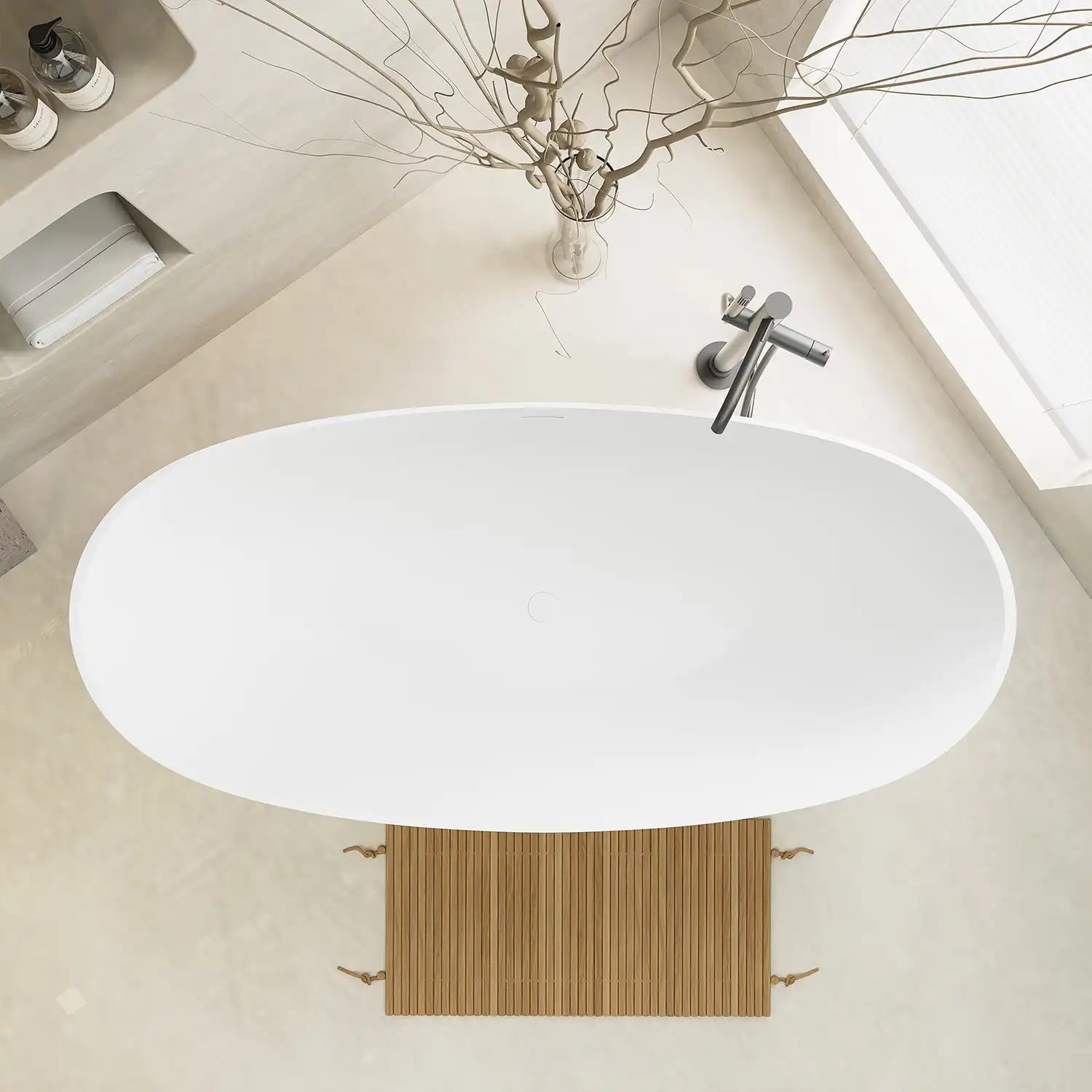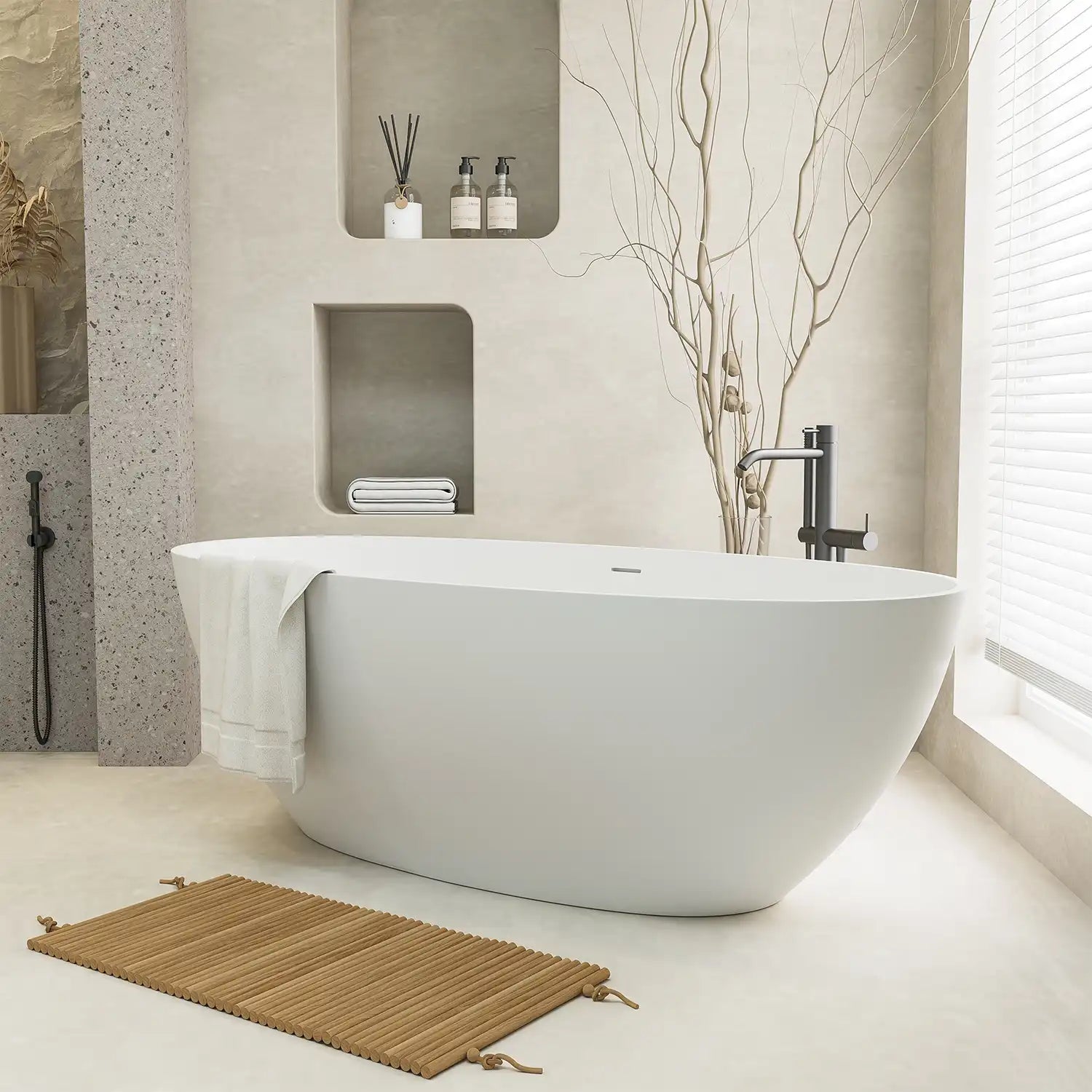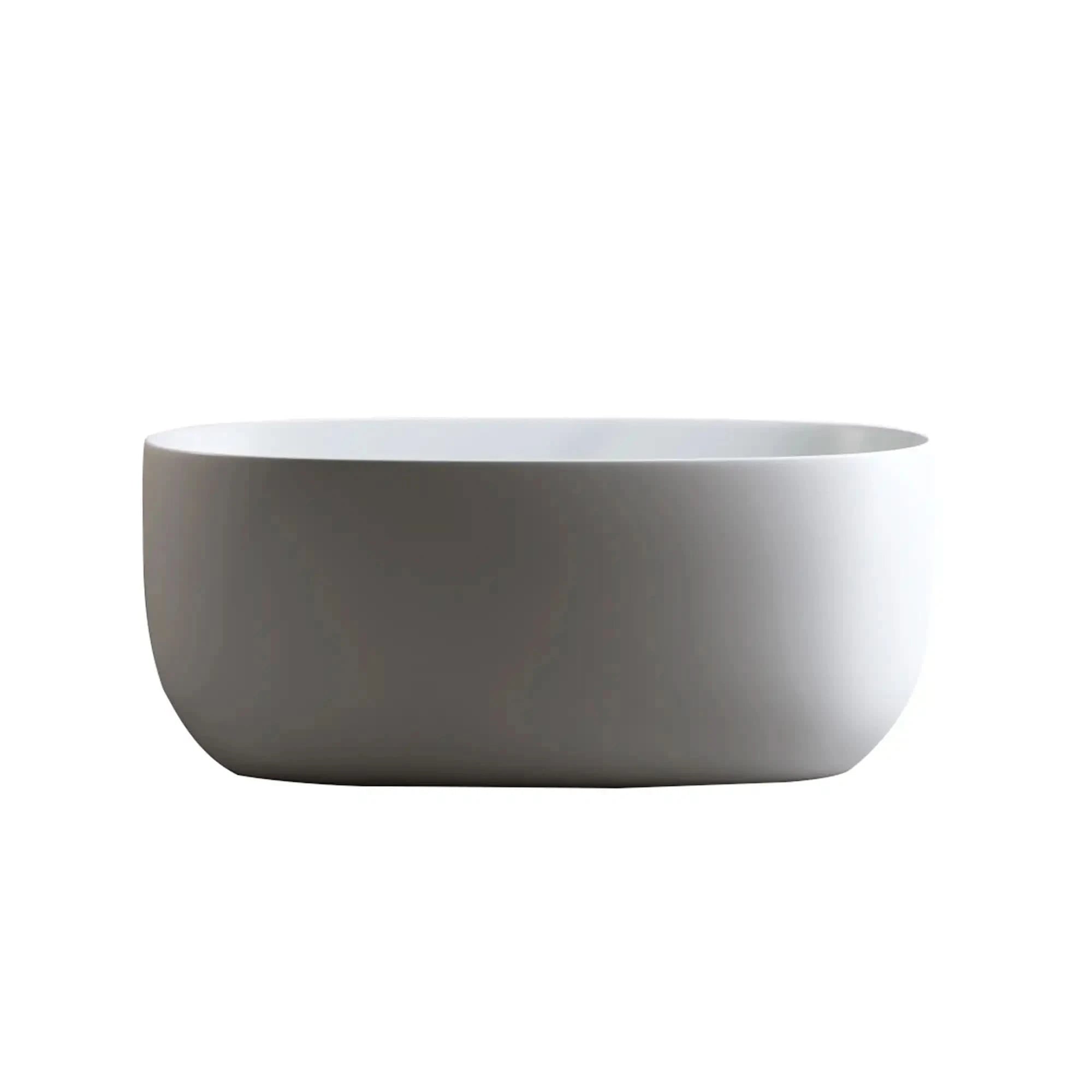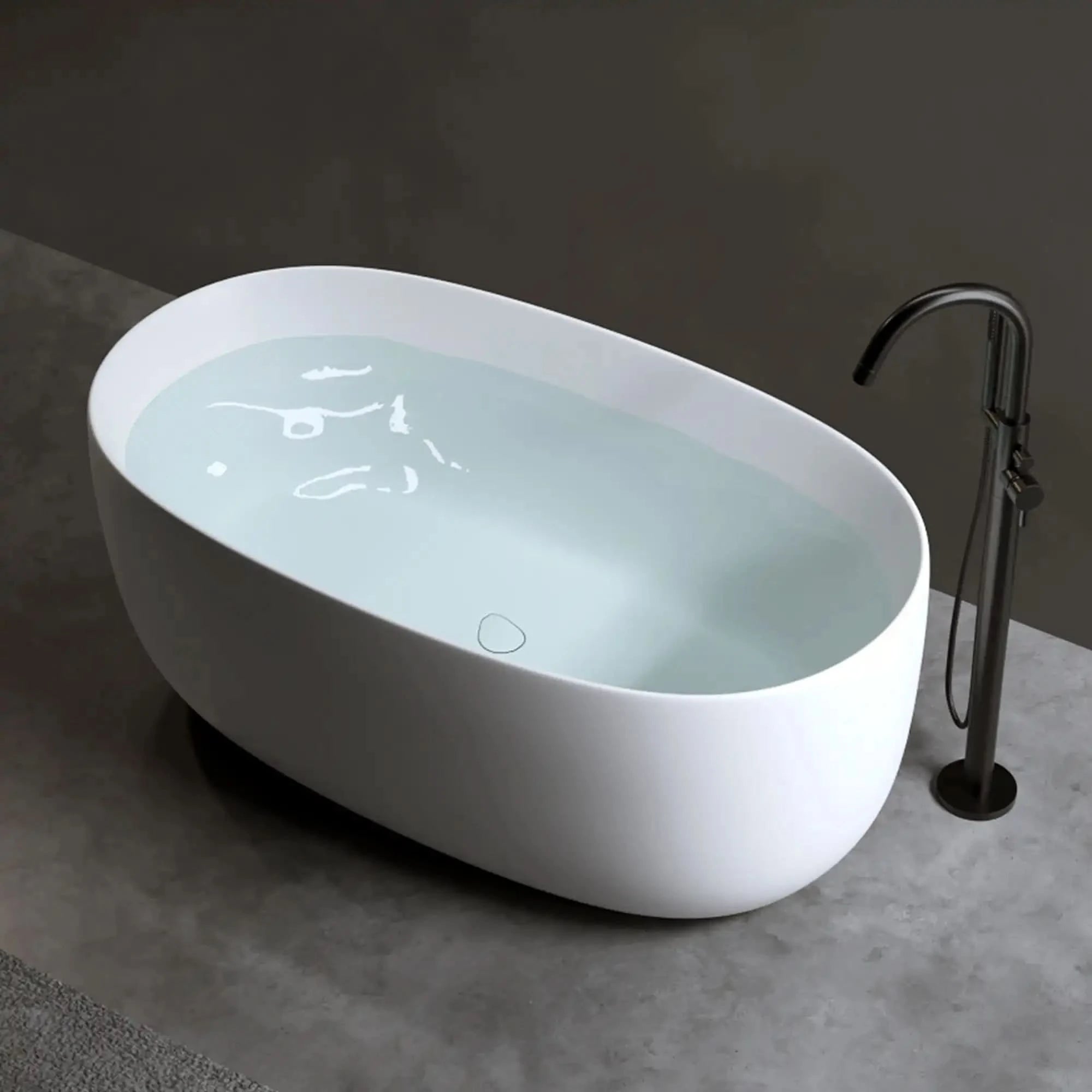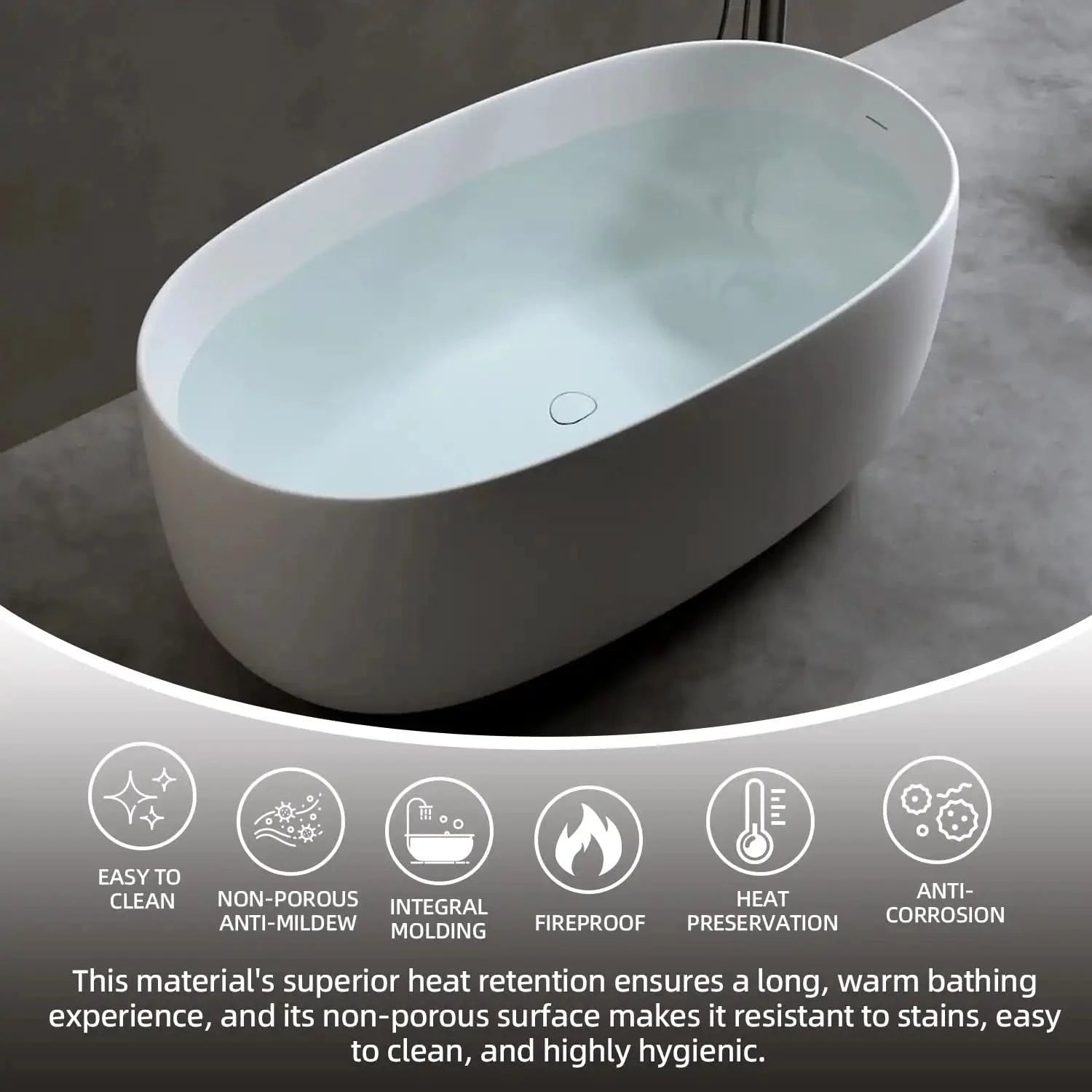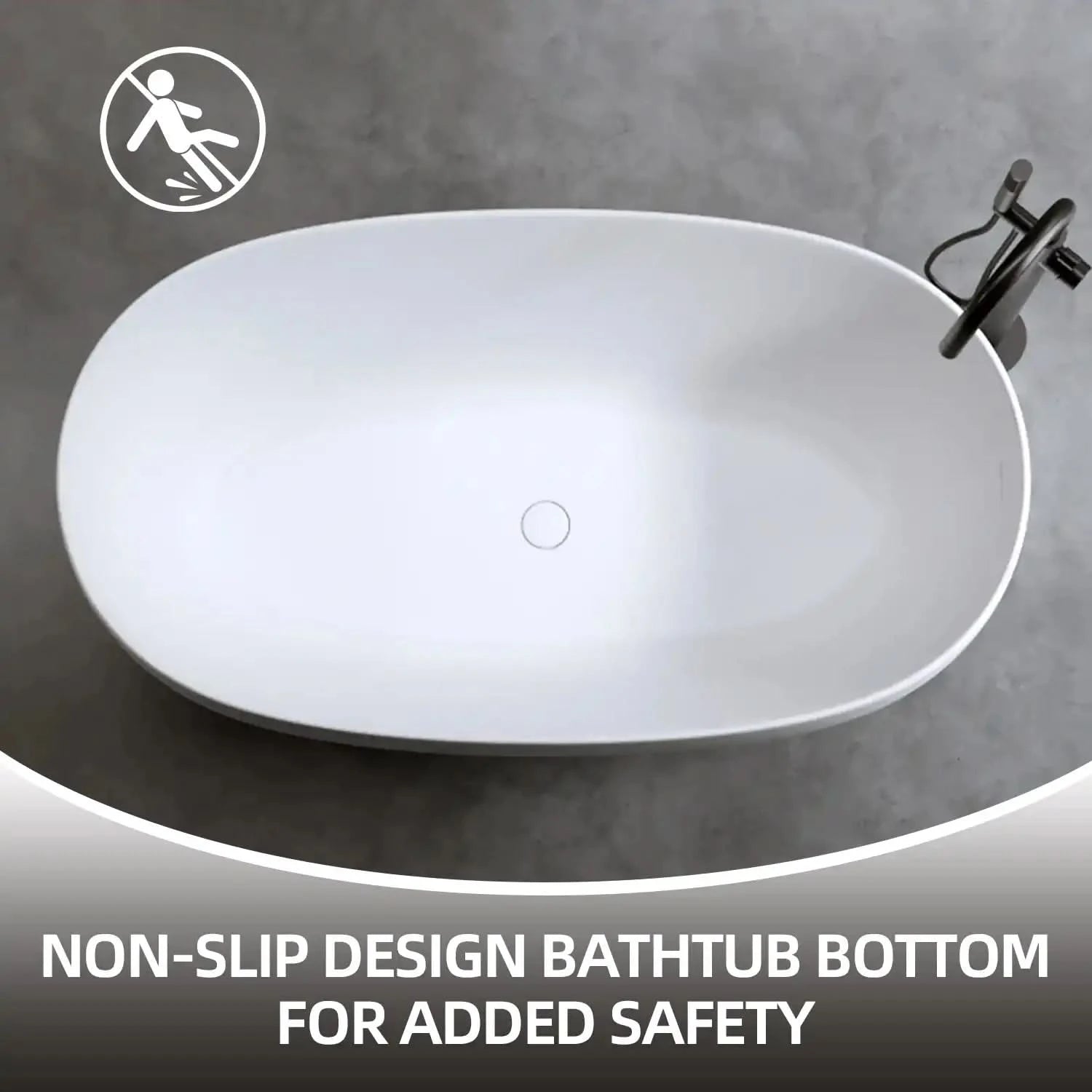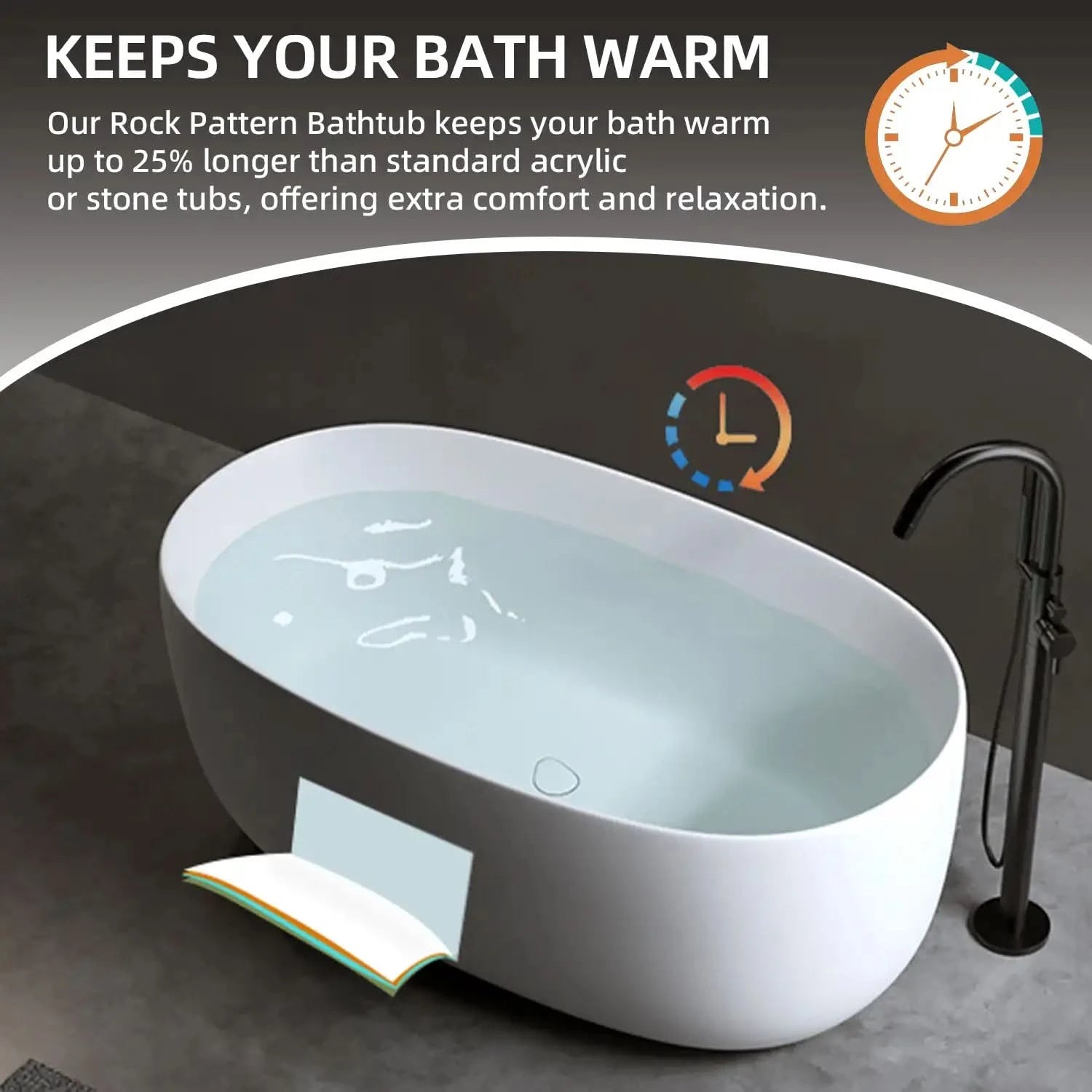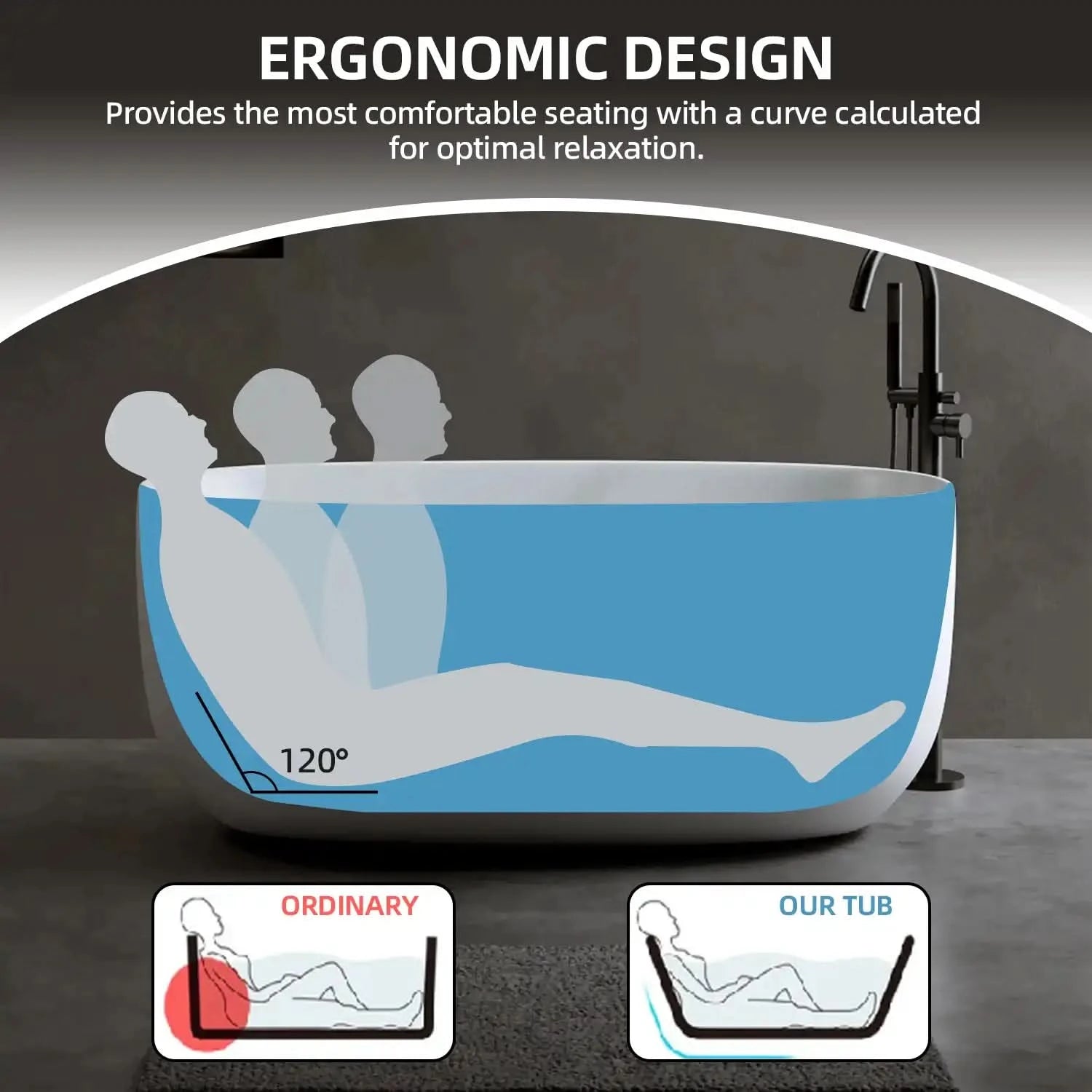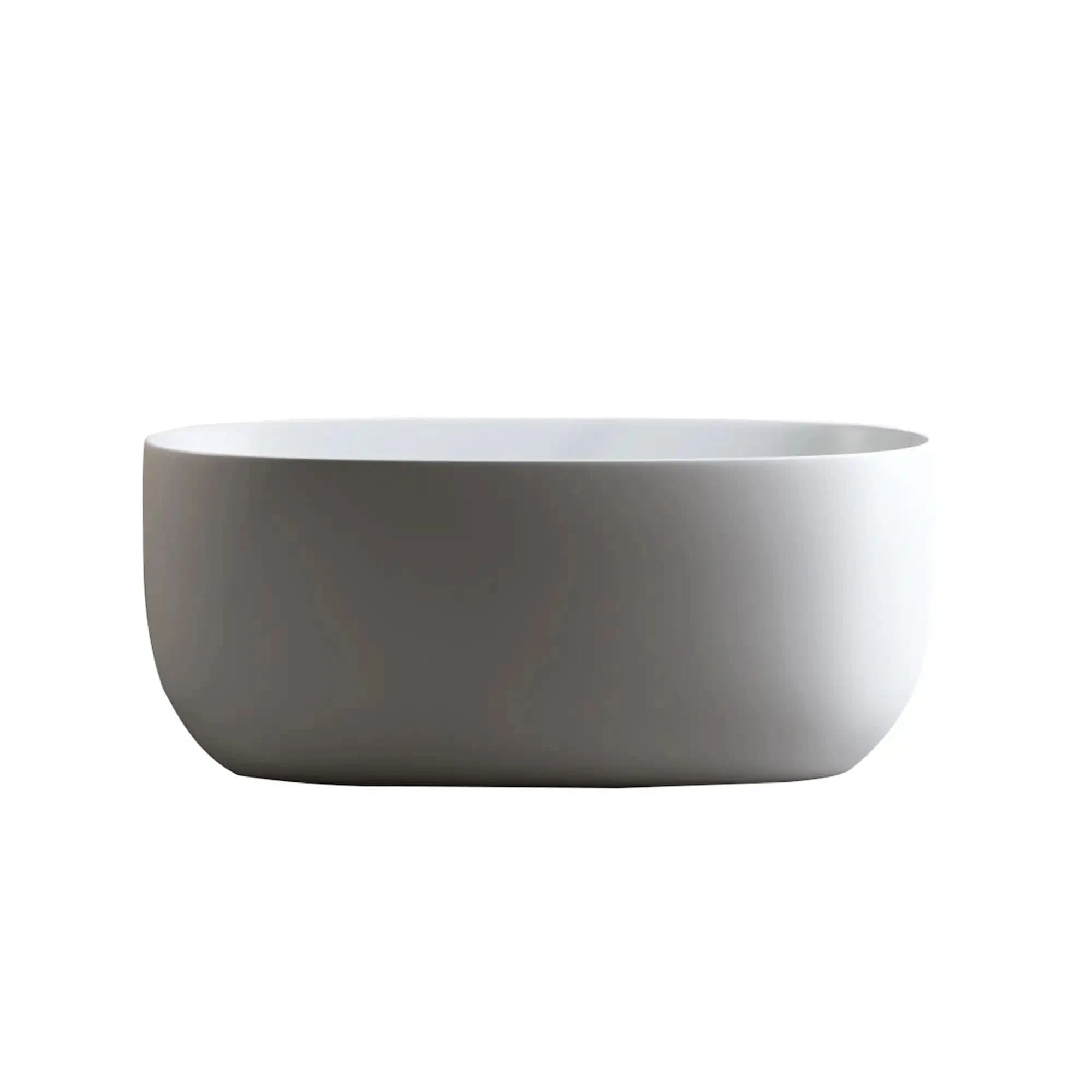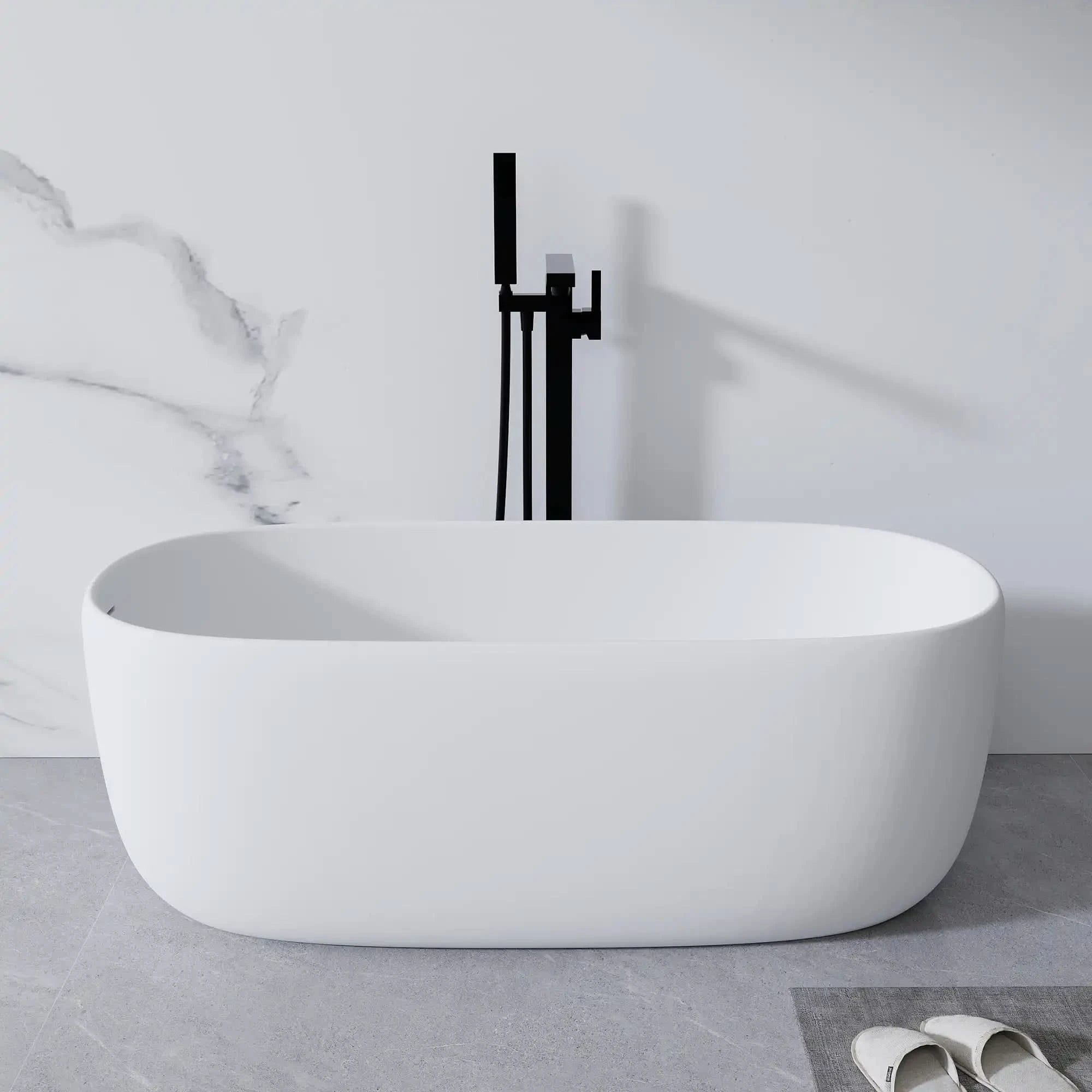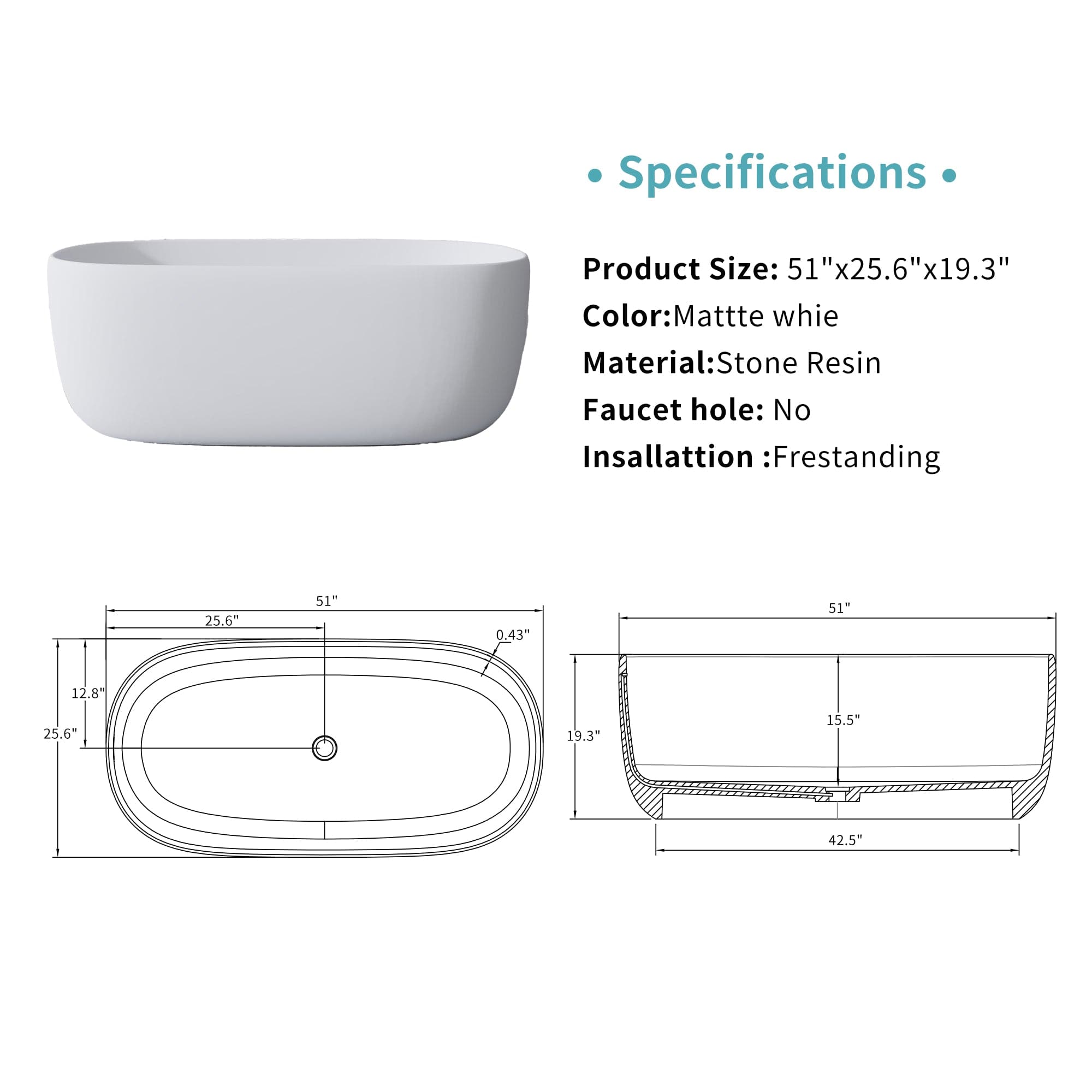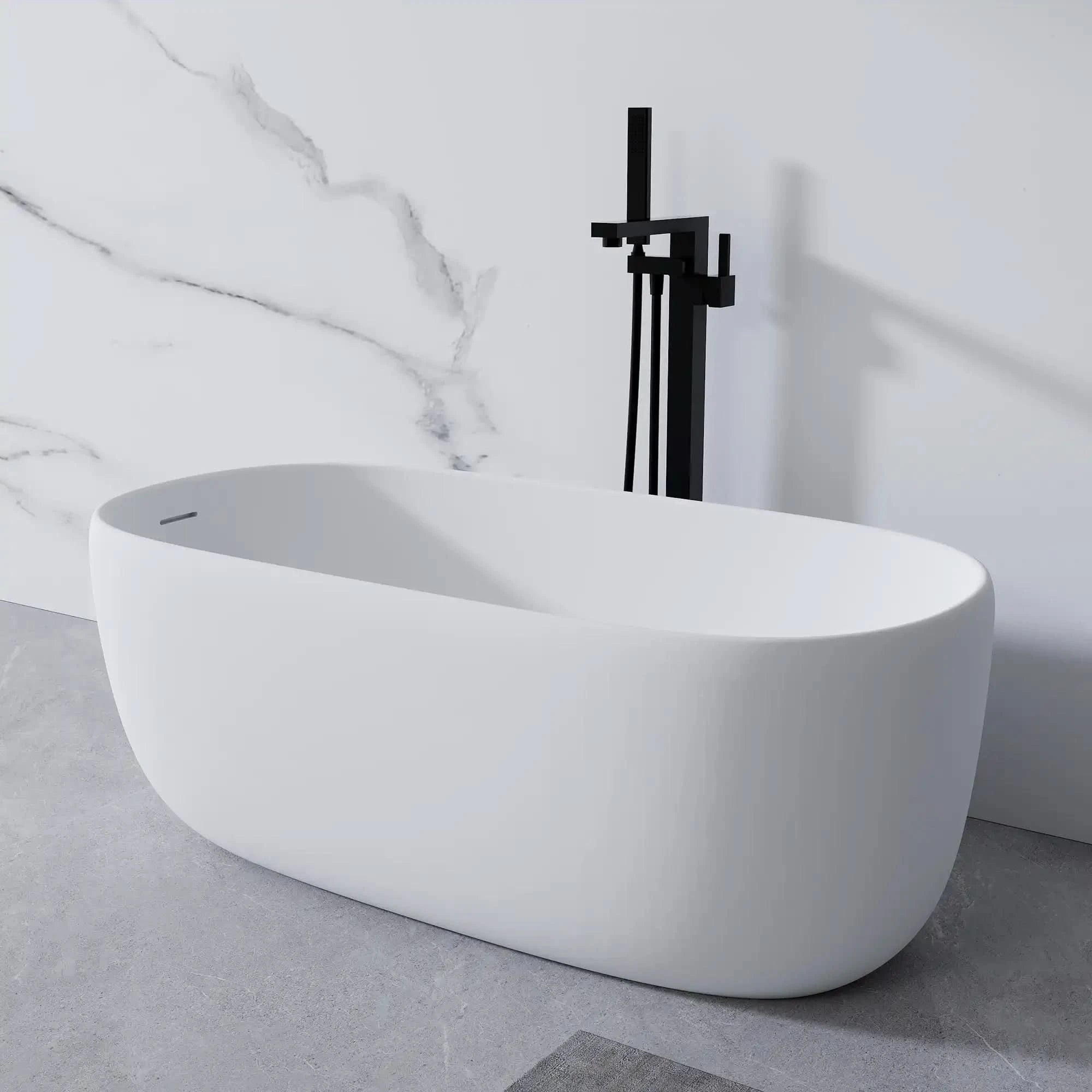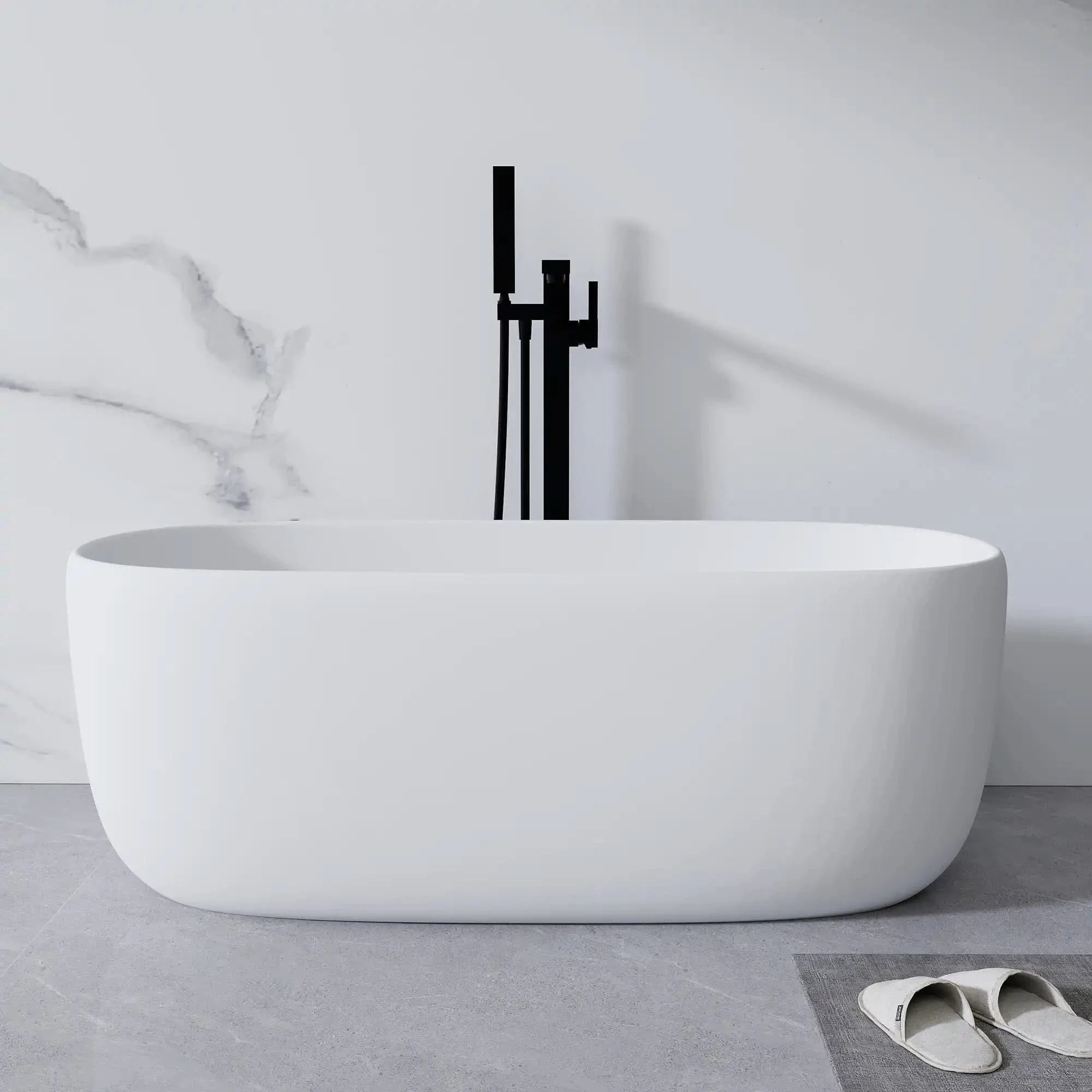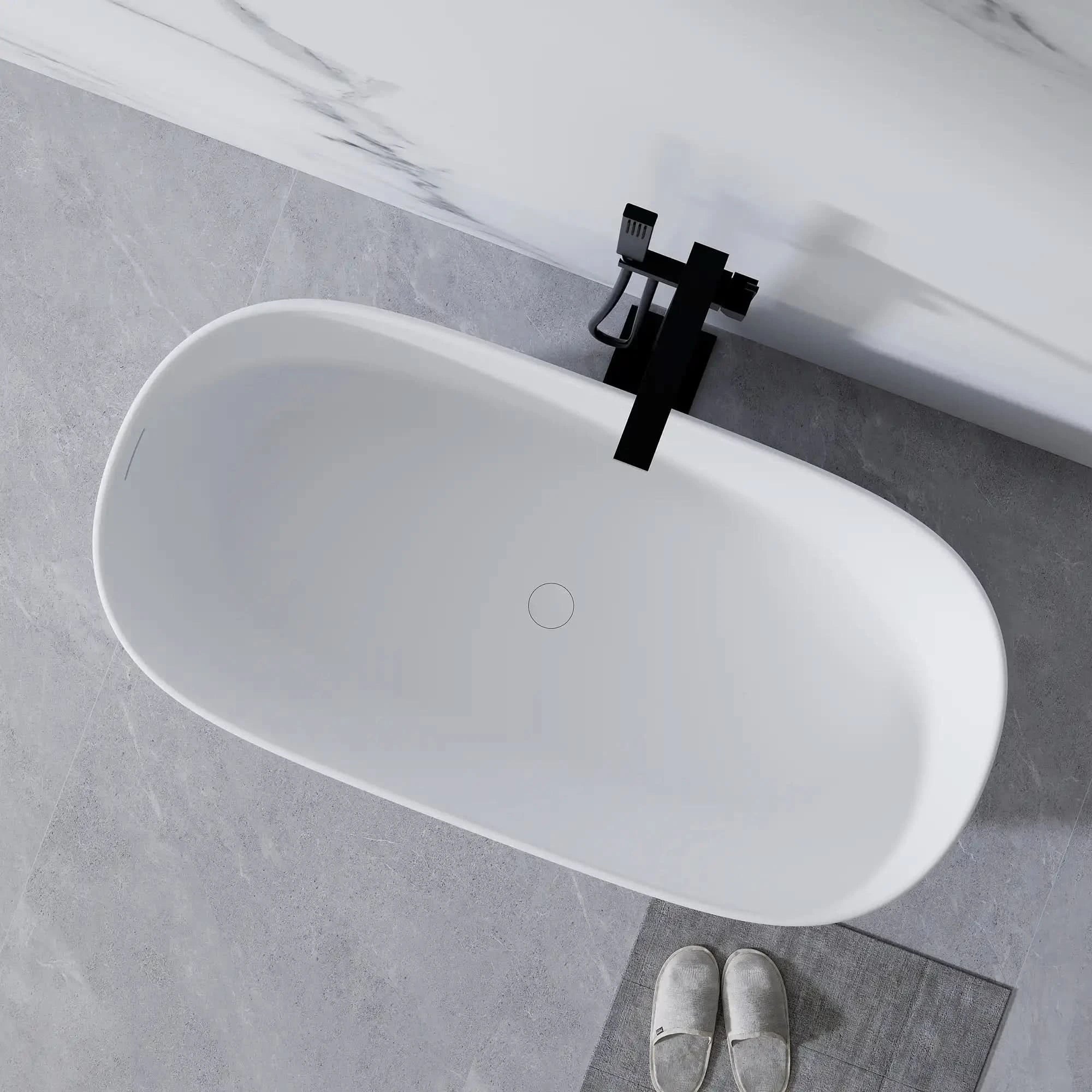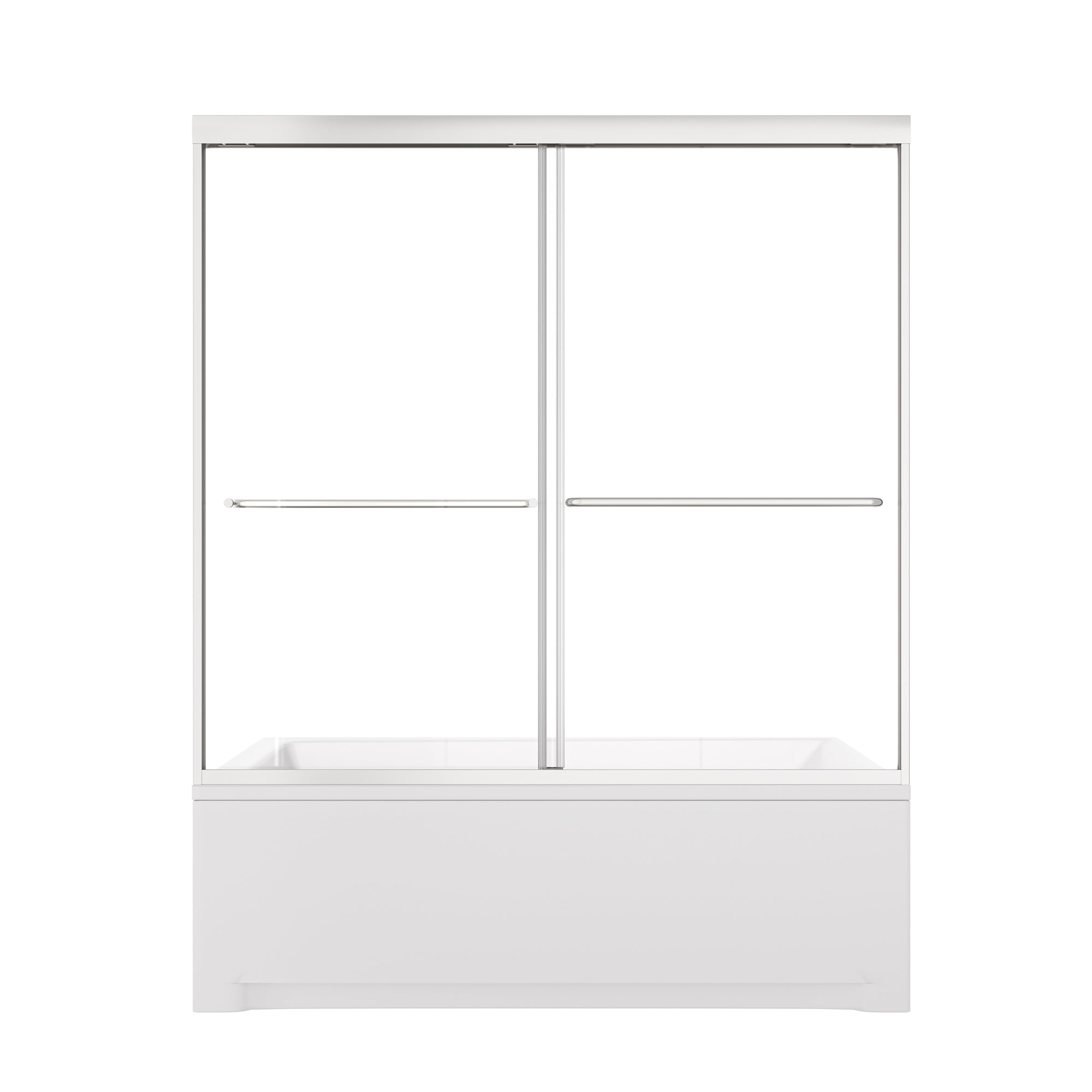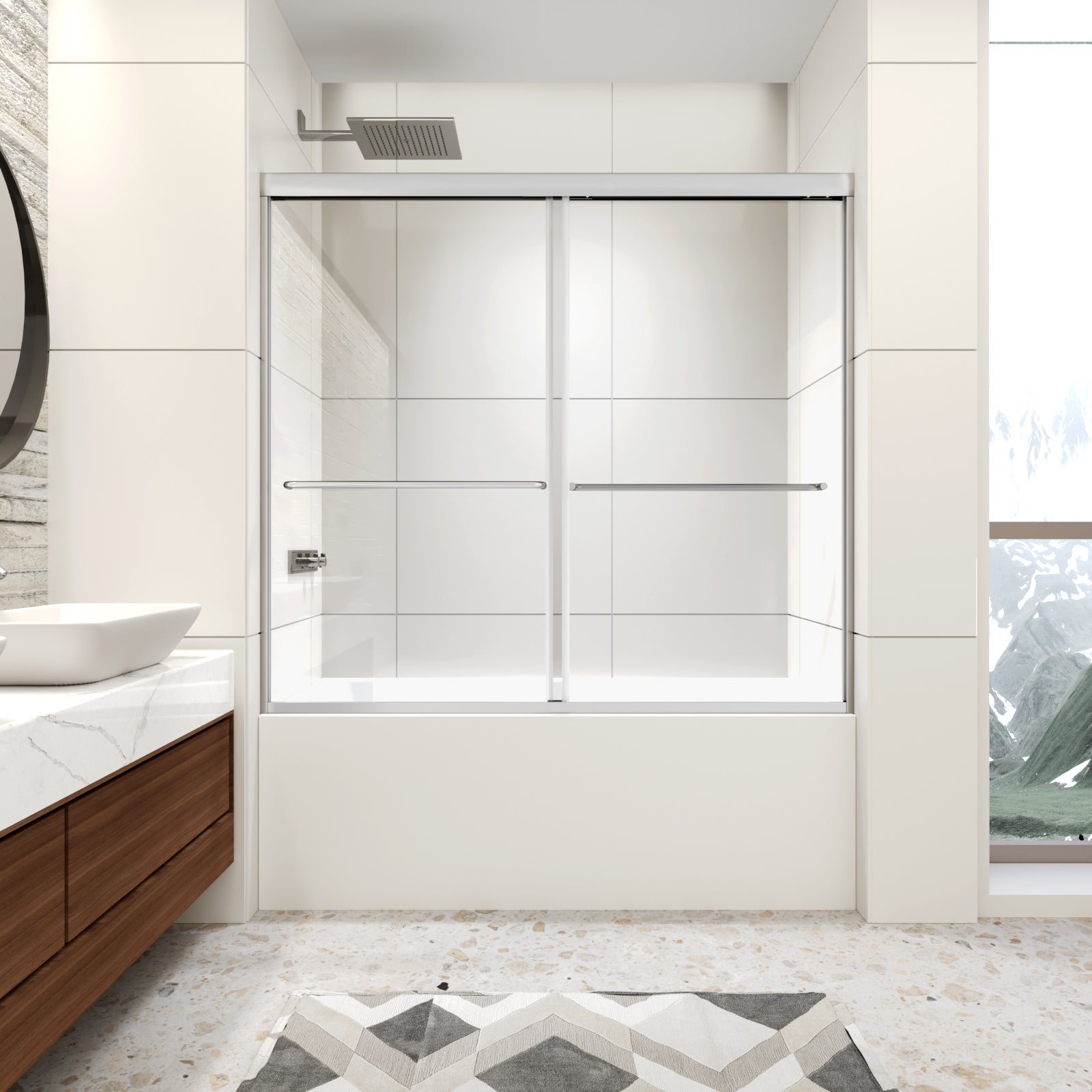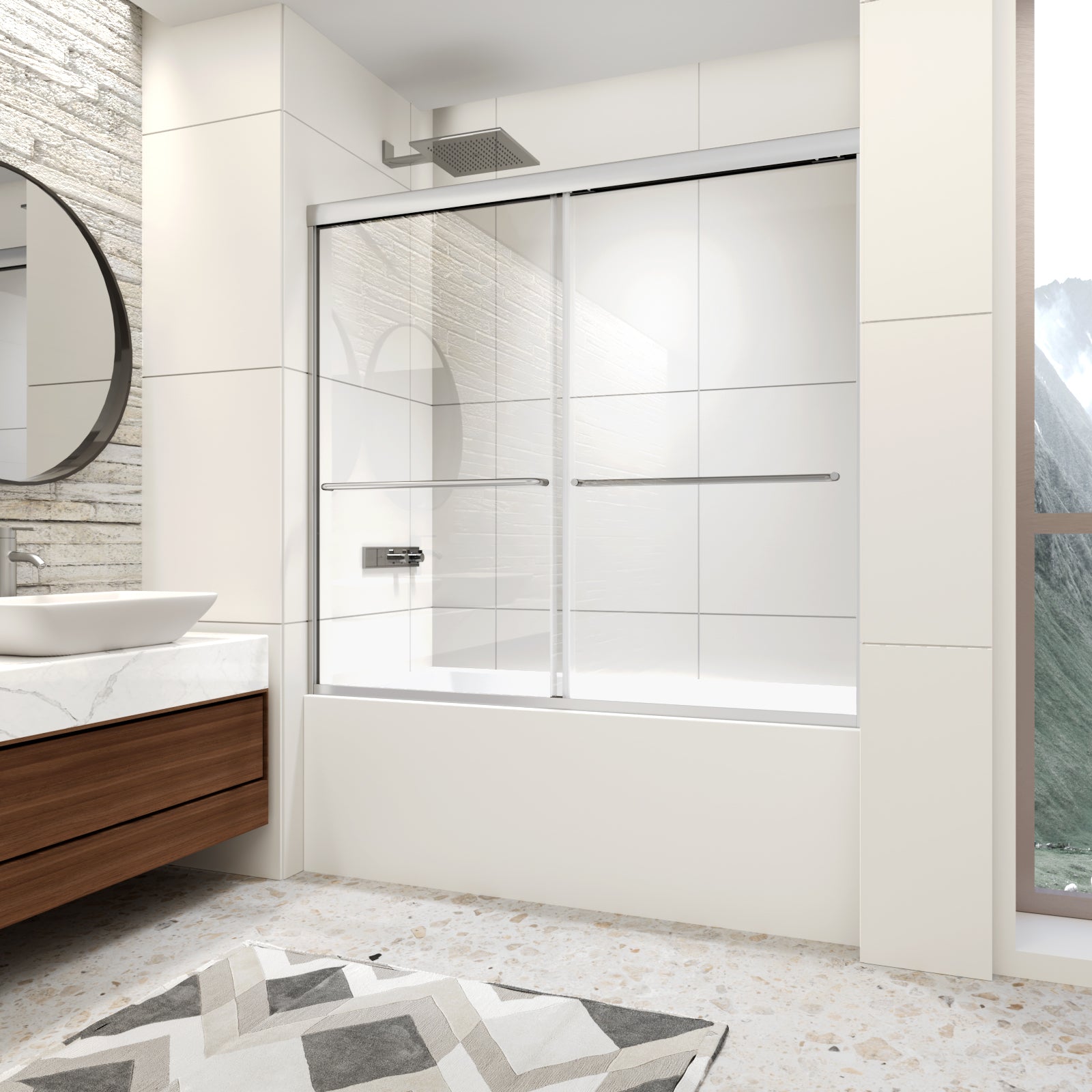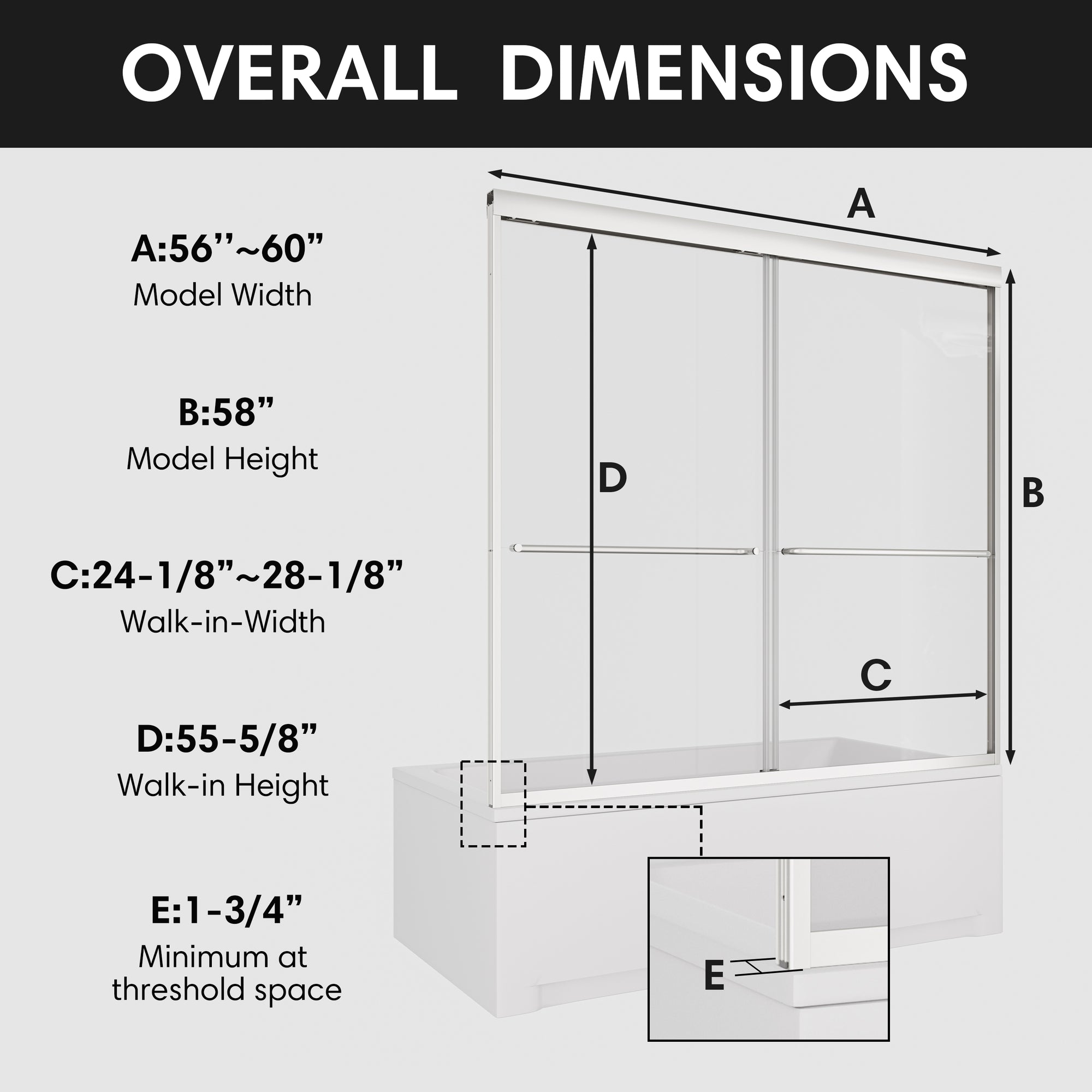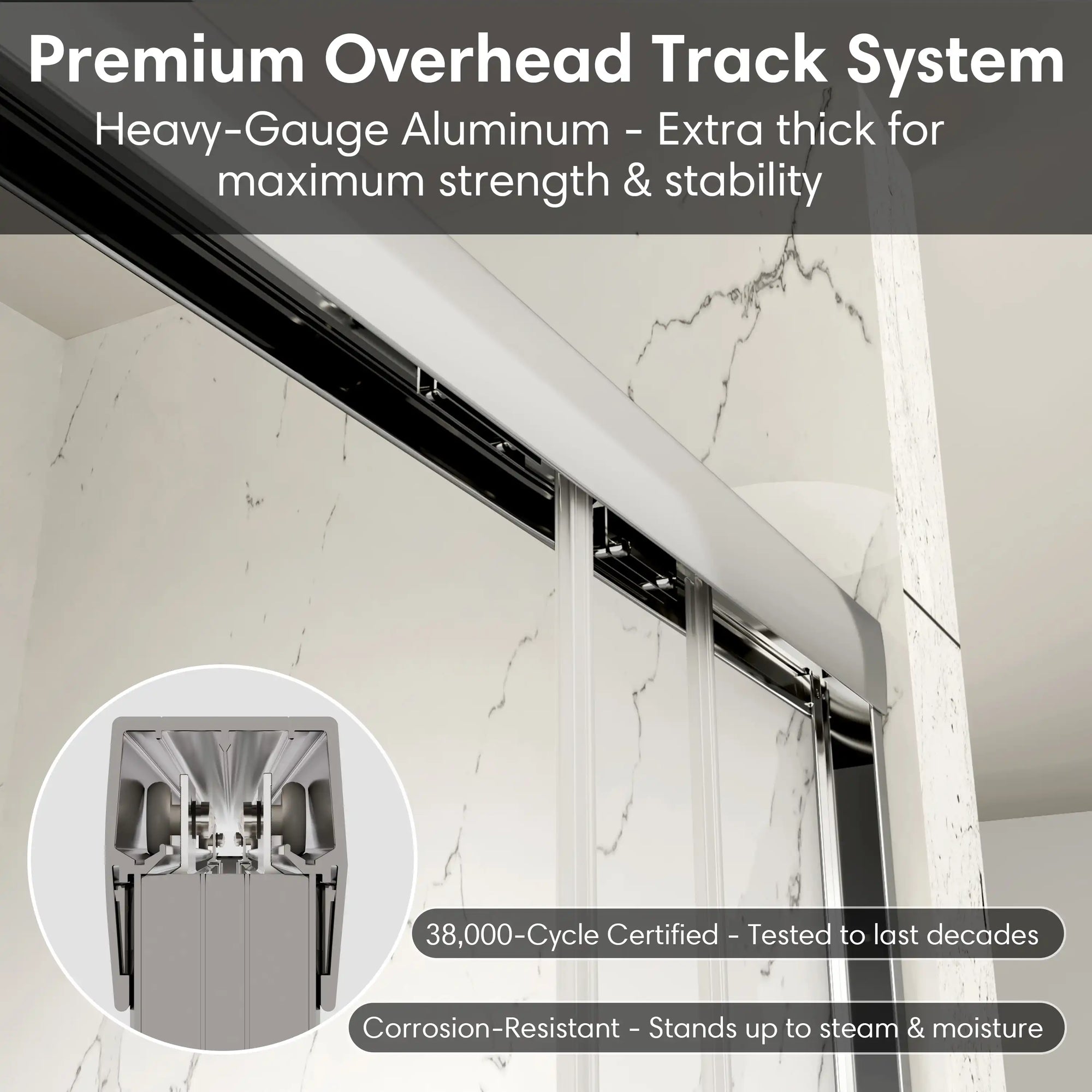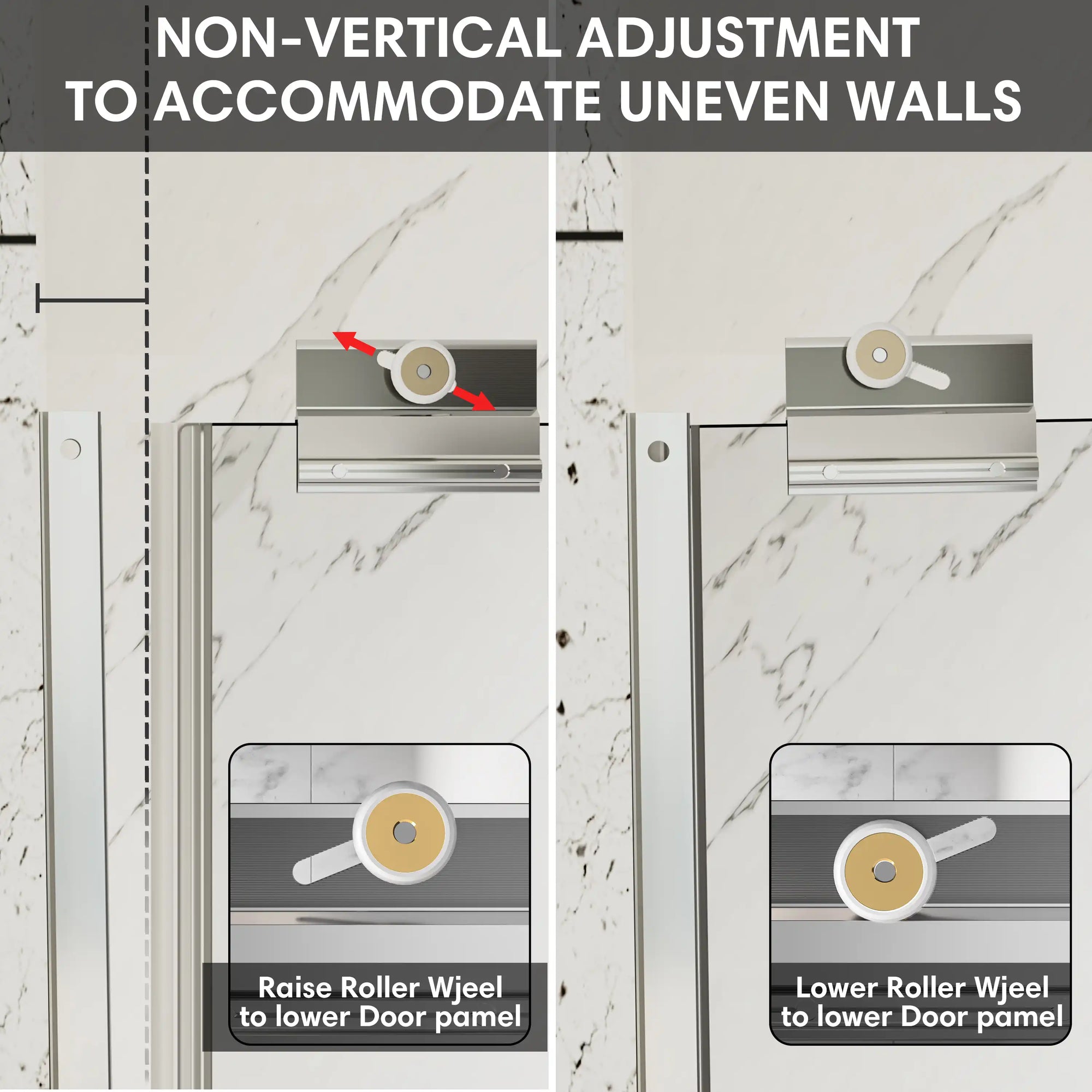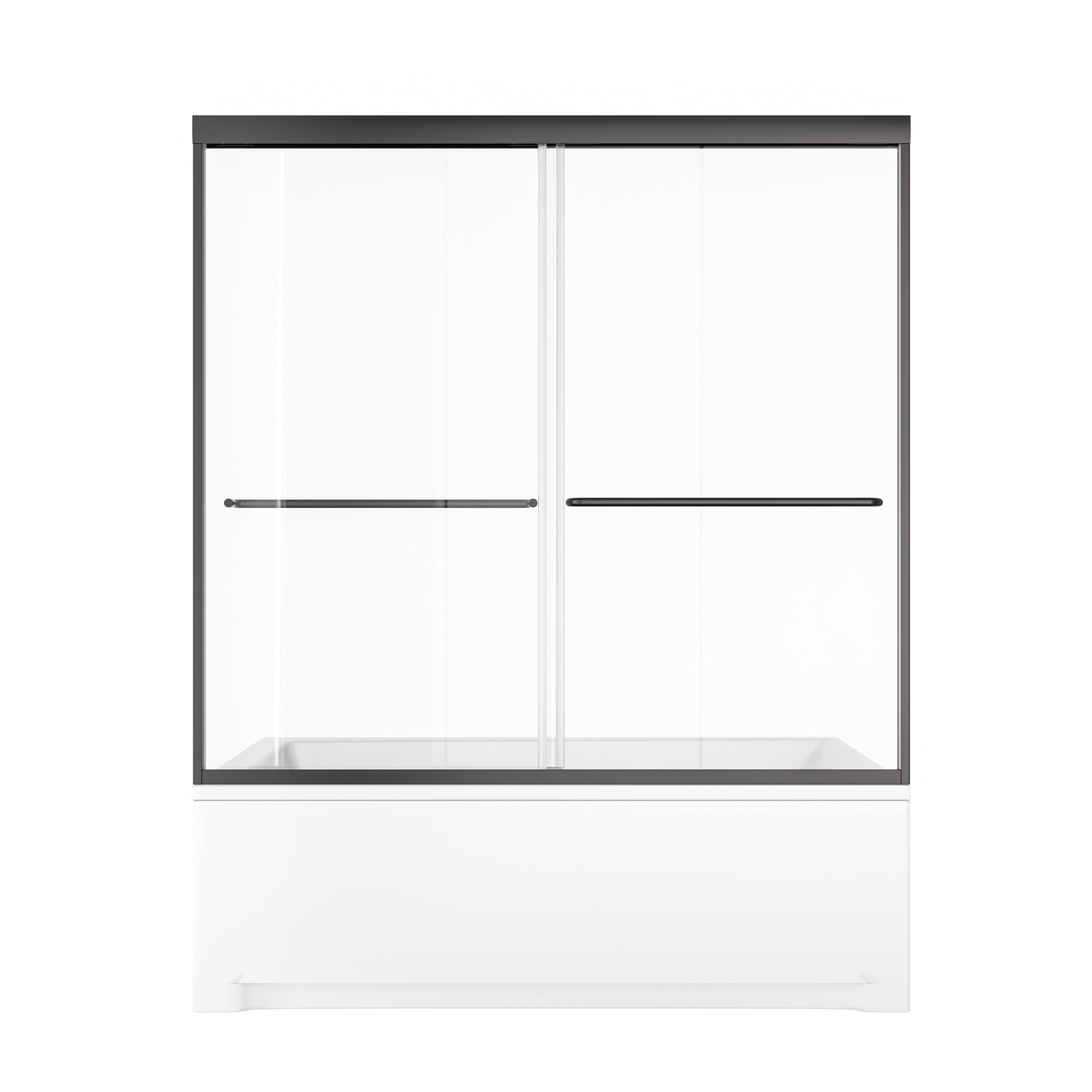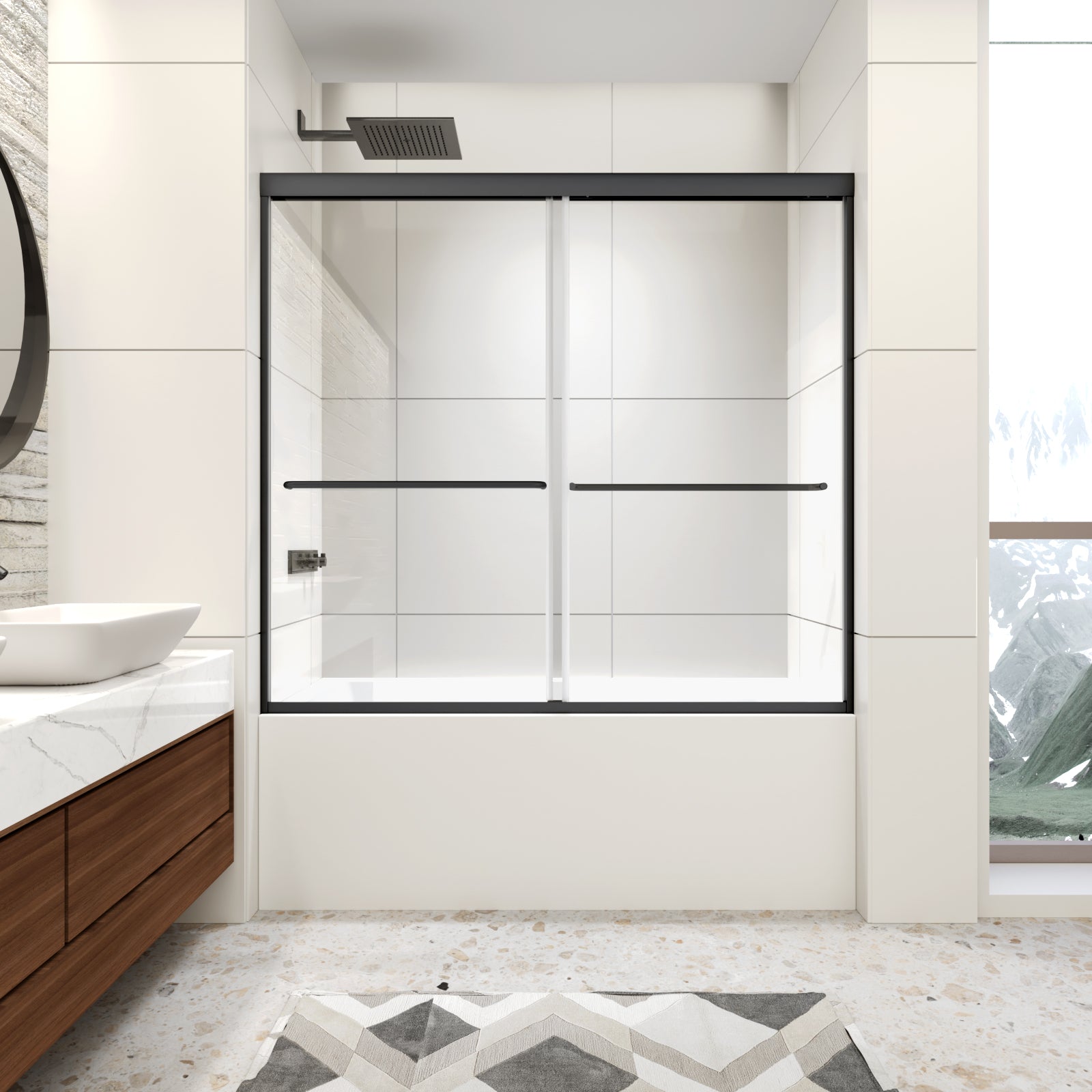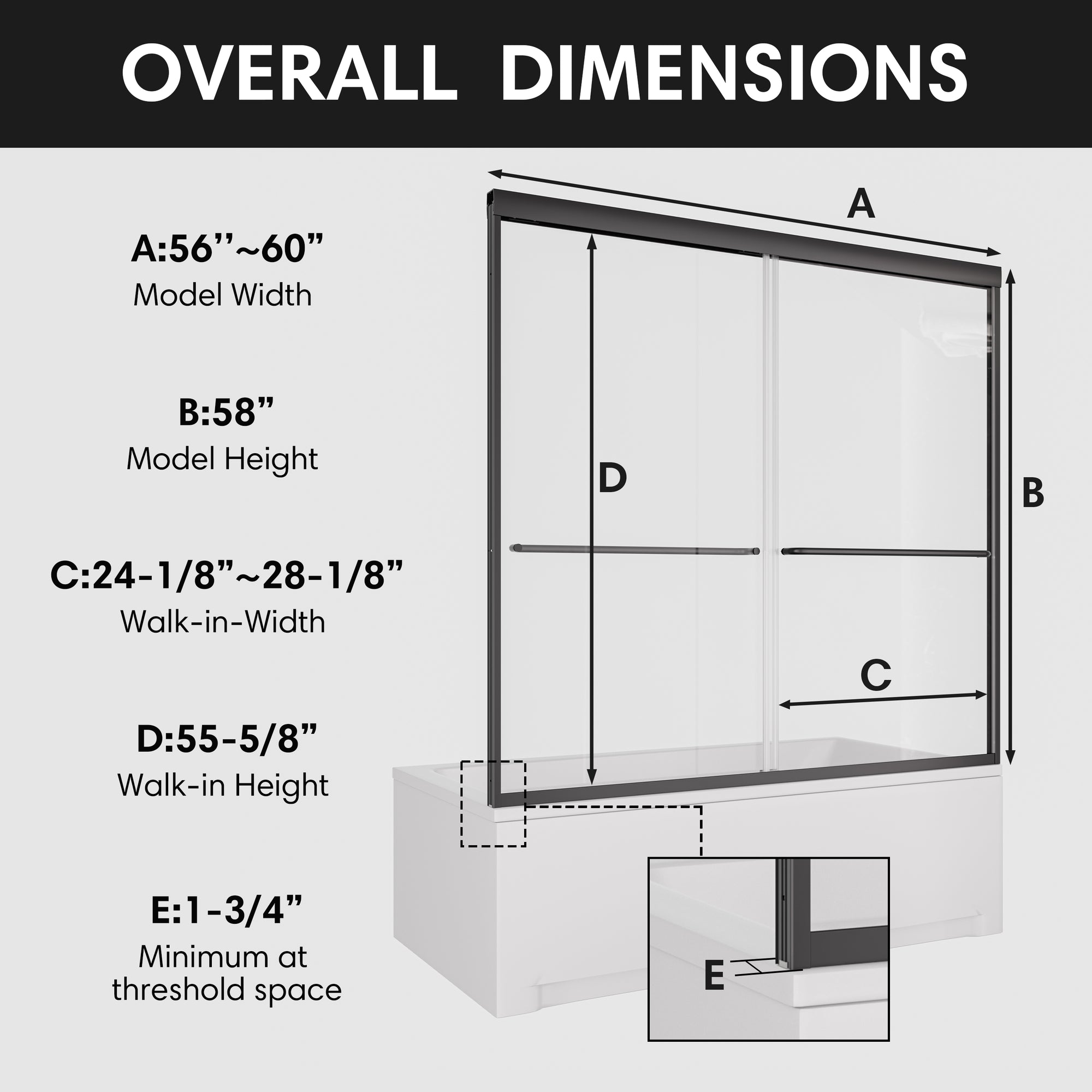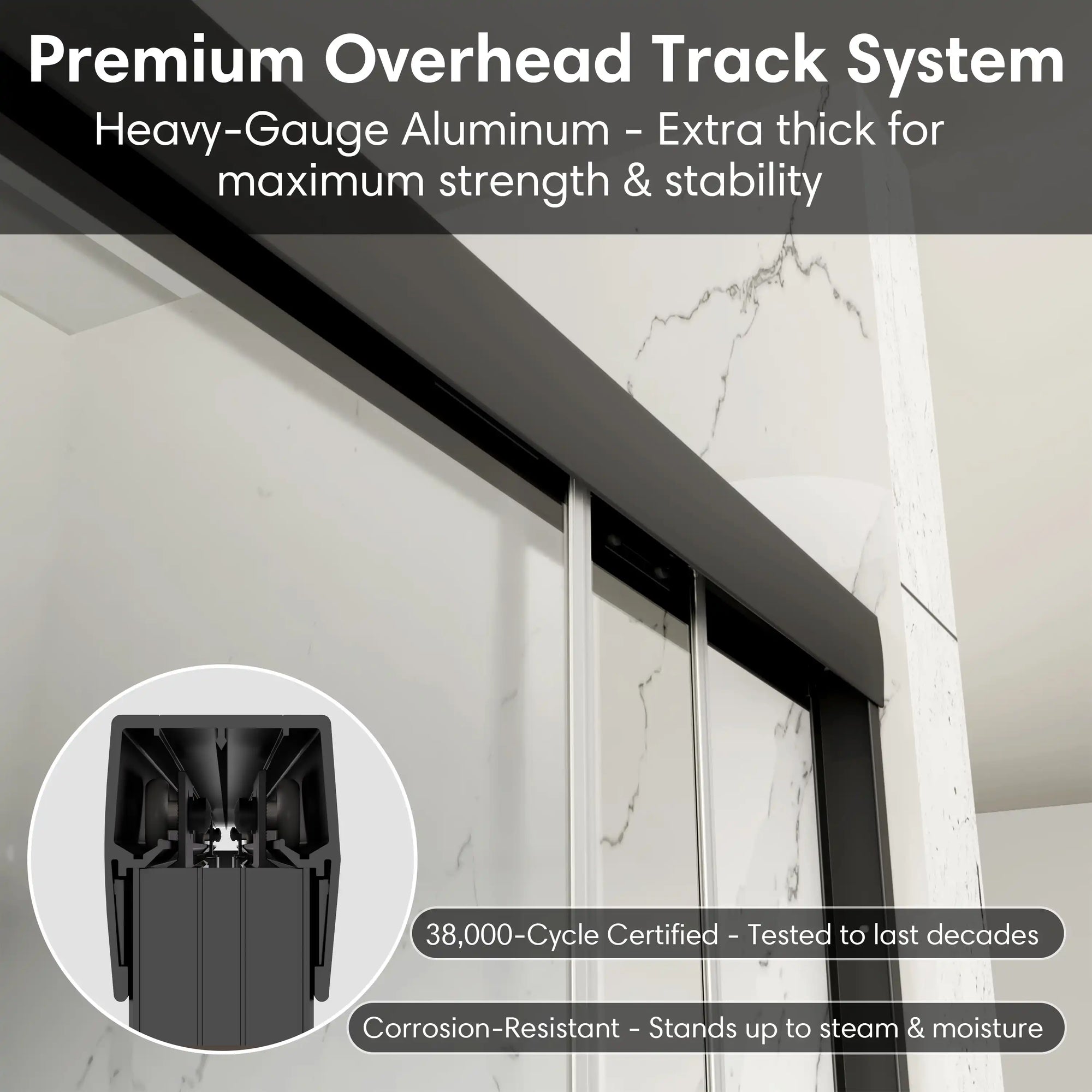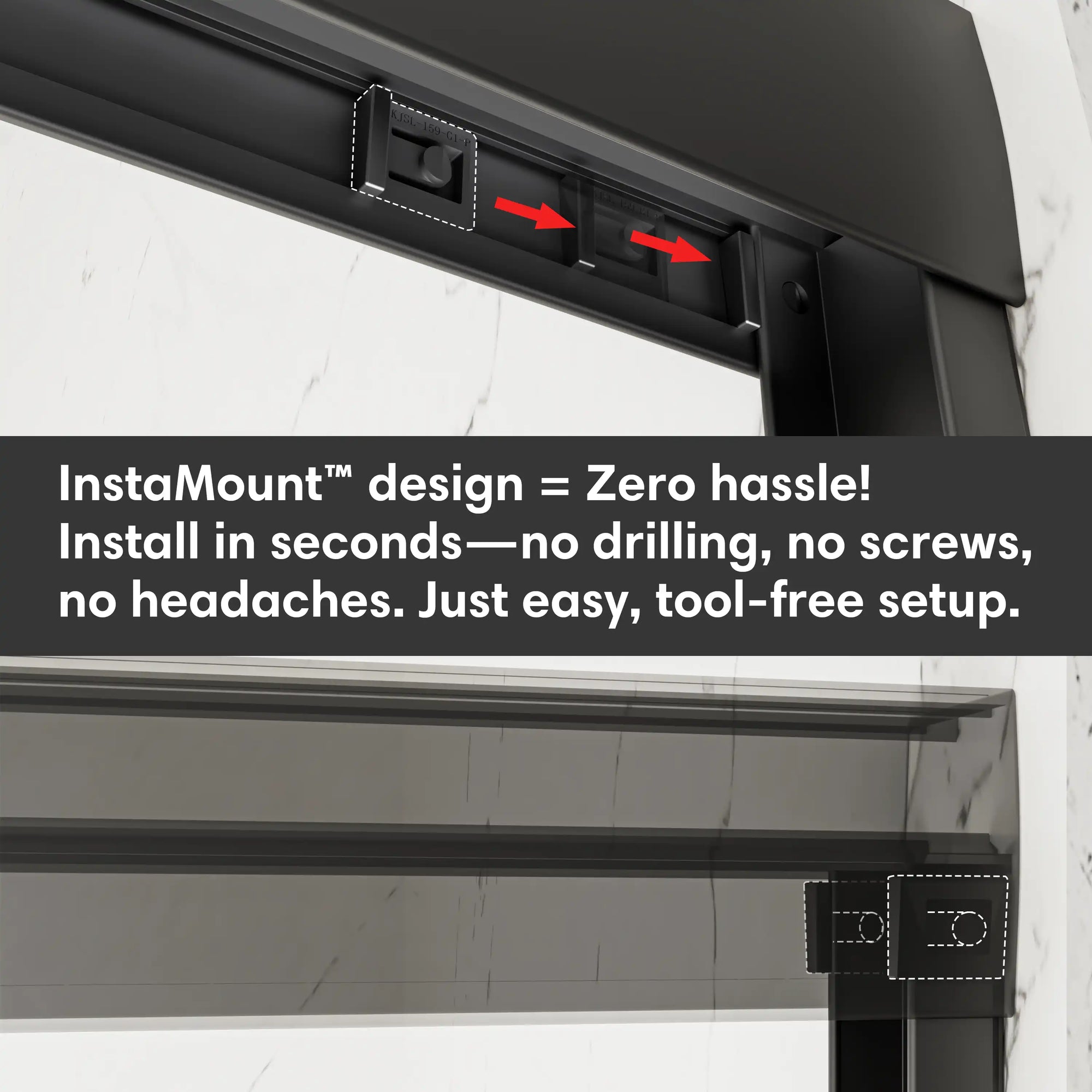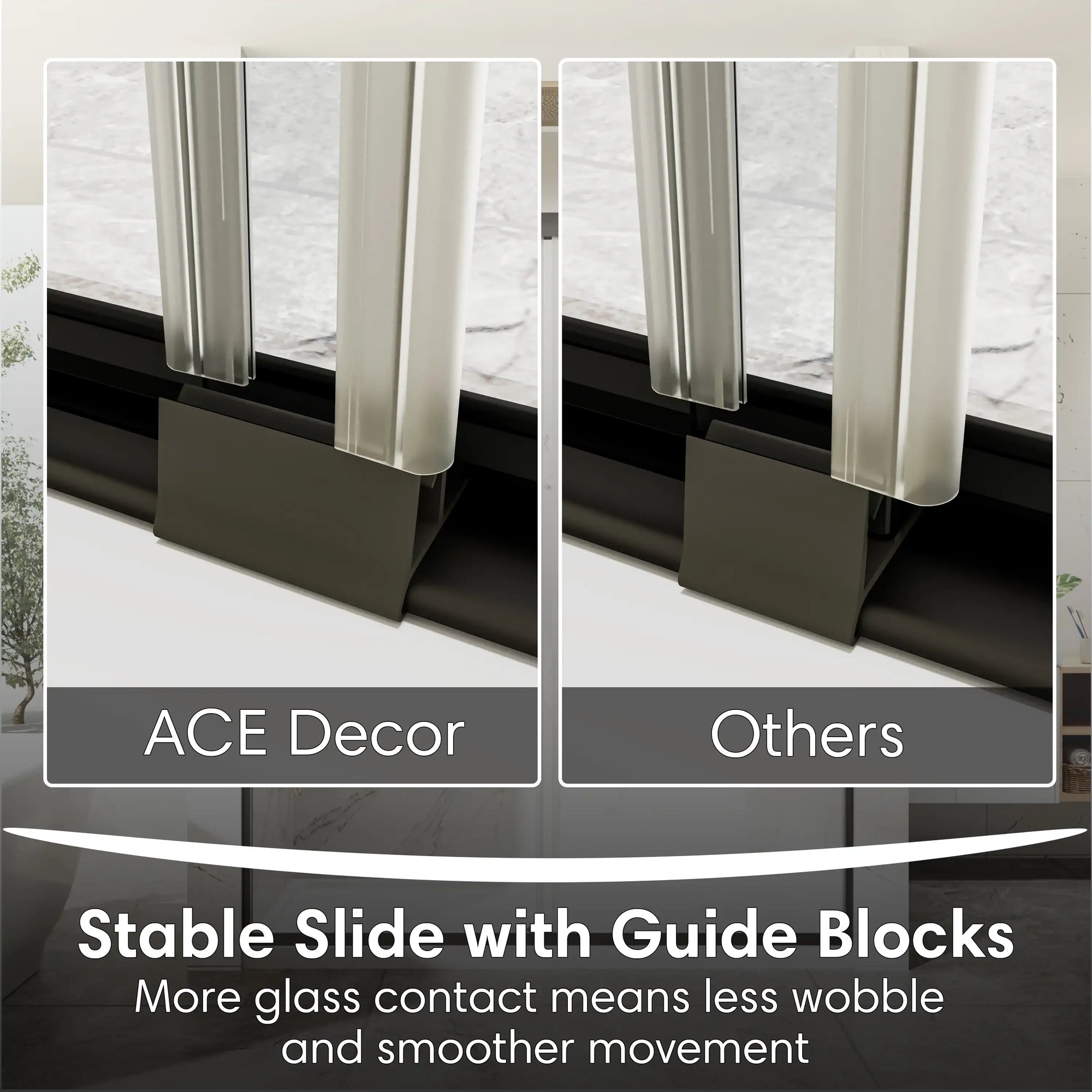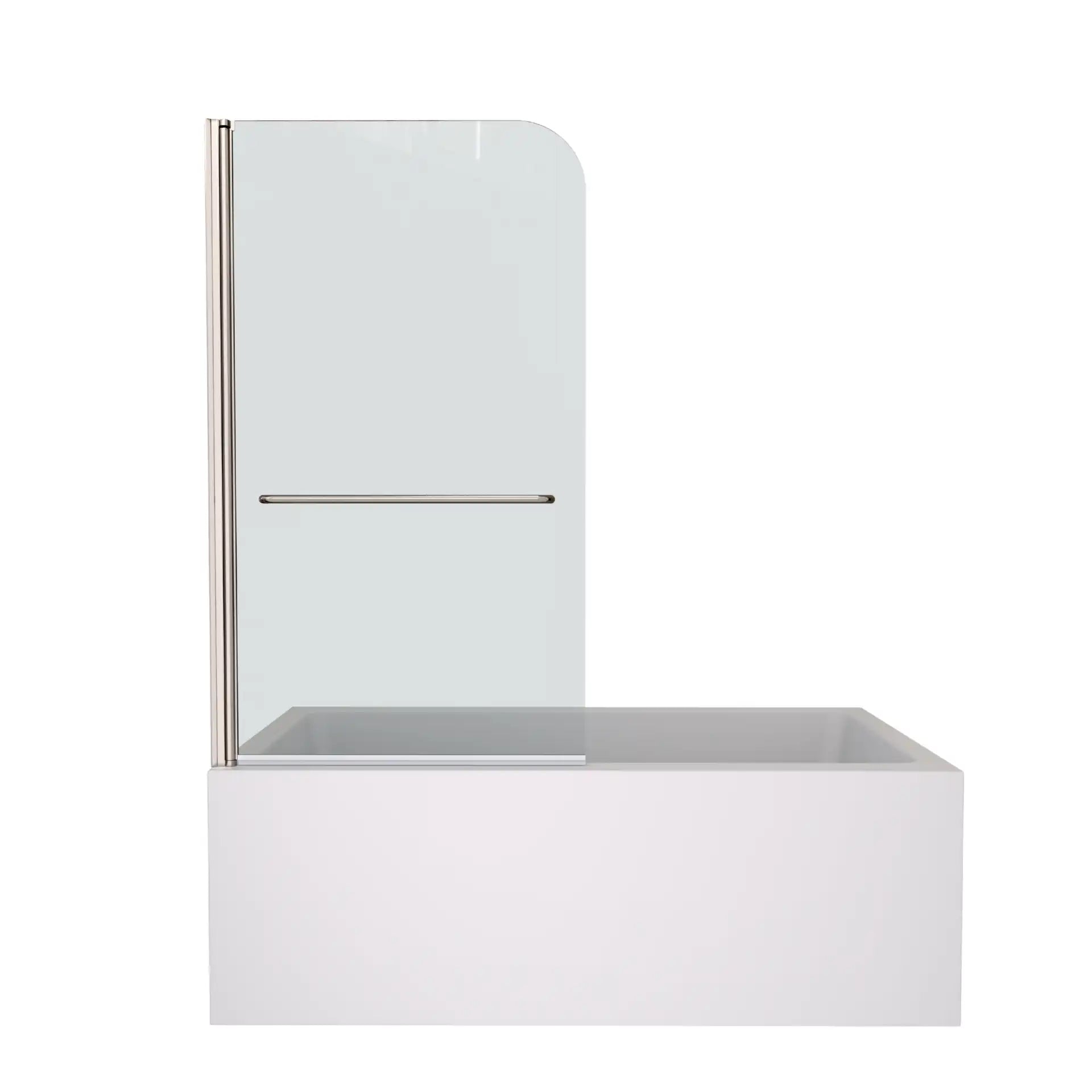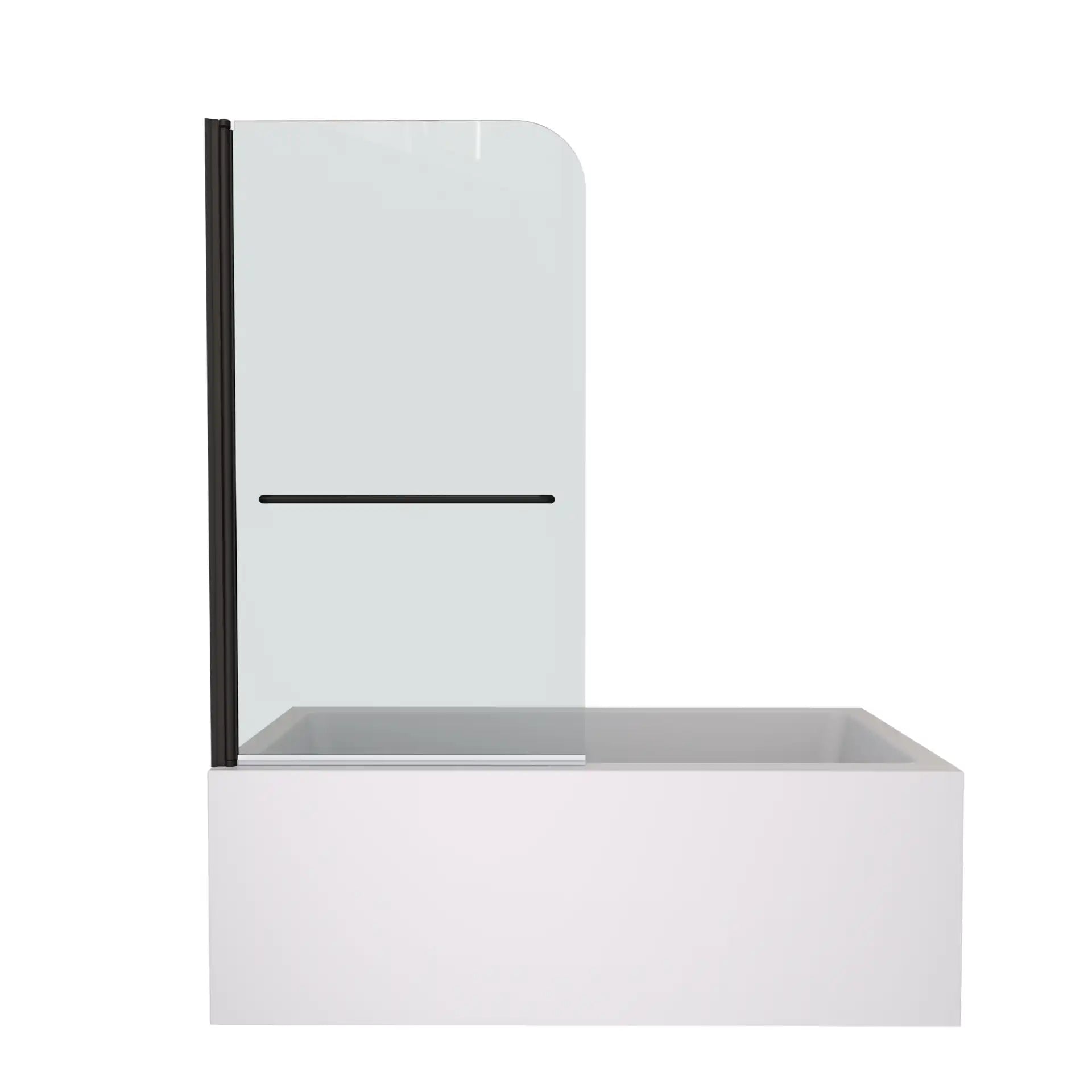Introduction
More homeowners are adding Jacuzzi tubs to their bathrooms to enjoy spa-level relaxation without leaving home. The warmth of the water, the bubbles, the jets, it all combines to create a relaxing and therapeutic experience while enjoying a bath. However, only a large number of individuals forget about an important functionality in enjoying this as basic as cleaning and retaining. Unfortunately, even the best of Jacuzzi tubs can become clogged, work poorly, or grow out of control with germs without regular care.
This guide is an in-depth, expert-backed guide on how to clean a jacuzzi tub safely and effectively. You will discover how to identify when dirt is setting in, step-by-step cleaning guides, proper hygiene, a longer lifespan for your tub, and how to retain the benefits of a spa and the money you spent on its maintenance.
Table of Contents:
- The Consequences of Infrequent Cleaning
- Signs Your Jacuzzi Tub Needs Cleaning
- How to Clean a Jacuzzi Tub: Step-by-Step Guide
- Safety Precautions When Using Strong Cleaning Agents
- Routine Maintenance Tips for Long-Lasting Performance
- Conclusion
- FAQ
- Related Articles
The Consequences of Infrequent Cleaning

Jacuzzi tubs operate using integrated jet systems that propel water or air through internal plumbing. This system provides an excellent massage experience, but it also makes the tub more susceptible to buildup when compared with a regular bathtub.
When a Jacuzzi tub is not cleaned frequently, several problems may develop:
1. Jet Blockages
Water jets can accumulate soap residue, body oils, mineral deposits, and biofilm—a sticky layer of microorganisms that forms inside moist plumbing. As this accumulation constricts the flow of water, it leaves to irregular pressure, sputtering, or complete blockage. In severe cases, the jet pump has to work harder, which increases wear and may shorten its lifespan.
2. Mold and Bacteria Growth
Because water remains trapped in the internal piping, Jacuzzi tubs can harbor significantly more bacteria than a standard tub. Studies show that biofilm formation can create a bacterial load dozens of times higher than typical bathroom surfaces. This can pose skin irritation risks, especially for children and individuals with sensitive skin.
3. Reduced Comfort and Performance
A poorly maintained tub loses its signature features—strong jets, smooth water output, and pristine water quality. You may see dark flakes or cloudy water when the jets turn on, indicating internal contamination.
4. Surface Deterioration
Hard water minerals and chemical residue can gradually dull the acrylic surface, leading to discoloration and a rough texture.
Signs Your Jacuzzi Tub Needs Cleaning
To determine the right time to clean your Jacuzzi tub, watch for the following common indicators:
1. Debris or Residue in the Water
When you turn on the jets and black, brown, or gray particles rise to the surface of the water, then this is a sure sign that biofilm and other deposits are being sloughed off from the pipes.
2. Weak Jet Pressure
If you experience a significant drop in your water pressure, the culprit may be buildup in your internal jets or pipes.
3. Unpleasant Odor
A pungent, stale, or moldy odor generally means there has been some kind of mildew or bacteria growing in the plumbing.
4. Slimy or Sticky Tub Surface
Even if the tub looks clean, a slippery texture means oils, soap scum, or bacteria have built up on the surface.
5. Long Periods of Non-Use
The jet system retains moisture even when turned off. If the tub hasn't been used for weeks or months, it needs a thorough scrubbing before you can take a bath again.

Whether you’re running routine maintenance or preparing for a deep clean, the following method provides a comprehensive understanding of how to clean a Jacuzzi tub effectively.
A. Cleaning the Tub Surface
1. Rinse the Tub
Use hot water to loosen debris and rinse away loose particles.
2. Apply a Non-Abrasive Cleaner
Choose a mild, non-abrasive cleaner or gentle dish soap. Avoid harsh scouring powders, which can damage acrylic surfaces.
3. Scrub with a Soft Cloth or Sponge
Gently scrub in circles to aid in the removal of soap scum, human body oils, and mineral deposits.
4. Rinse Thoroughly
Ensure no residue remains, as leftover chemicals may foam excessively when jets run.
B. Cleaning the Water Jets (Primary Method)
Cleaning the water jets is the most important part of maintaining a Jacuzzi tub, as this system is where biofilm, mineral deposits, and residue tend to accumulate. A thorough jet-cleaning cycle removes buildup from the internal plumbing, restores pressure, and prevents unpleasant odors or floating debris when the jets run.
1. Fill the Tub with Hot Water
Start with filling the tub with hot water until all of the water jets are completely submerged by 2–3 inches at least. The heat helps dissolve oils, soften hardened residue, and enhance the effectiveness of the cleaning solution.
2. Add a Cleaning Agent
There are several effective cleaning agents you can use, depending on your preference and the condition of the tub. Each option offers different benefits:
Option A: White Vinegar (Gentle & Natural)
Best for routine, eco-friendly cleaning.
- Add 2 cups of white vinegar to hot water.
- Helps dissolve mineral deposits and soap scum.
- Ideal for monthly maintenance and light buildup.
Option B: Mild Dish Soap (For Oils & Residue)
Designed to break down bath oils and body residue.
- Add 1–2 tablespoons of liquid dish soap.
- Enhances removal of greasy films and everyday dirt.
- Can be combined with vinegar for better results.
Option C: Diluted Bleach (Heavy Disinfection)
Use for severe buildup, mold, or persistent odors.
- Add no more than ½ cup of liquid bleach to hot water.
- Ensure good ventilation and never mix bleach with vinegar or acids.
- Avoid frequent bleach use—monthly or less is ideal to protect seals and piping.
Use occasionally only; overuse may stress seals and internal components.
Option D: Hydrogen Peroxide (Higher Concentration – Use with Caution)
Strong disinfection for deep cleaning; treat as a high-strength chemical.
- Follow the manufacturer’s directions for dilution and dosage if using a high-concentration solution.
- Always wear gloves and eye protection, and keep the bathroom well ventilated.
- High-concentration hydrogen peroxide can cause skin and eye burns and must be kept away from children and pets.
If you prefer a milder option, a standard 3% solution is often sufficient for home use and easier to handle safely.
3. Run the Jets for 10–15 Minutes
Turn on the jets and allow them to run for 10–15 minutes. This circulation pulls the cleaning solution through all internal piping, dissolving residue and dislodging biofilm. During this time, you may see dark flakes, cloudy water, or soap suds—that’s normal and indicates internal buildup is being removed.
4. Drain the Tub Completely
After the cycle, drain the dirty water. You’ll often see debris stuck along the waterline, which confirms the cleaning process is working effectively.
5. Refill the Tub with Clean Warm Water
Refill the tub with clean warm water to help wash out the detergents and loosened contaminants.
6. Run a Rinse Cycle (5–10 Minutes)
Turn on the jets for an additional 5–10 minutes. This is an important step if you used bleach especially, because if there are chemicals left over inside the jet pipes, they can create foam, odors or accelerate wear when the jet is used next.
7. Clean Jet Nozzles Manually
Use a soft toothbrush, cotton swab, or microfiber cloth to clean around each jet opening. This removes residue that may remain on the visible parts of the jets.
8. Wipe the Tub Clean
After draining, wipe down the tub walls to remove any lingering film or particles released during the jet cycle.
C. Post-Cleaning Assessment
After cleaning, check whether water pressure has improved, whether the tub appears cleaner, and whether odors have disappeared. This confirms that the system is functioning properly.
Safety Precautions When Using Strong Cleaning Agents

While natural cleaners like vinegar are safe, some users prefer stronger solutions for deep cleaning. The following precautions ensure safe use:
Wear Protective Gear
Always use gloves and, if handling potent chemicals, protective eyewear.
Ensure Proper Ventilation
Powerful cleaning agents produce fumes that may irritate skin, eyes, or lungs.
Keep Children and Pets Away
Store chemicals out of reach, and do not allow children or pets near the bathroom during cleaning.
Follow Local Regulations for Chemical Disposal
Some cleaning solutions should not be flushed directly into drainage systems. Check your area’s disposal guidelines.
Do Not Run the Jets after Draining
Running jets without water can burn out the motor or damage the pump.
Never Mix Cleaning Chemicals
For example, mixing bleach and vinegar creates toxic chlorine gas.
Following these precautions ensures you can use strong cleaning agents safely and responsibly.
Routine Maintenance Tips for Long-Lasting Performance

Taking care of your Jacuzzi tub does not require complicated procedures—just consistency. The following routine practices reduce buildup and extend the tub’s lifespan:
Rinse the Tub after Every Use
A quick rinse removes soap and oil before they harden into scale.
Wipe Surfaces Dry
Reducing moisture discourages mold and mildew growth.
Schedule Regular Jet Cleaning
If used frequently, clean the jets every two weeks. For moderate use, once per month is sufficient.
Avoid Products that Cause Buildup
Bath oils, glitter bath bombs, and lotions can clog jets and leave stubborn residue.
Check Jet Components Periodically
Look for loose nozzles, worn seals, or mineral buildup, which may indicate the need for maintenance.
Run the Jets Occasionally Even if Unused
This keeps internal plumbing from becoming stagnant.
Routine care ensures your investment remains safe, clean, and enjoyable for years to come.
Conclusion
Jacuzzi tubs elevate relaxation and wellness, but they do require some regular, correct cleaning to keep them performing their best. With the right knowledge of how to clean a Jacuzzi tub, what signs of build-up to know, how to clean safely and effectively, you are on your way to bettering your health, prolonging your equipment, and keeping the spa experience your tub was built for. As long as you take care of it, every time you soak, it will be fresh, clean, and revitalizing.
Q1. How often should I deep clean a Jacuzzi tub?
Q2. Can I clean the jets with vinegar?
Q3. Why does black residue come out when I run the jets?
Q4. Is bleach safe for cleaning a Jacuzzi tub?
Q5. What’s the difference between sanitizing and deep cleaning a Jacuzzi tub?
How to Choose Top Rated Jetted Bathtubs: Buying Tips & Advice
How Many Gallons to Fill a Bathtub? (Easy Chart & Measurement Guide)
Bathtub Faucet Replacement Guide: How to Replace and Change Bathtub Faucet Without a Plumber
The Complete Guide to Choosing the Best 2 Person Jacuzzi Bathtub for Your Home


